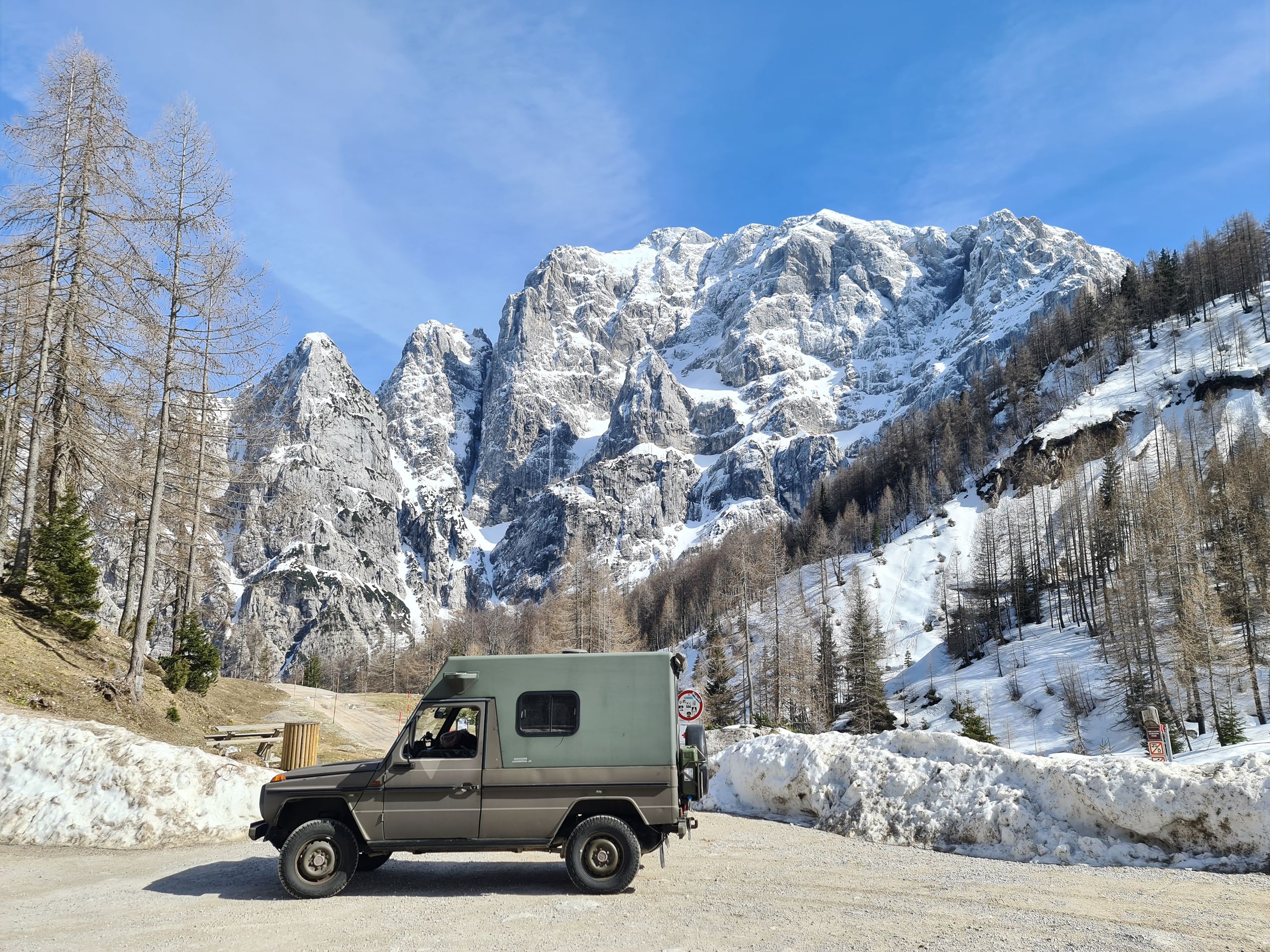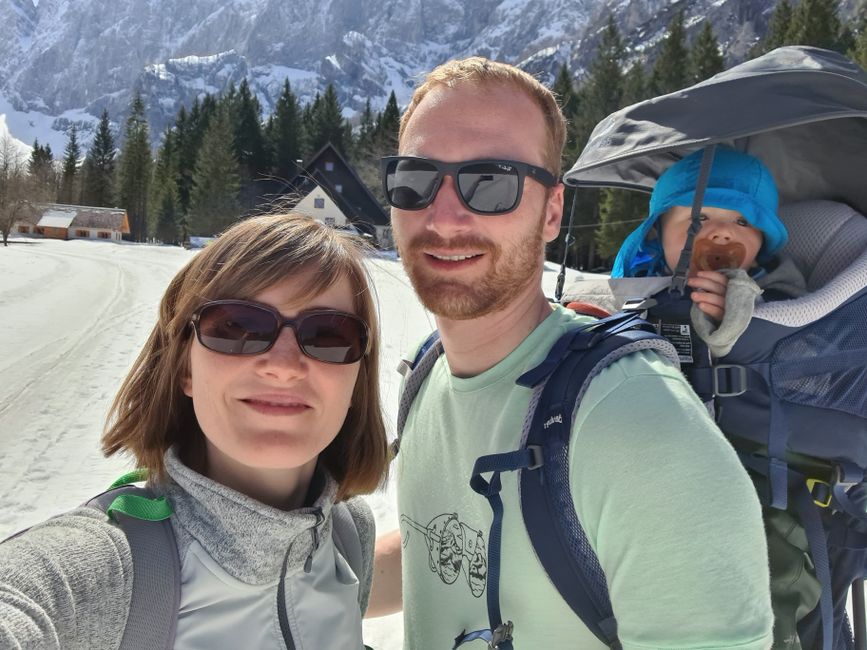
goinguntendrunter_2.1 Balkanedition
vakantio.de/goingunterdrunter_balkanedition
Plitvice Lakes, Bosnia and Dalmatia
Publisearre: 22.05.2022
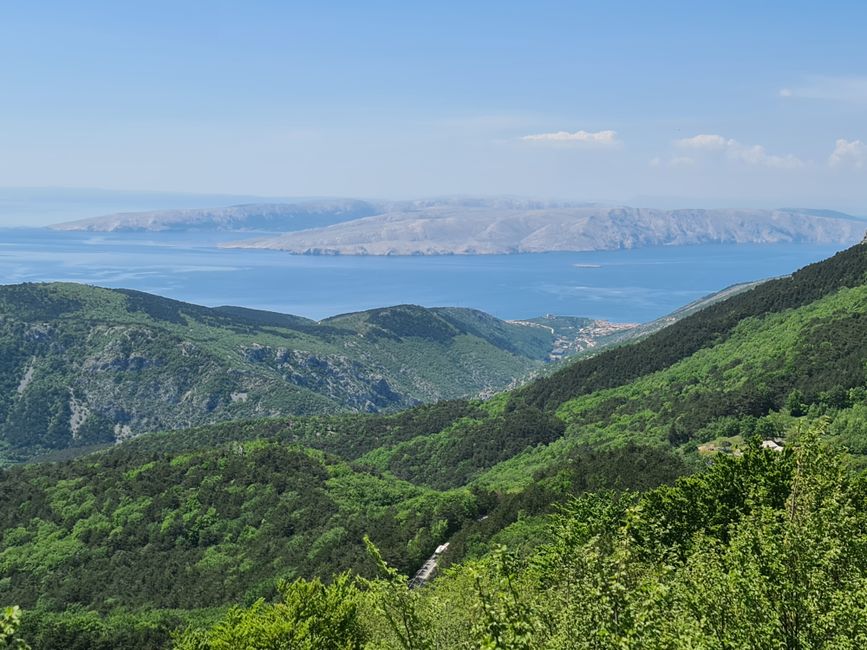
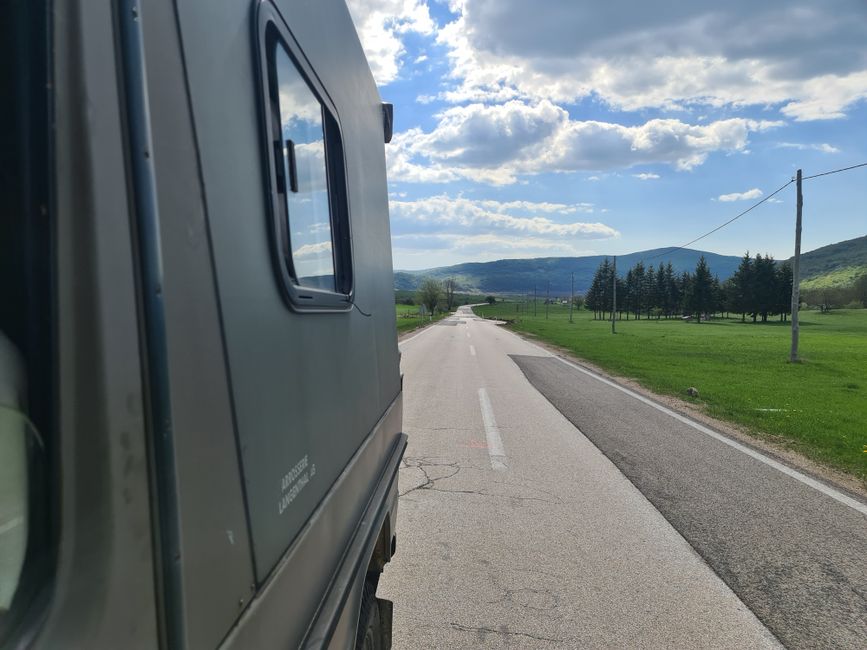
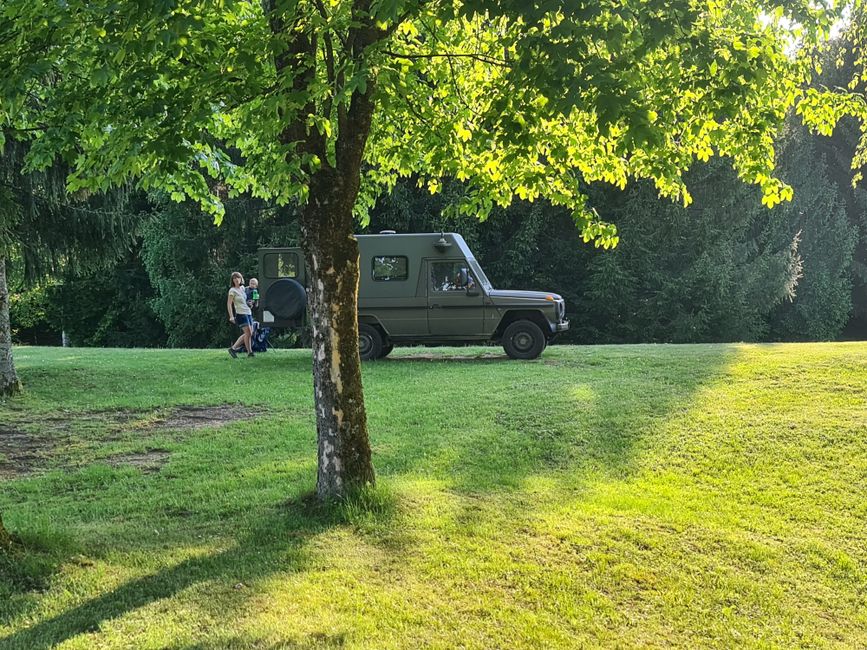
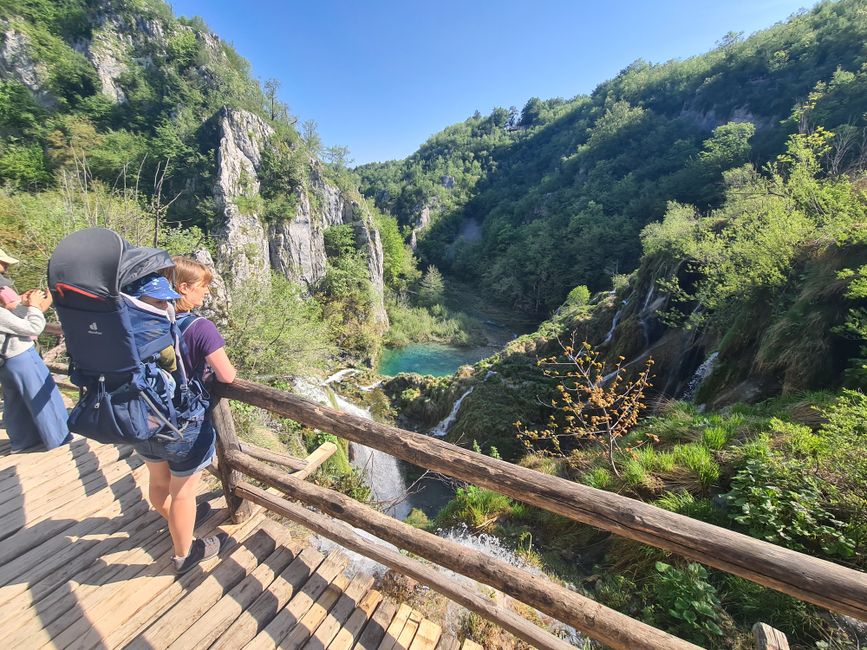
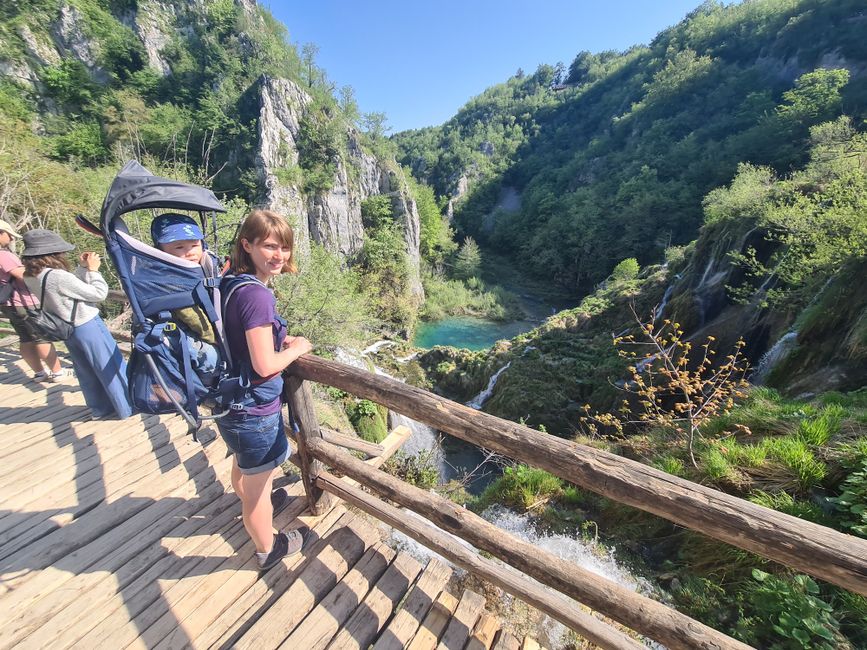
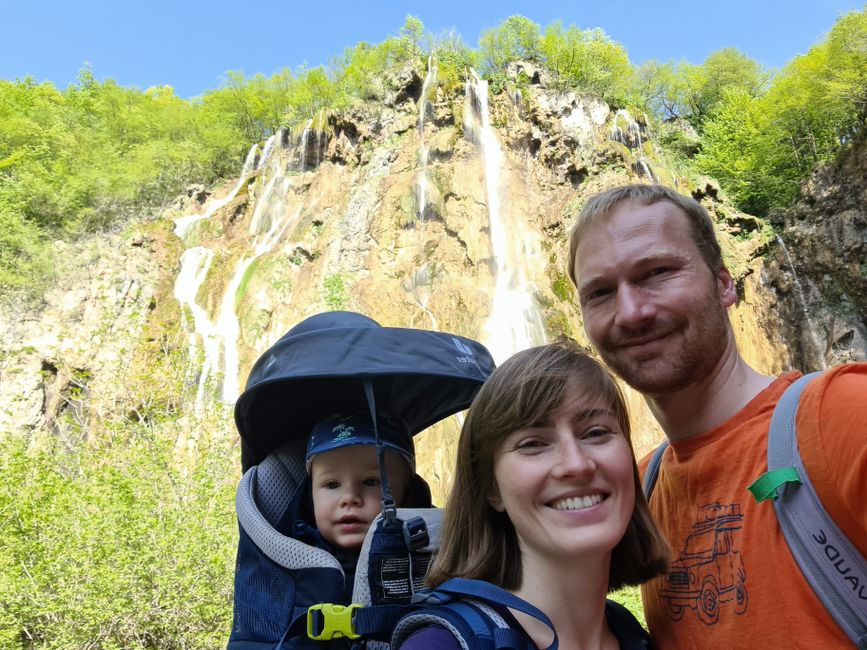
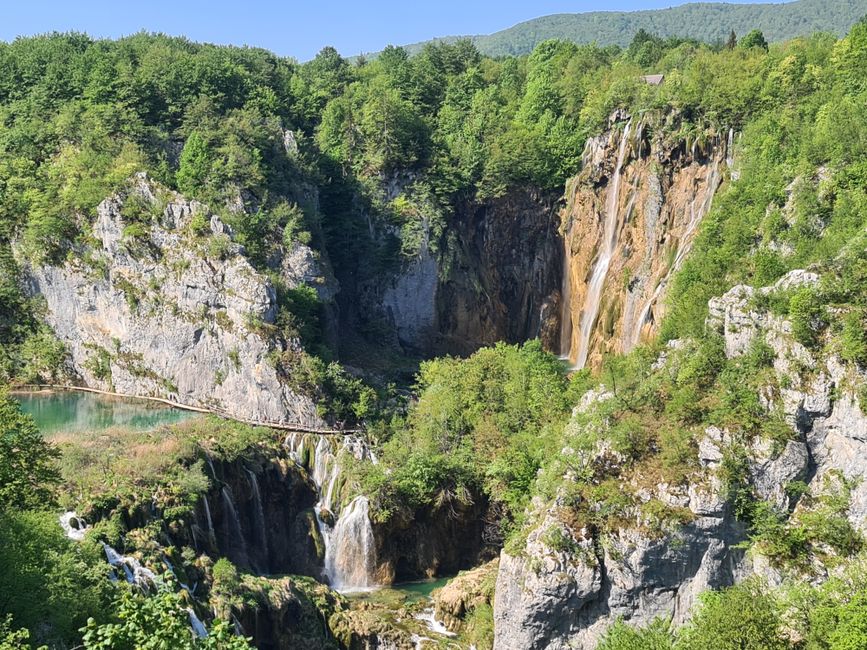
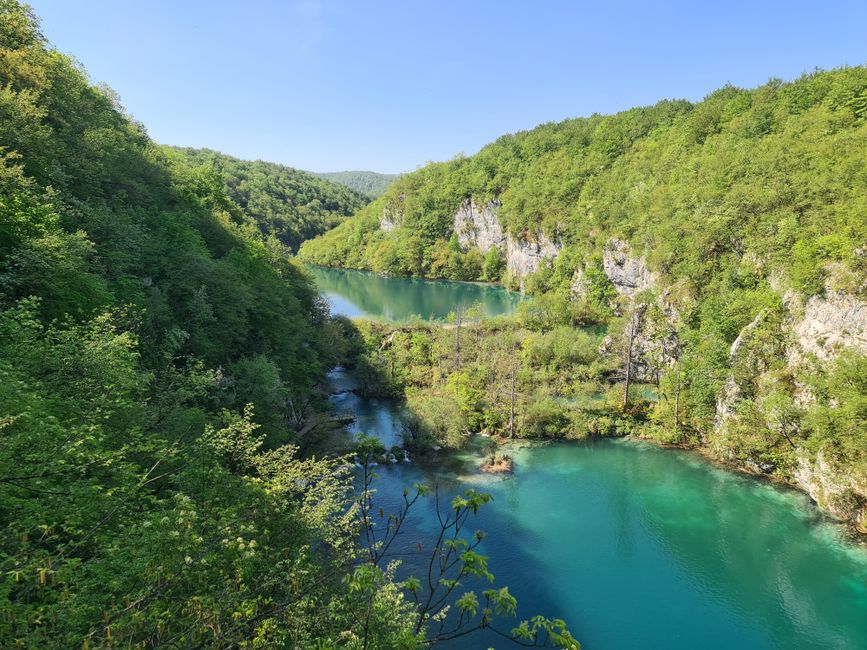
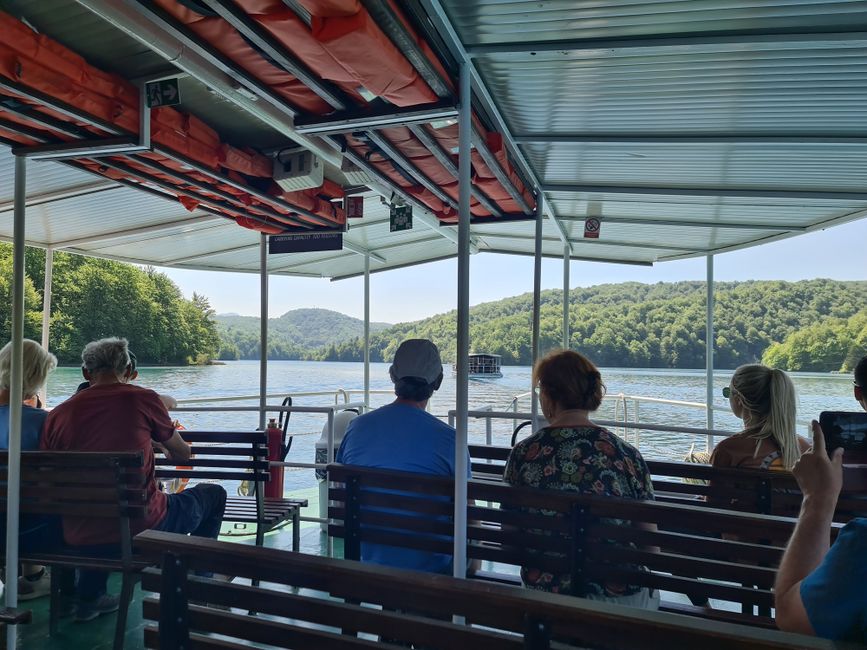
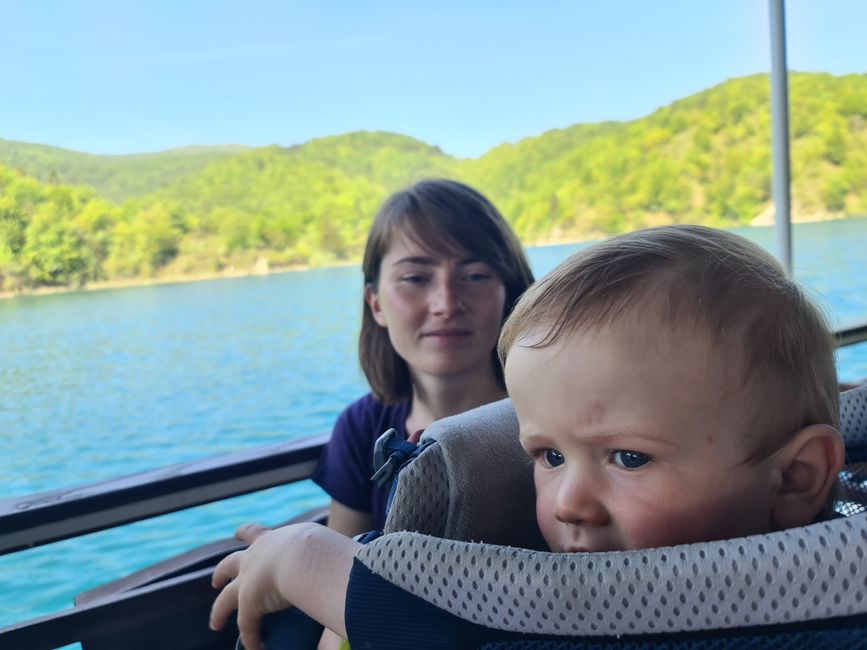
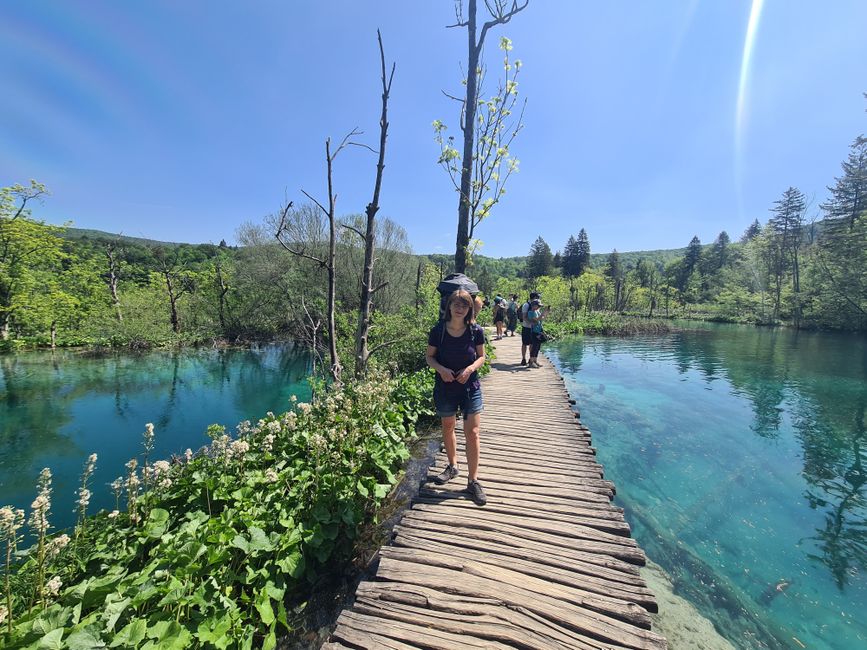
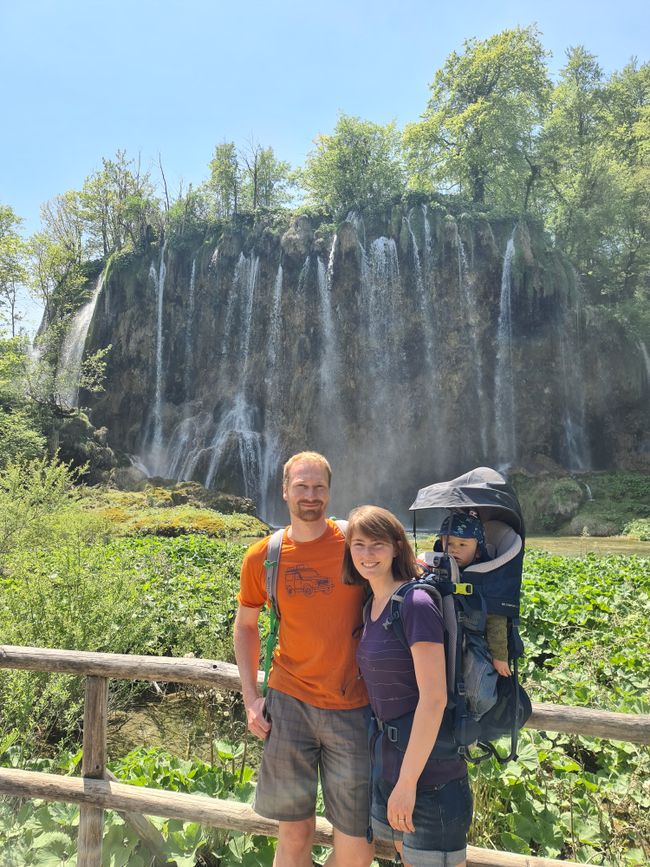
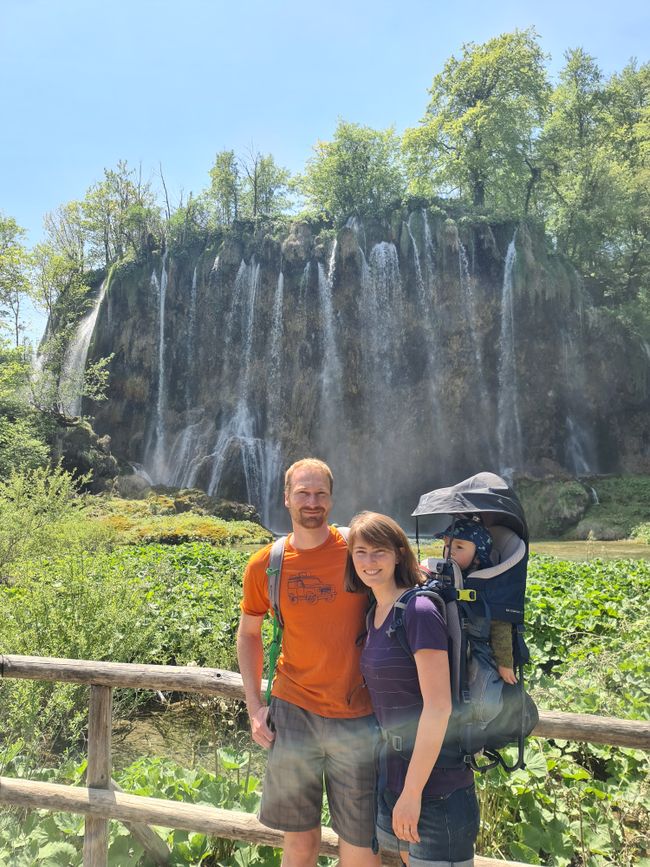
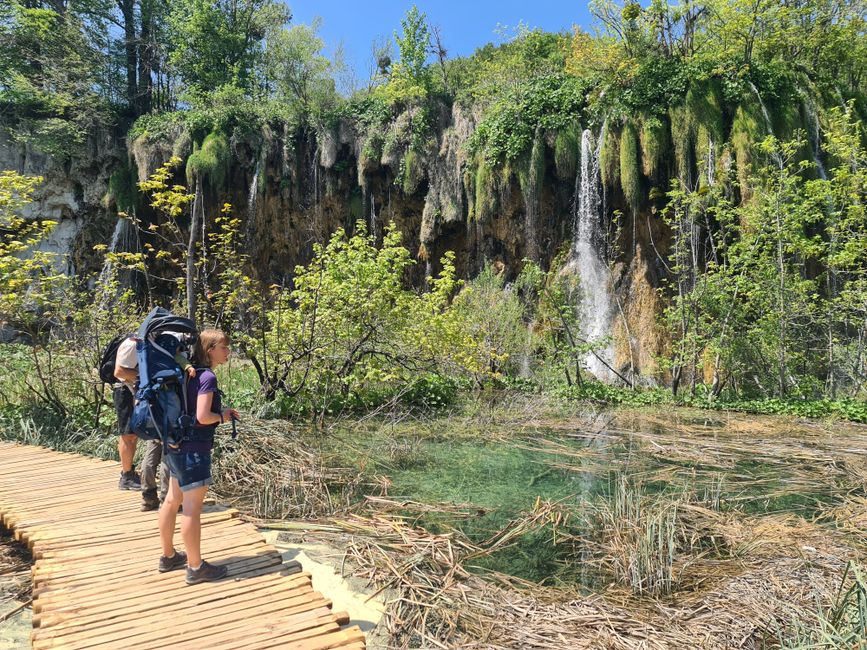
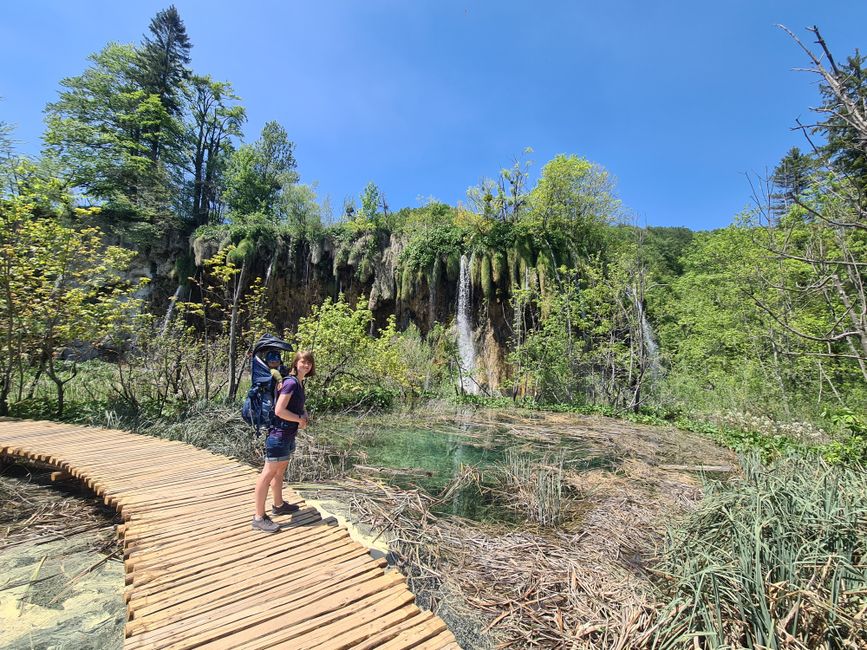
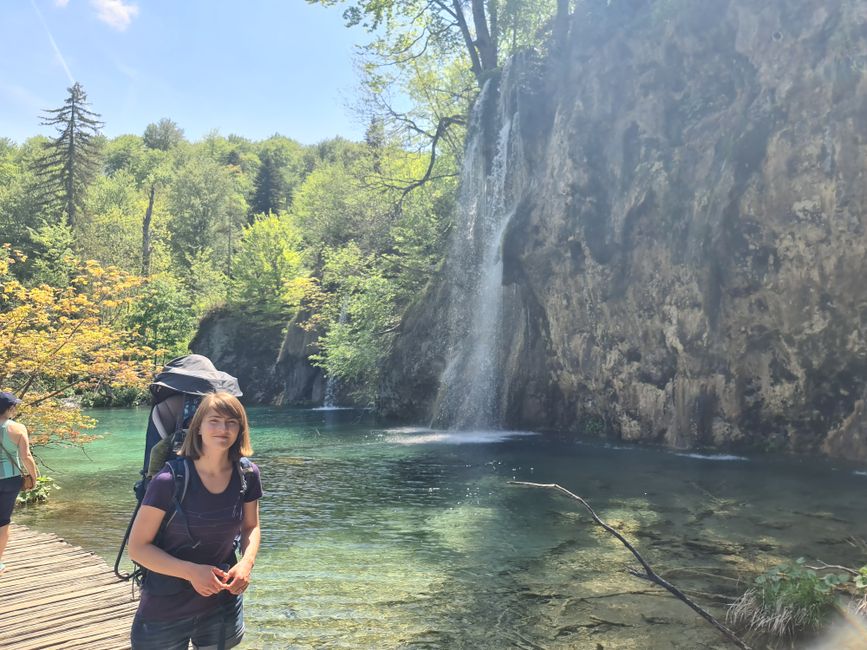
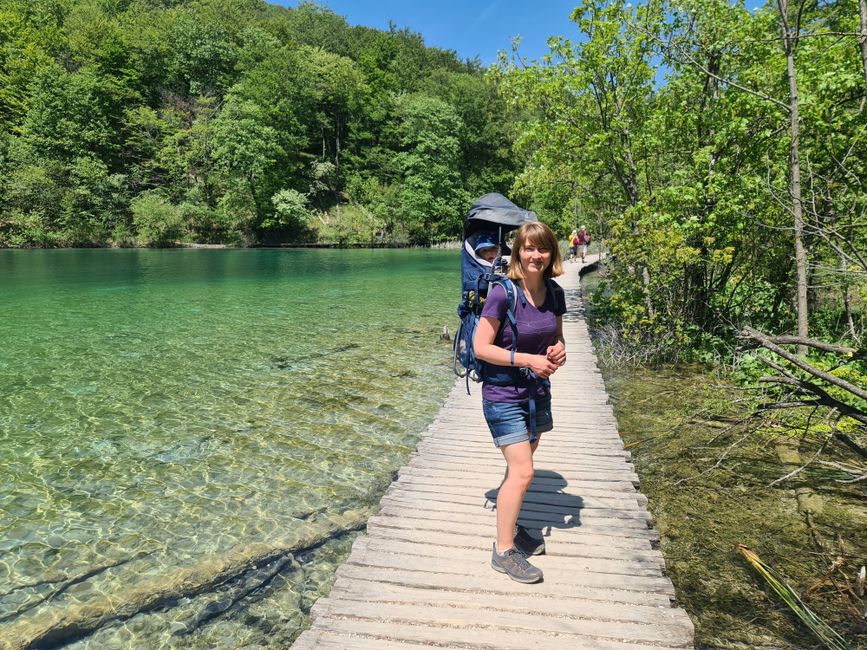
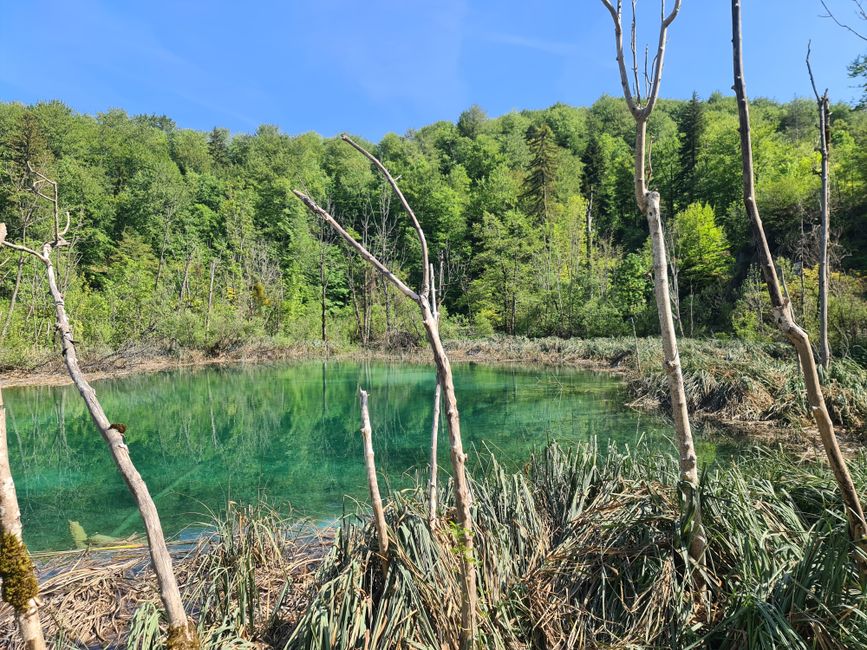
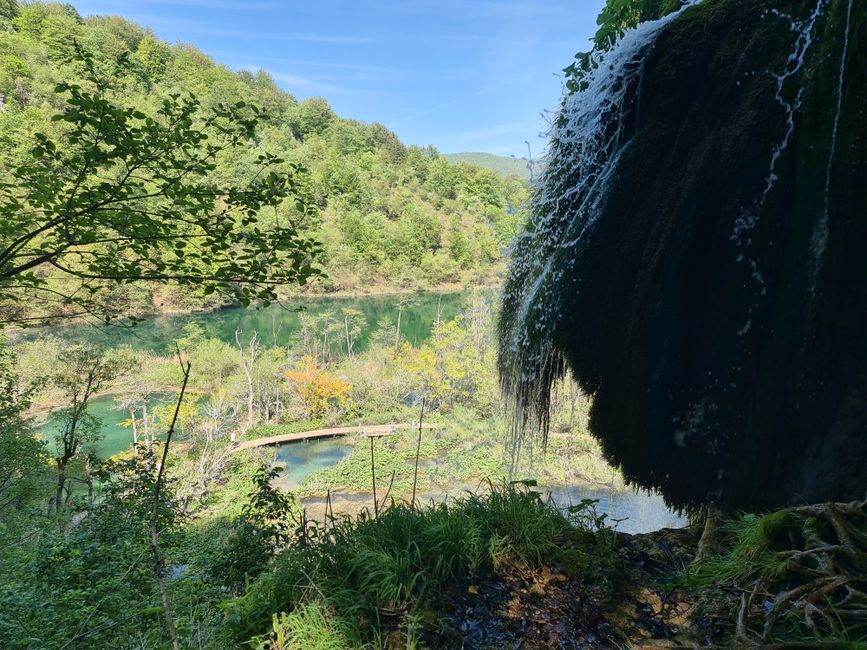
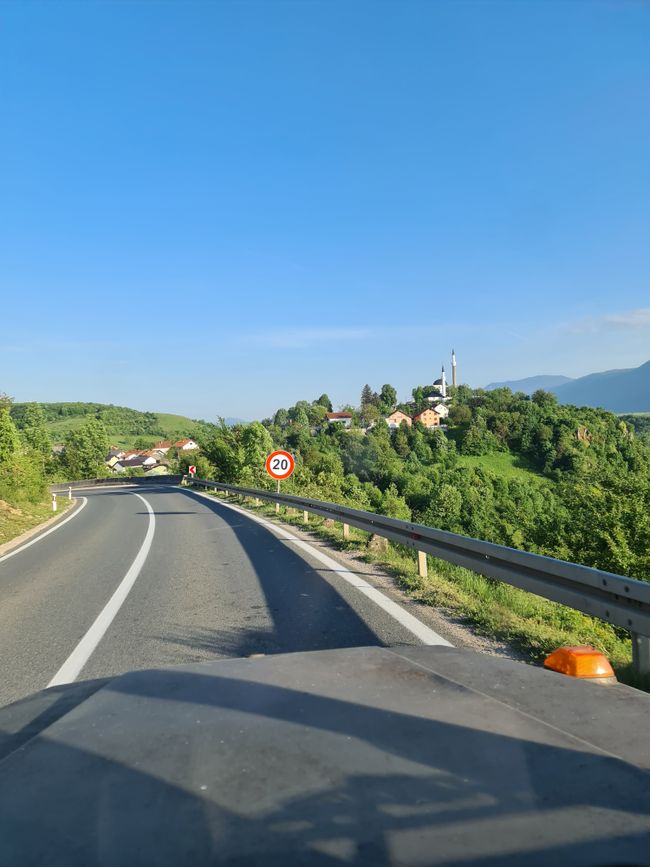
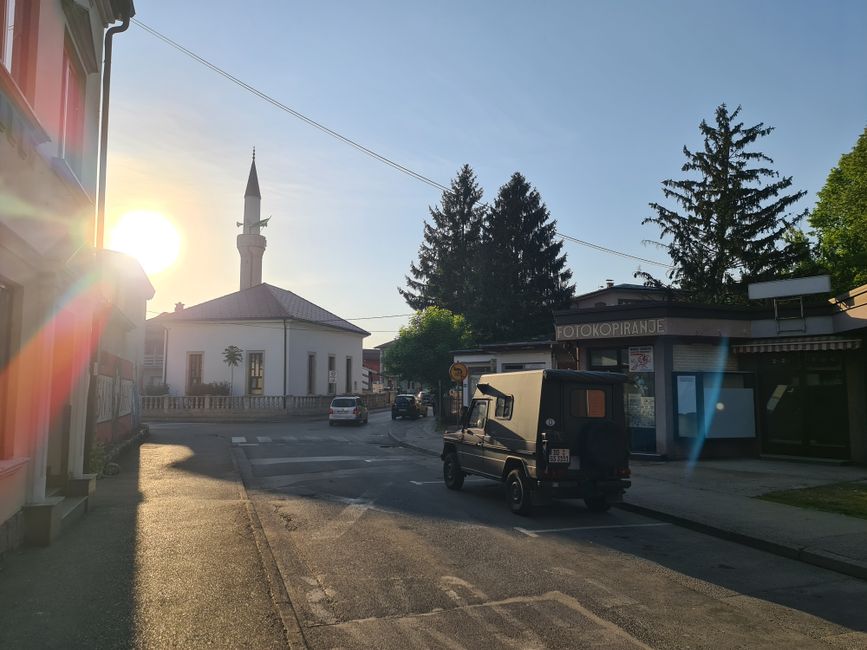
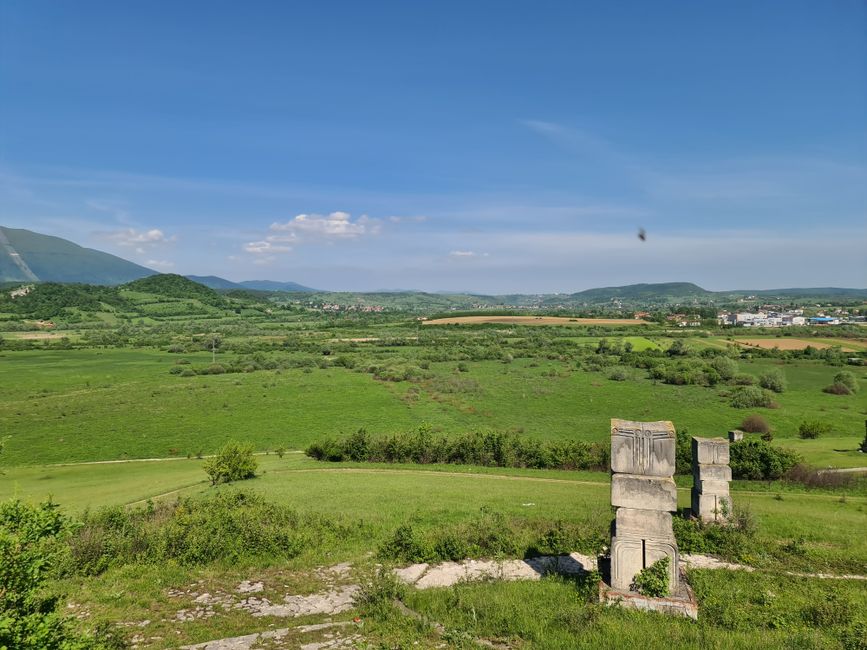
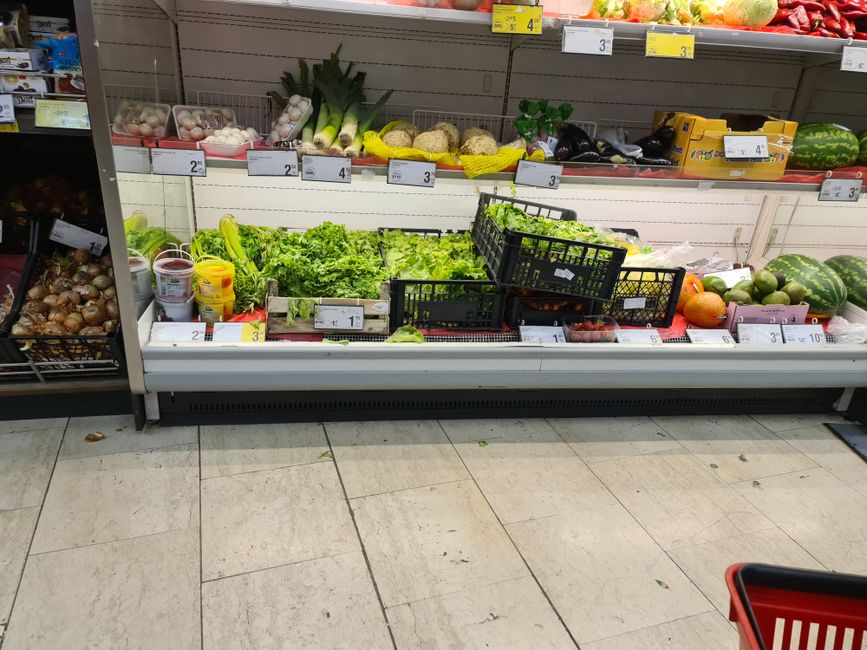
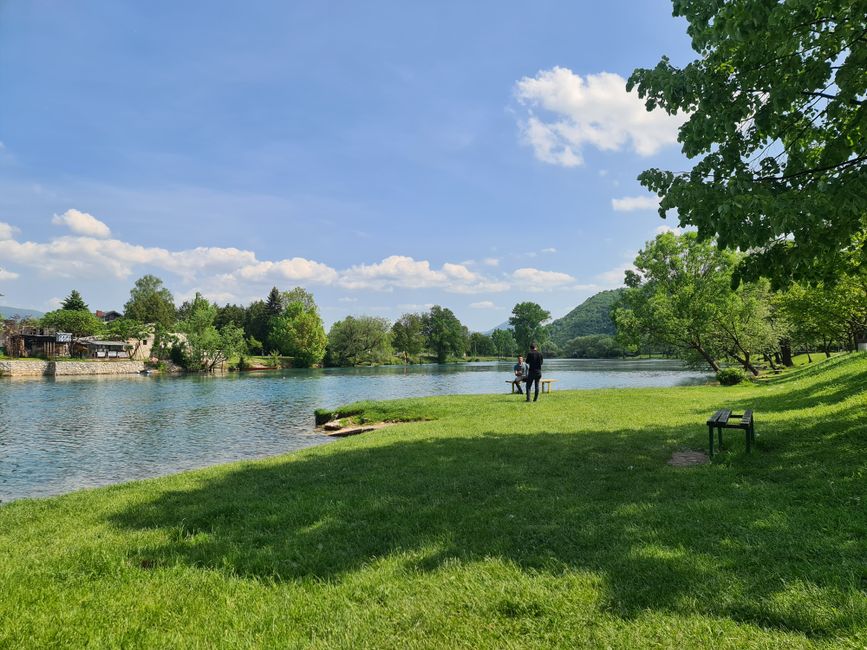
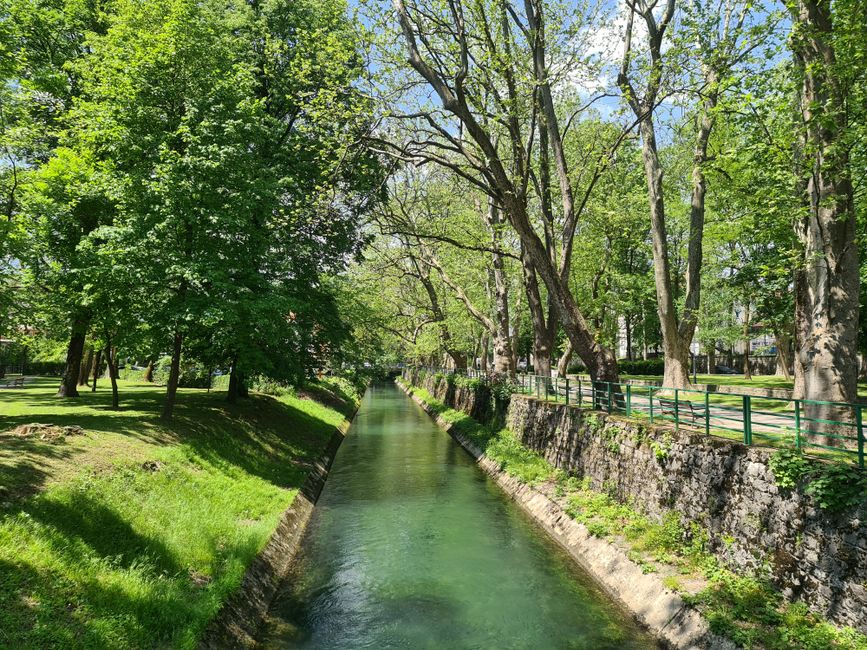
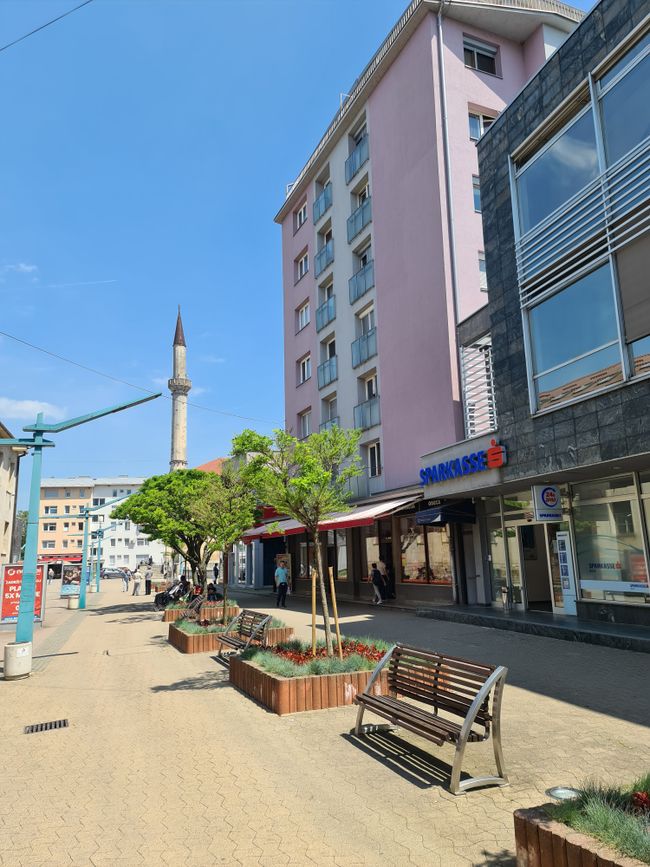
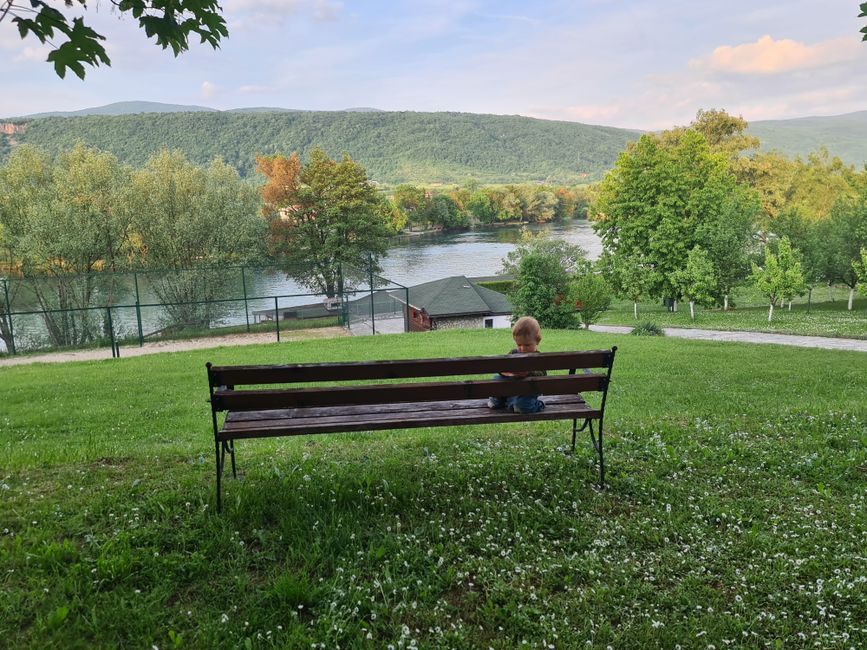
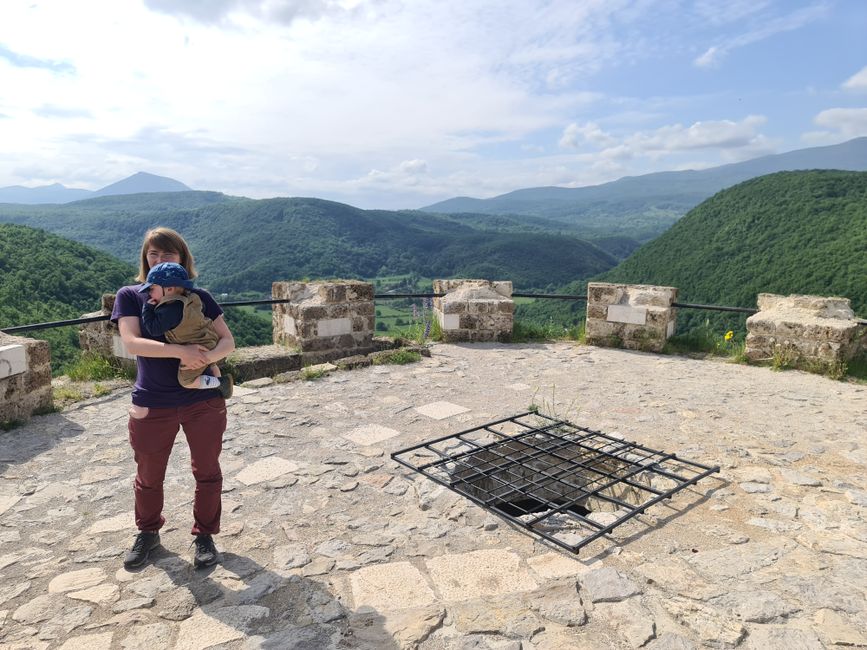
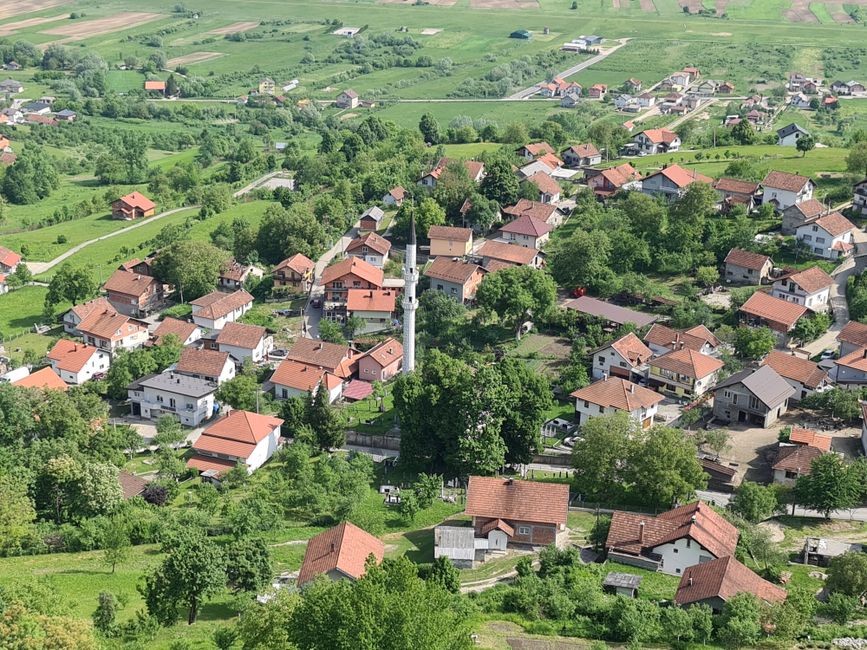
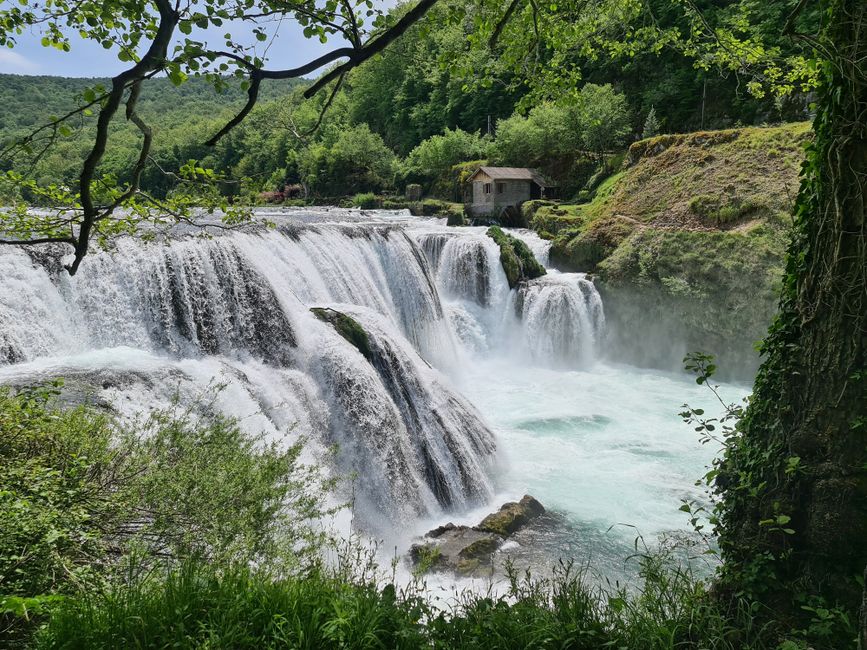
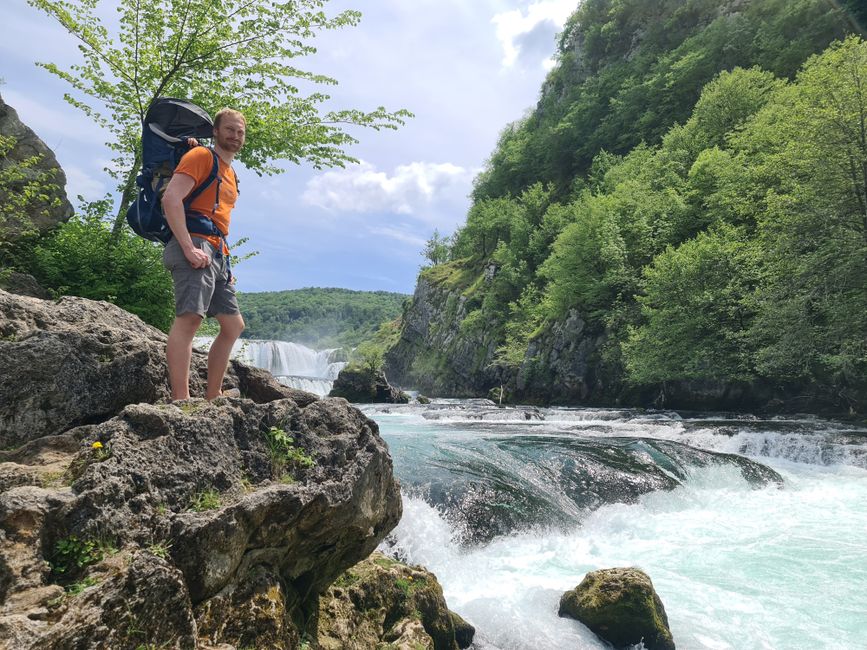
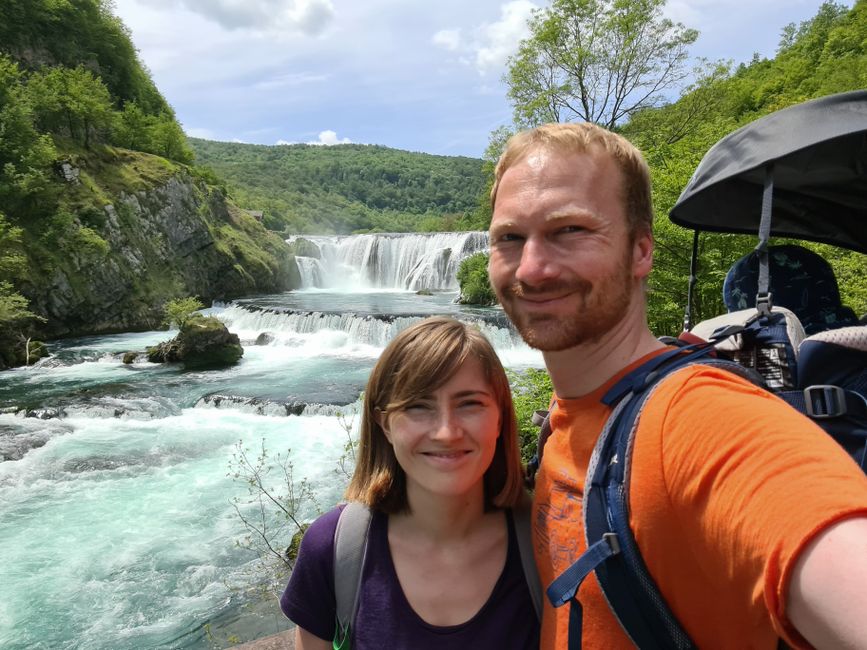
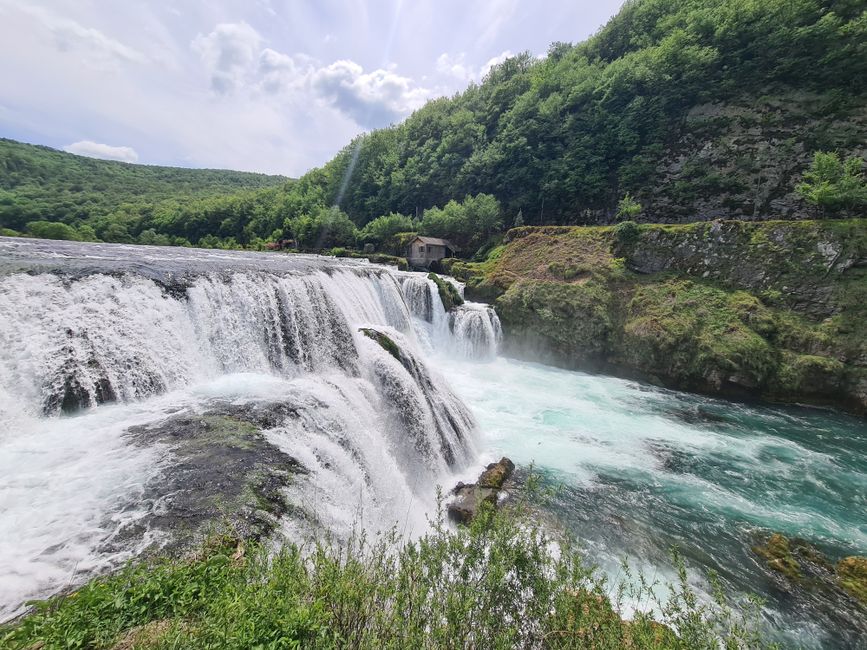
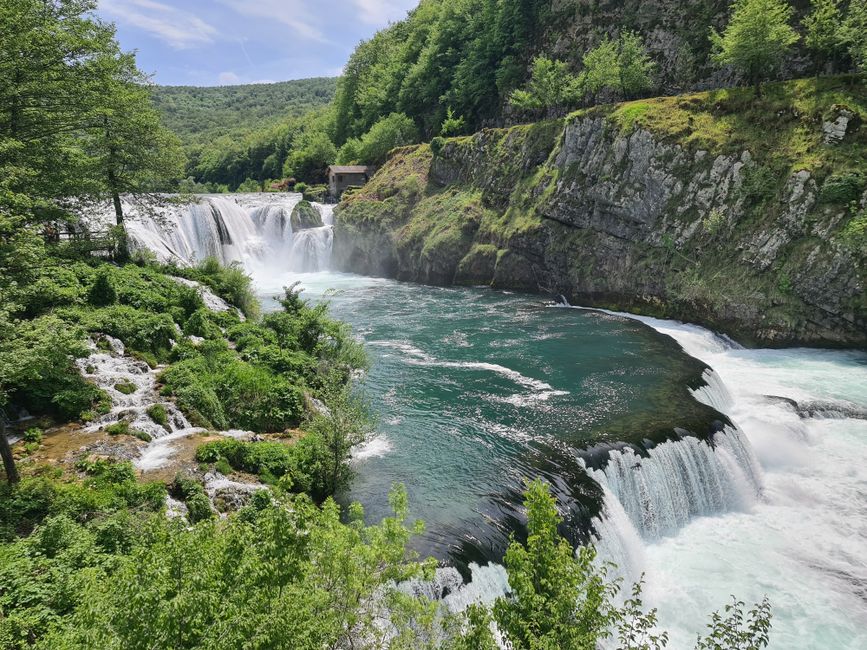
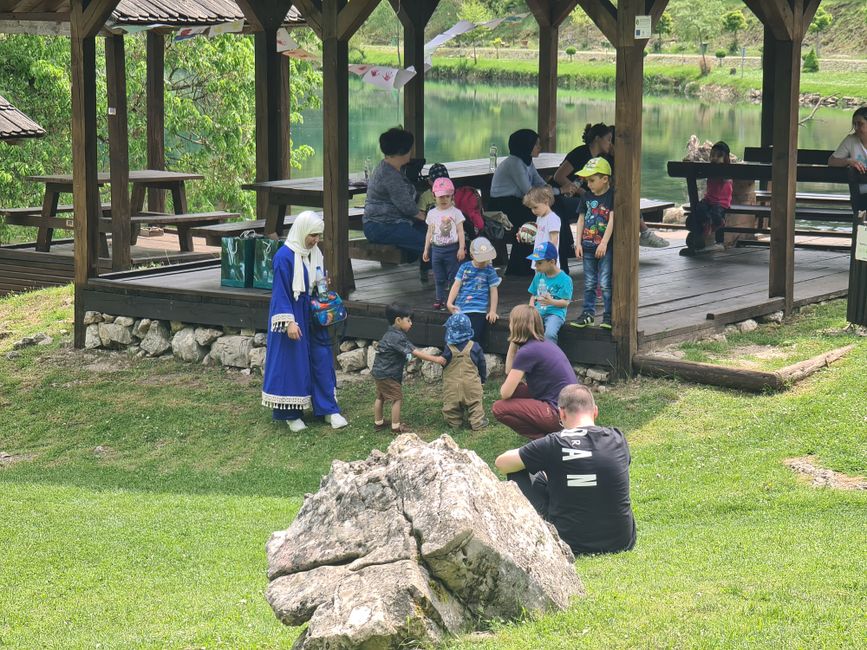
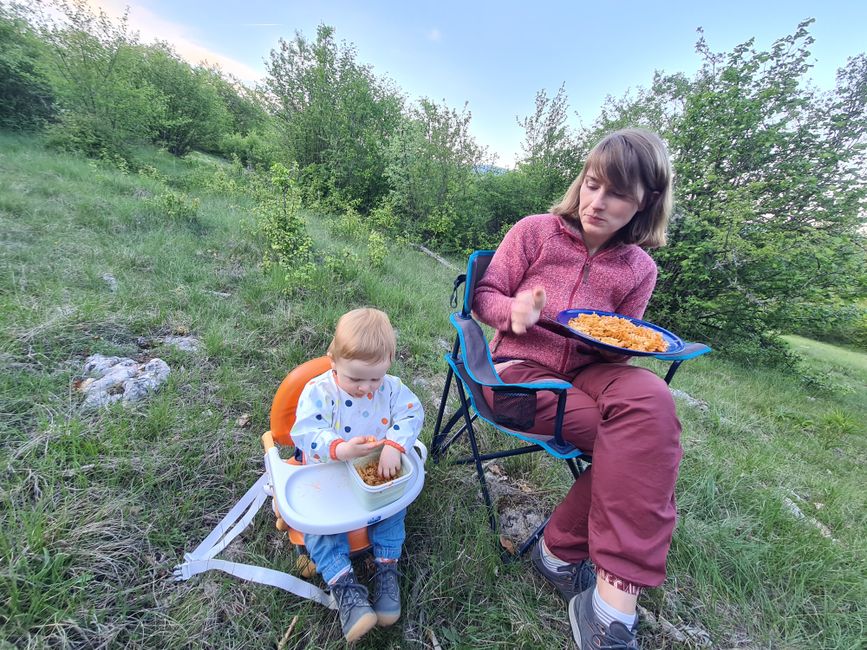
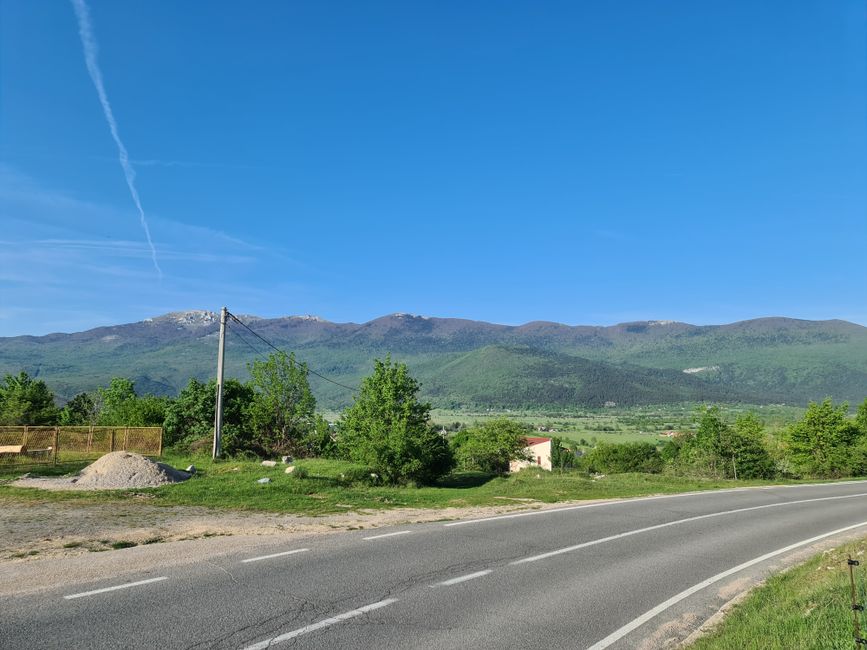
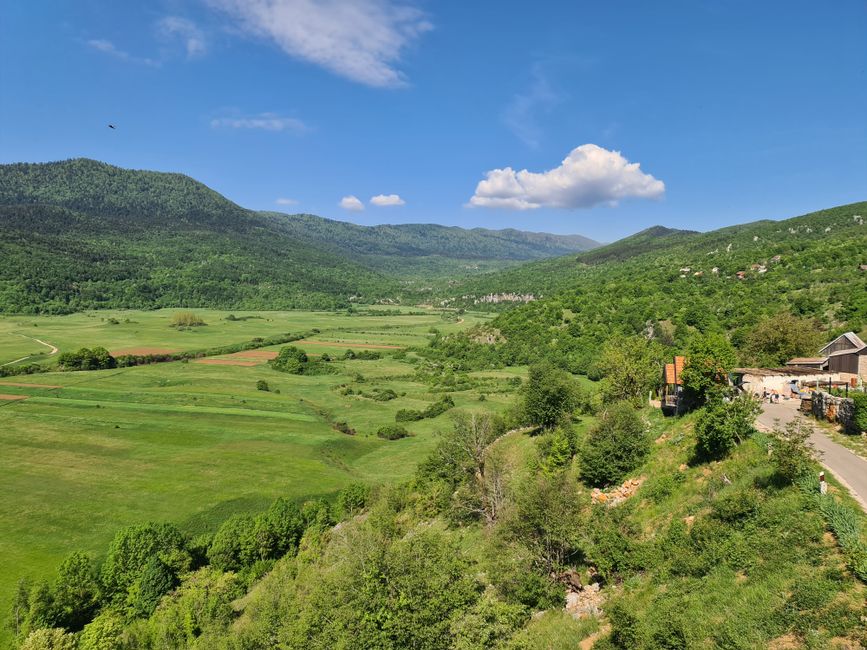
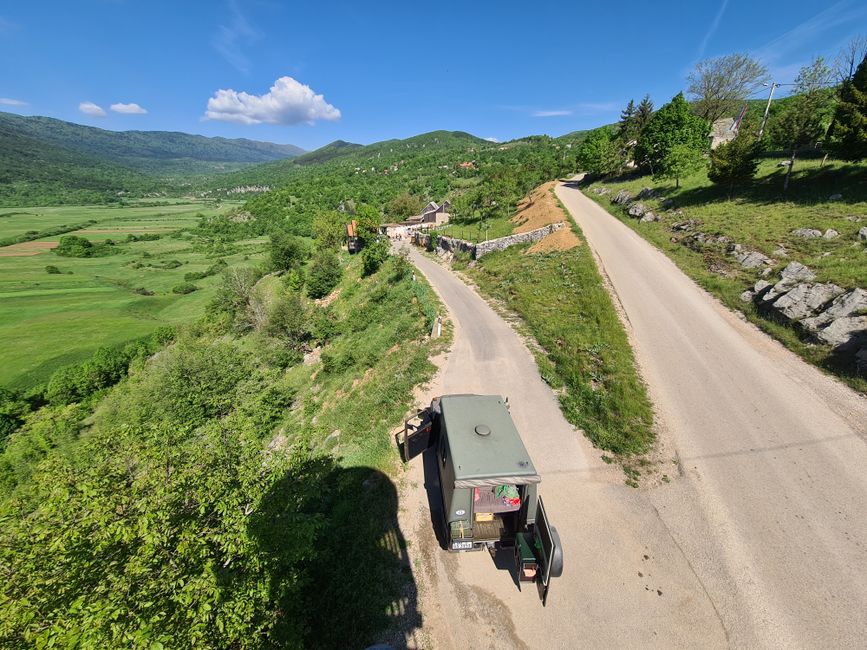
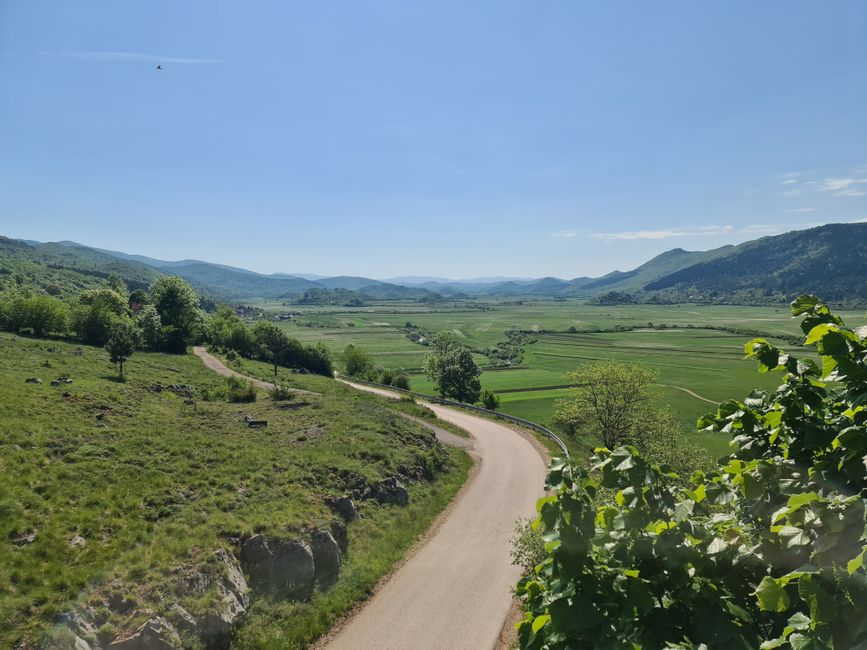
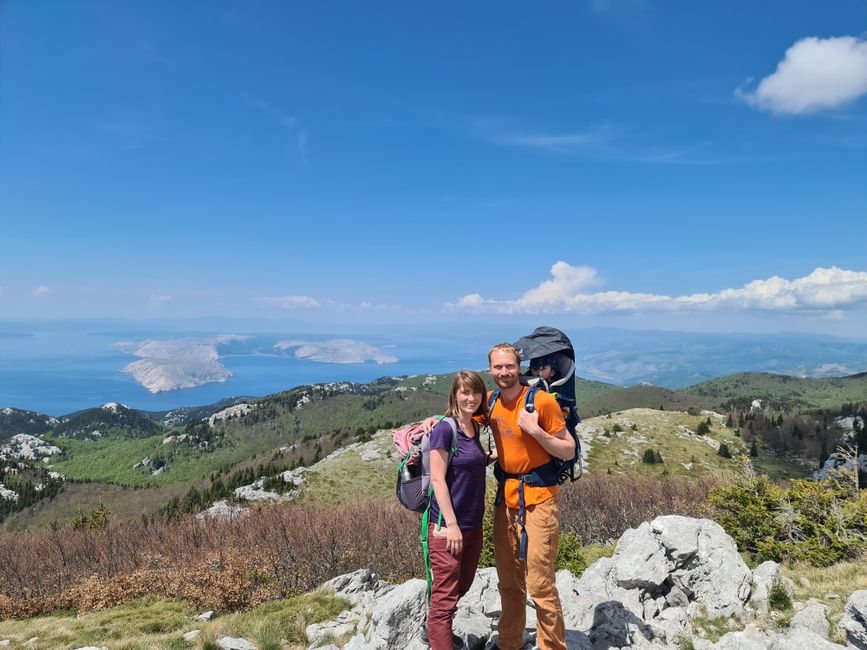
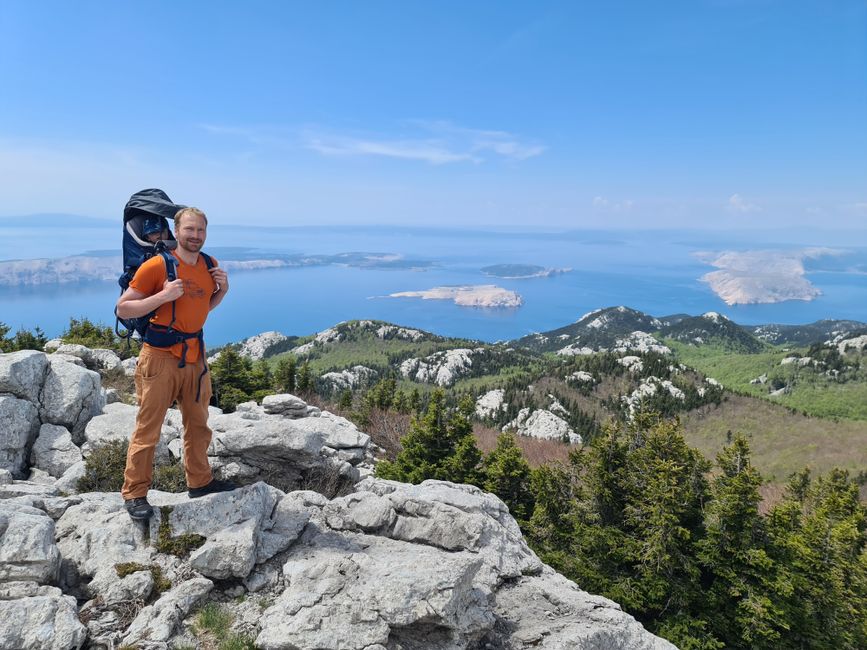
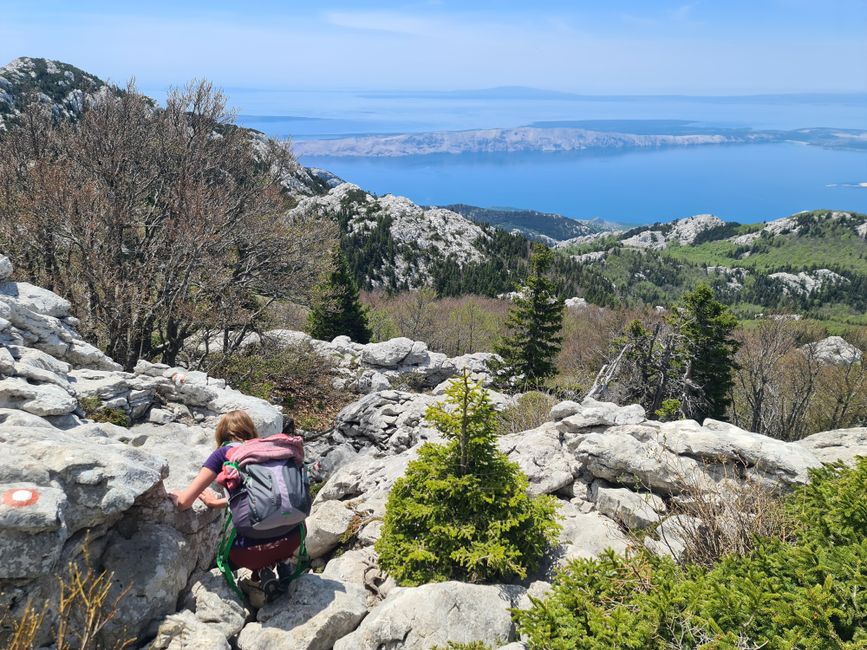
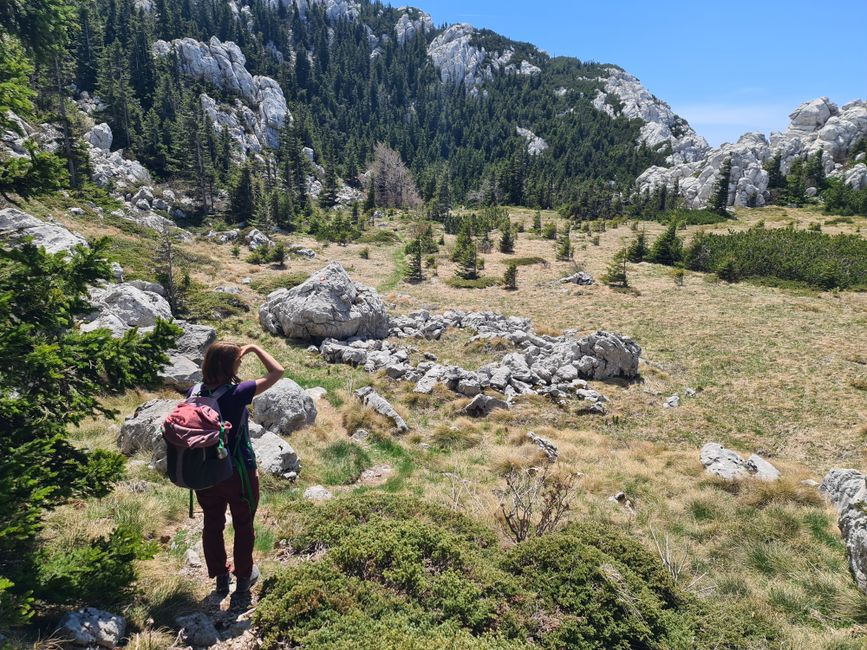
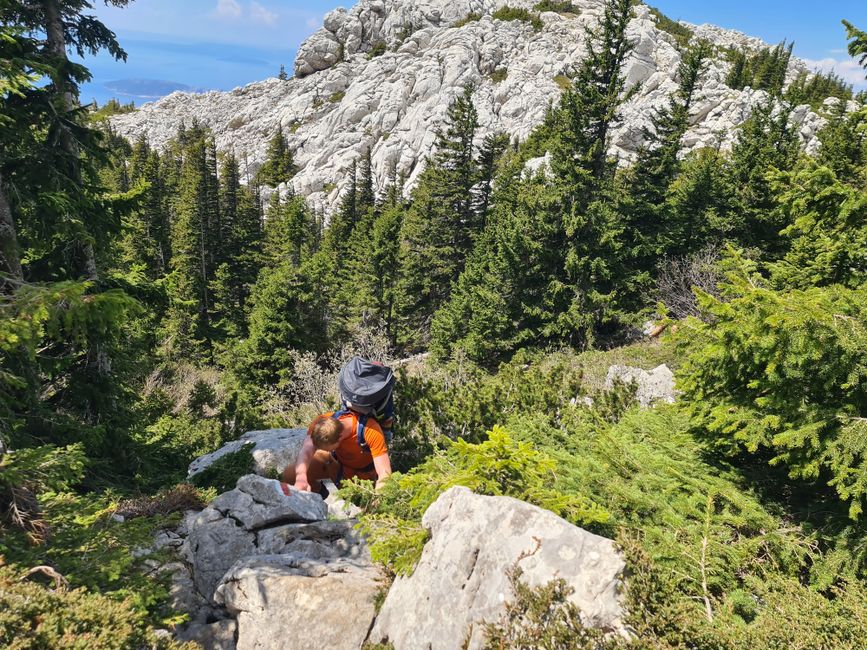
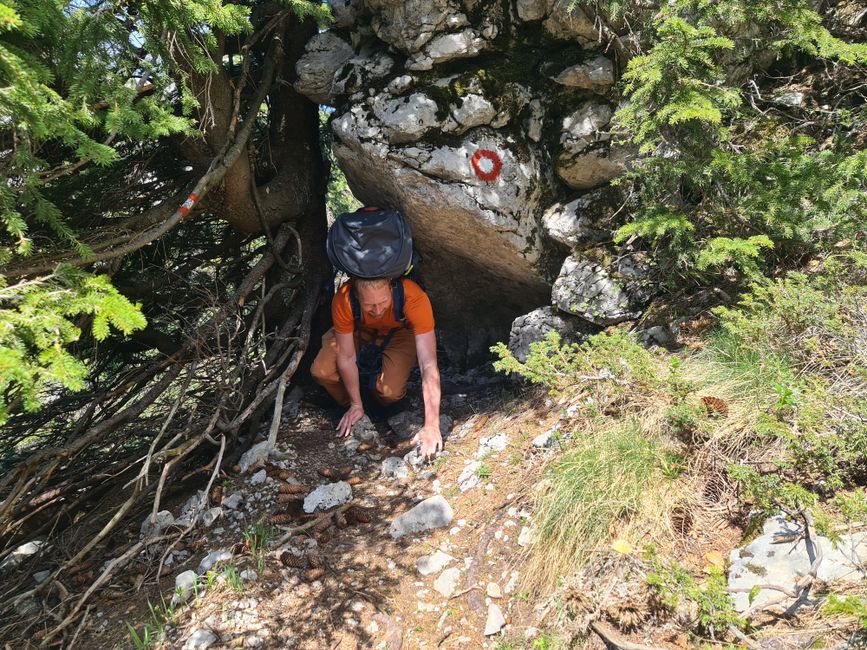
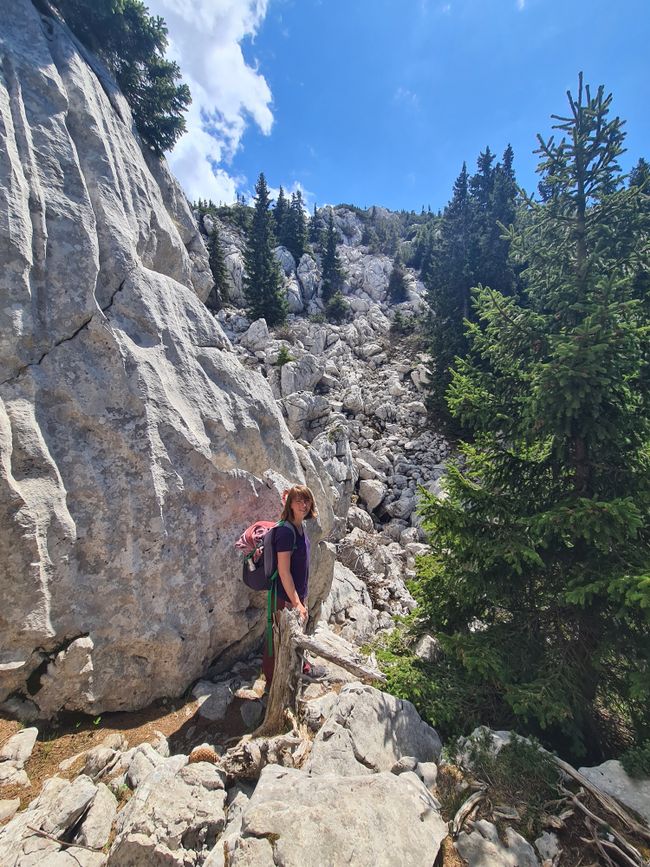
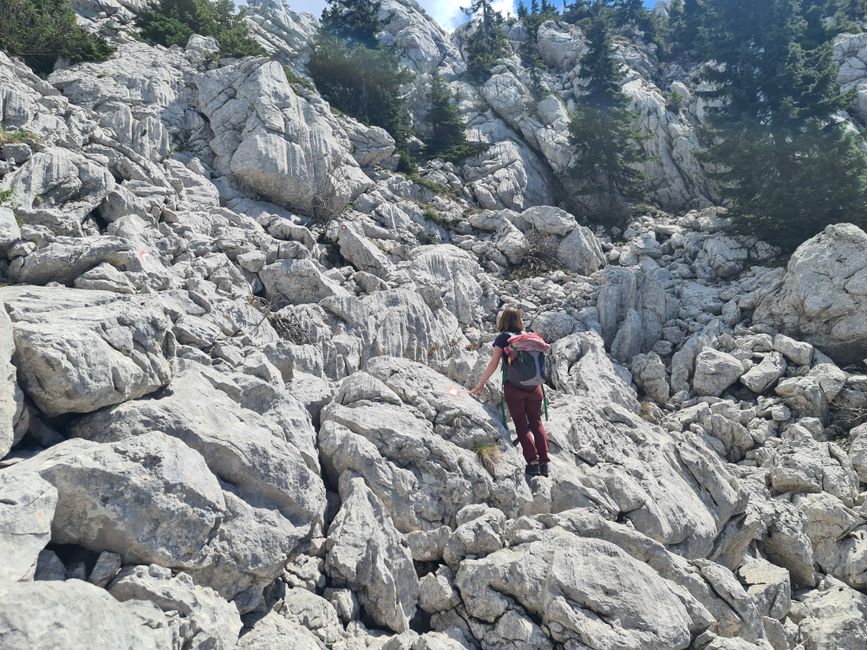
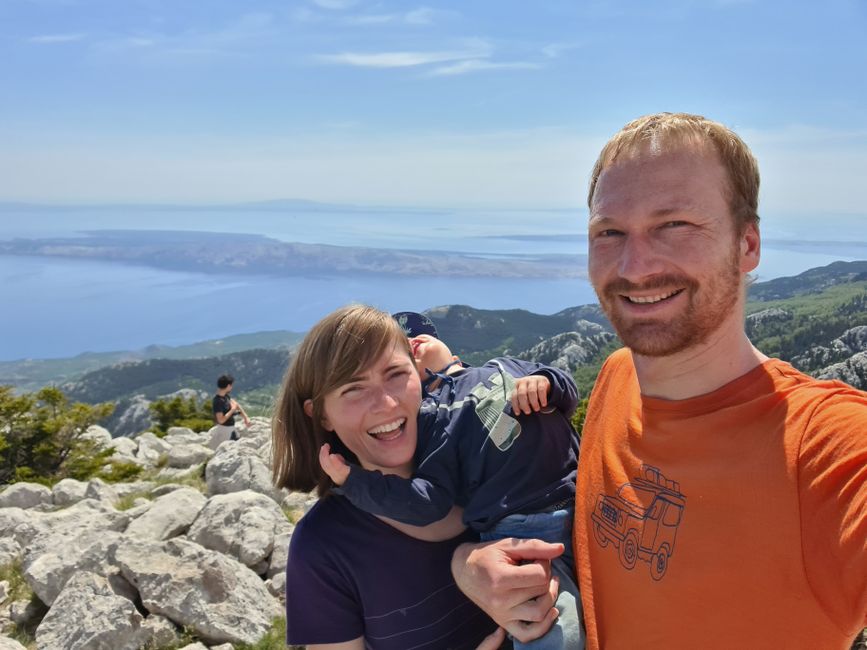
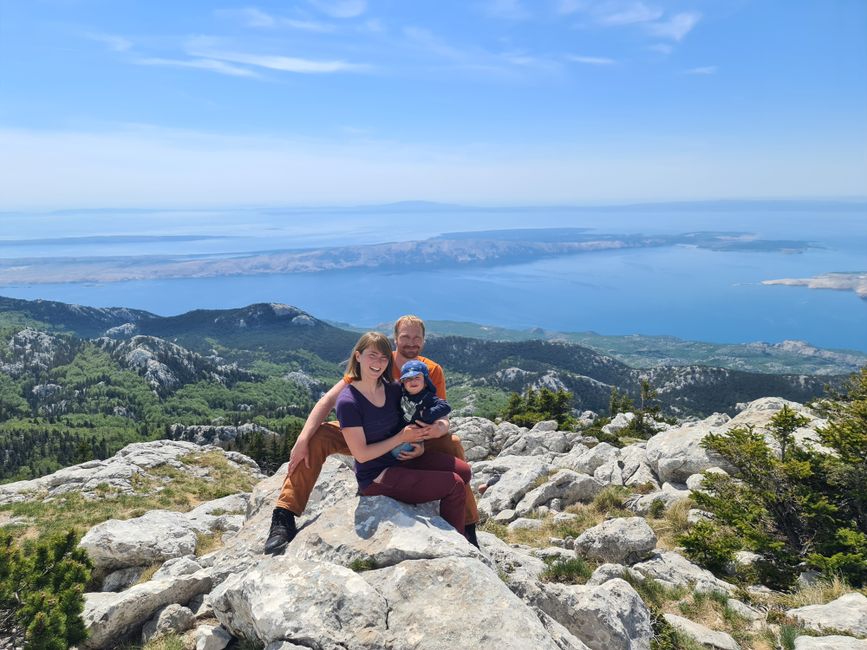
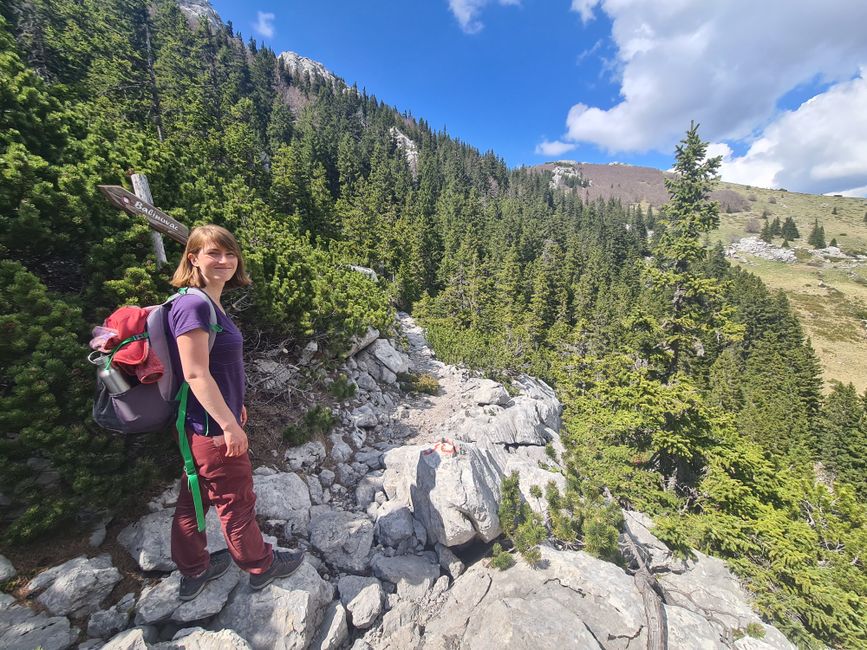
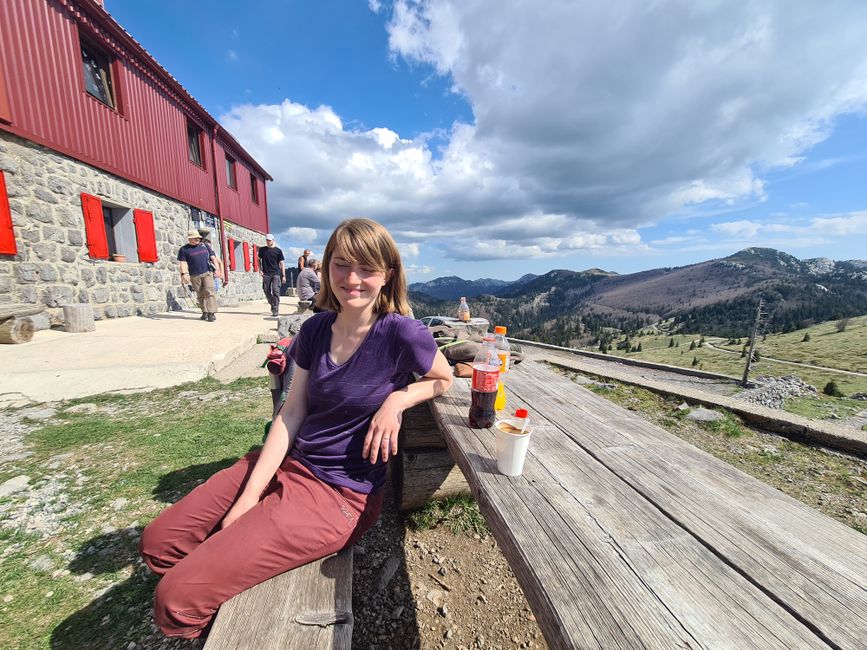
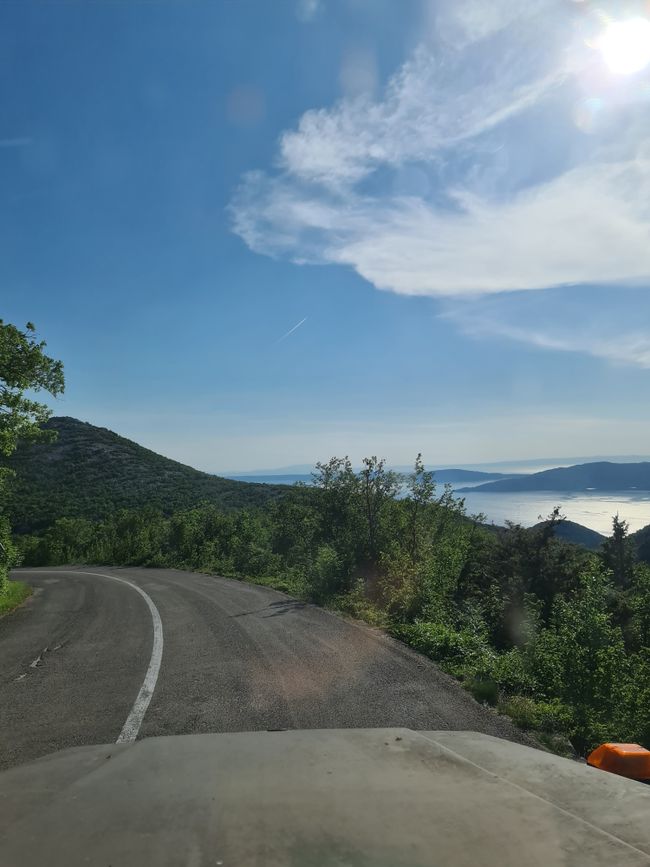
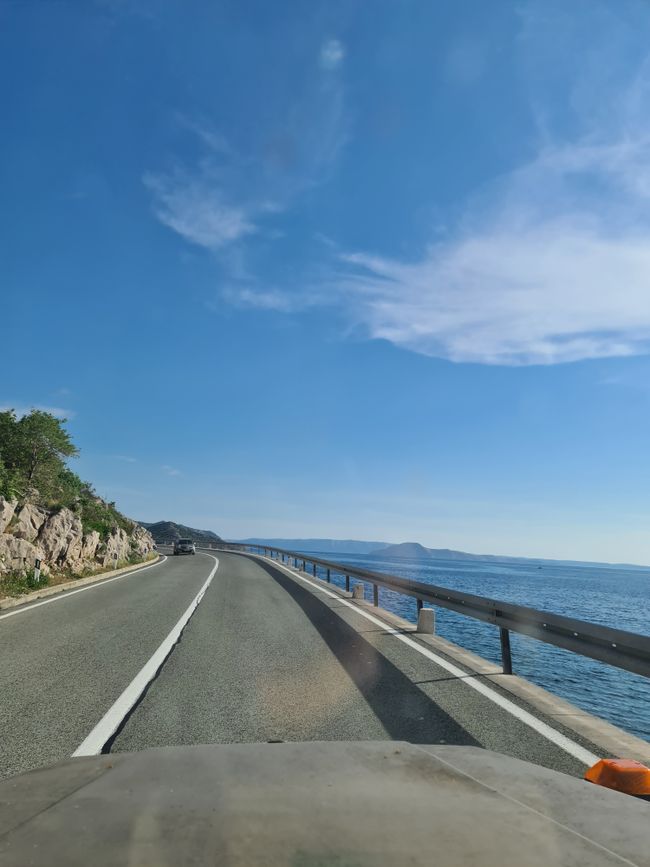
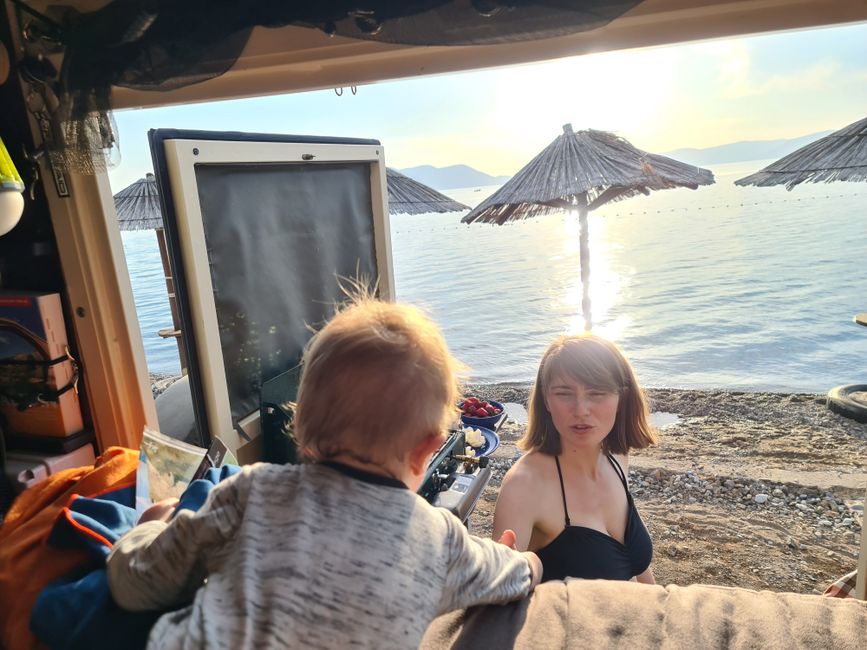
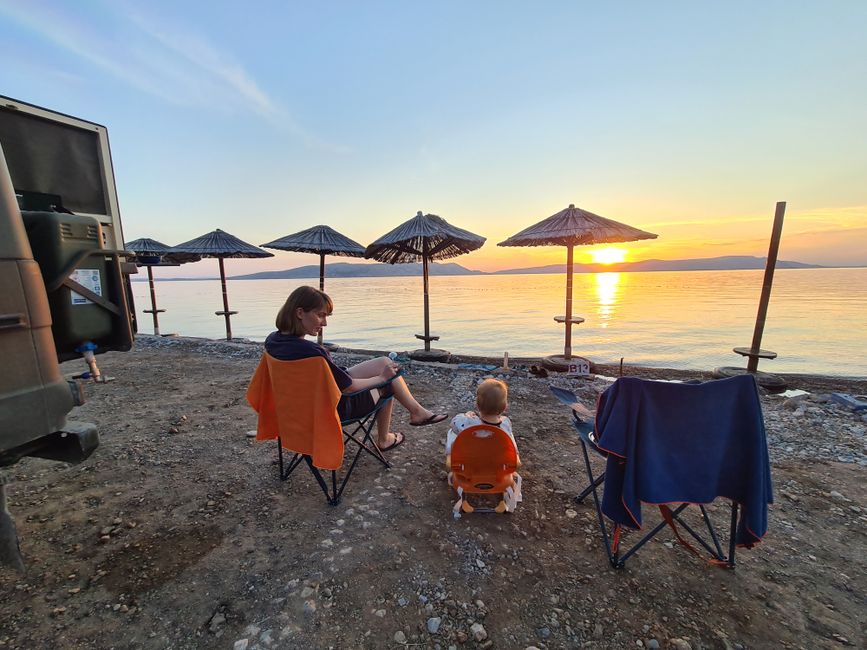
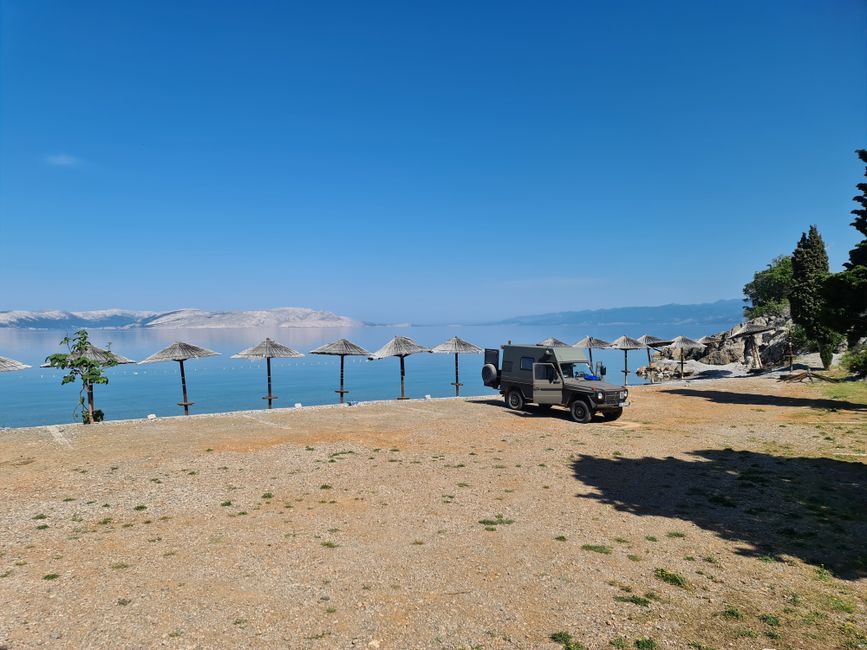
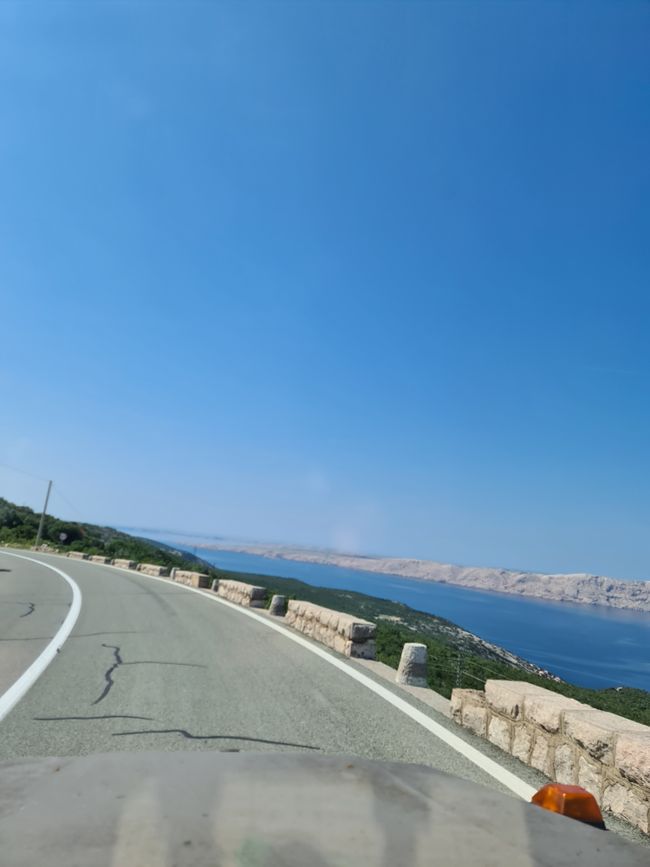
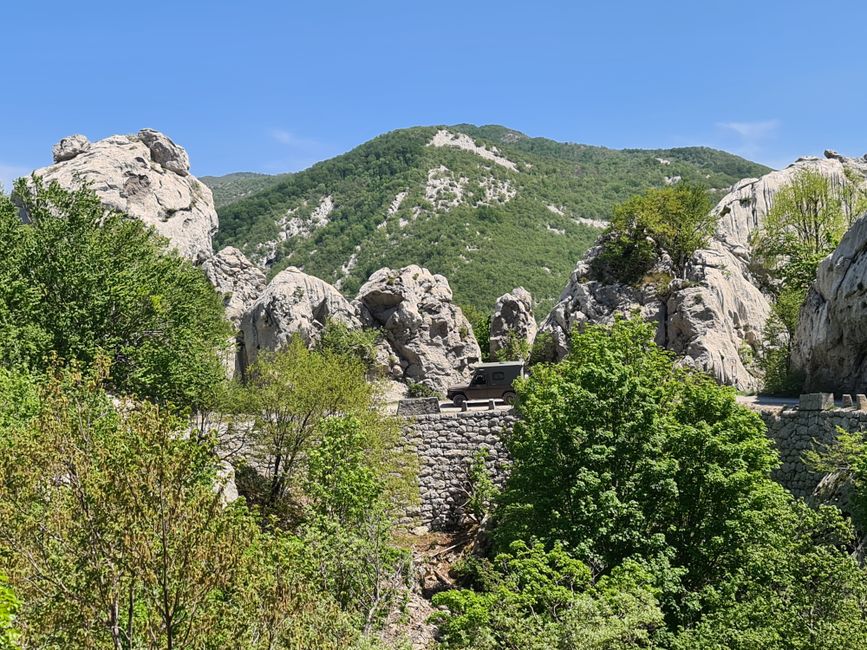
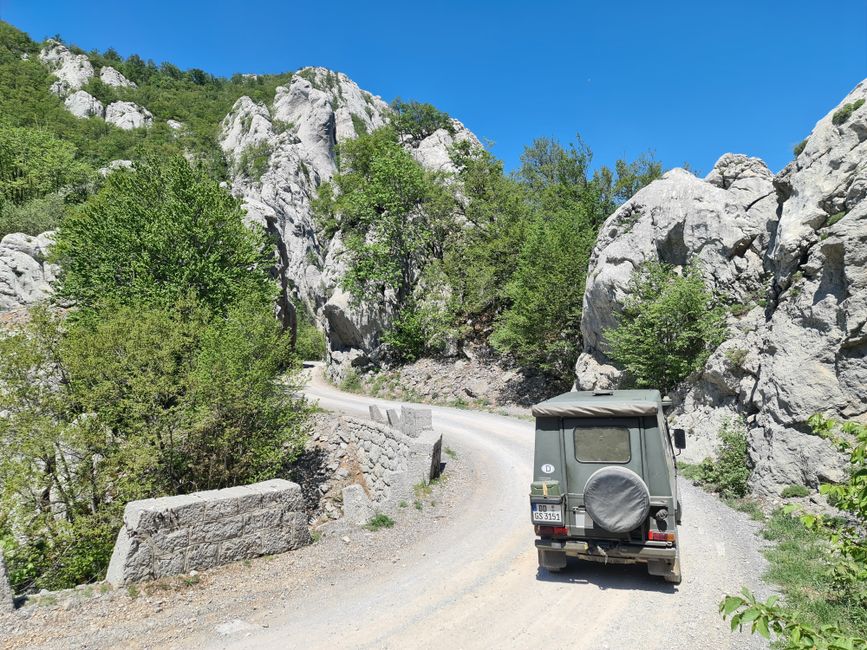
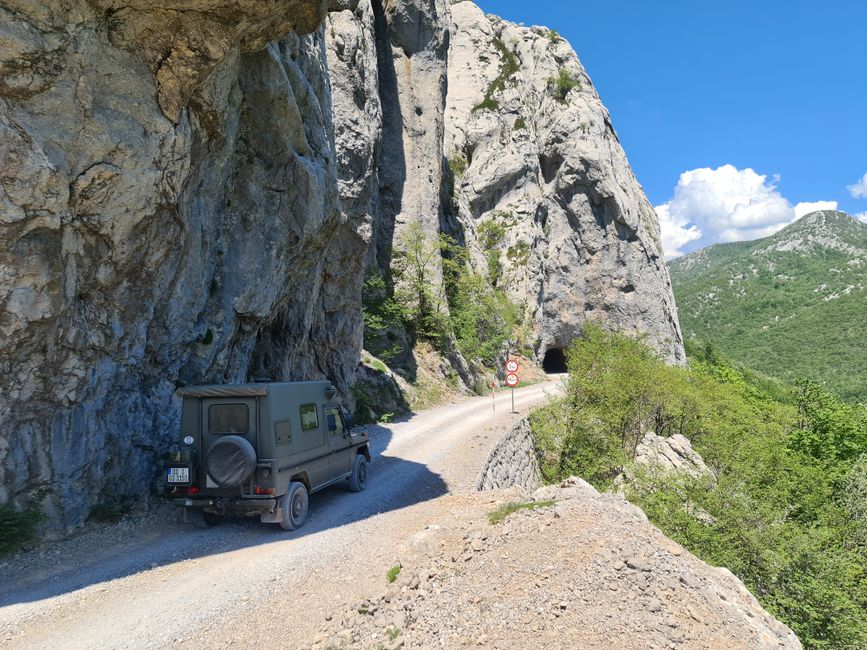
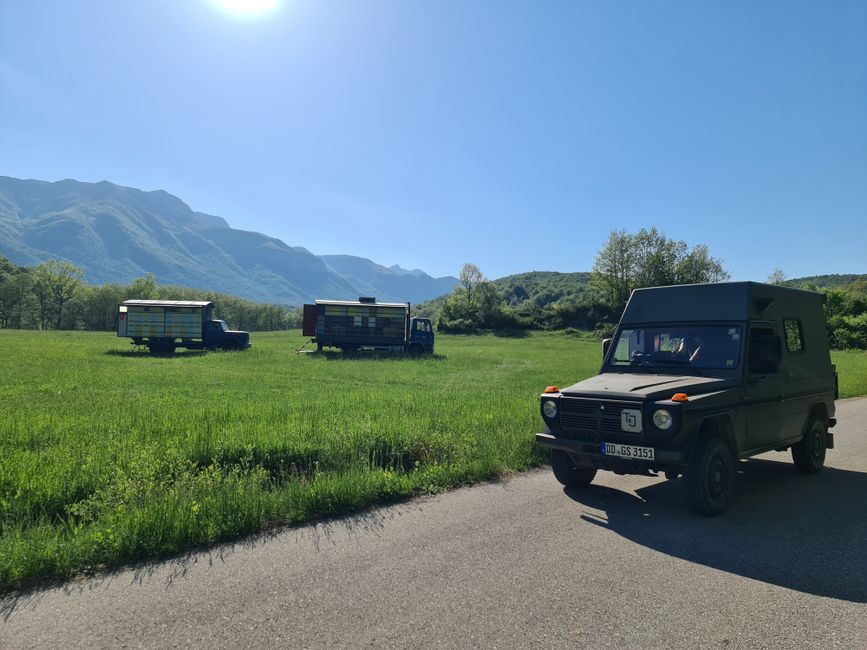
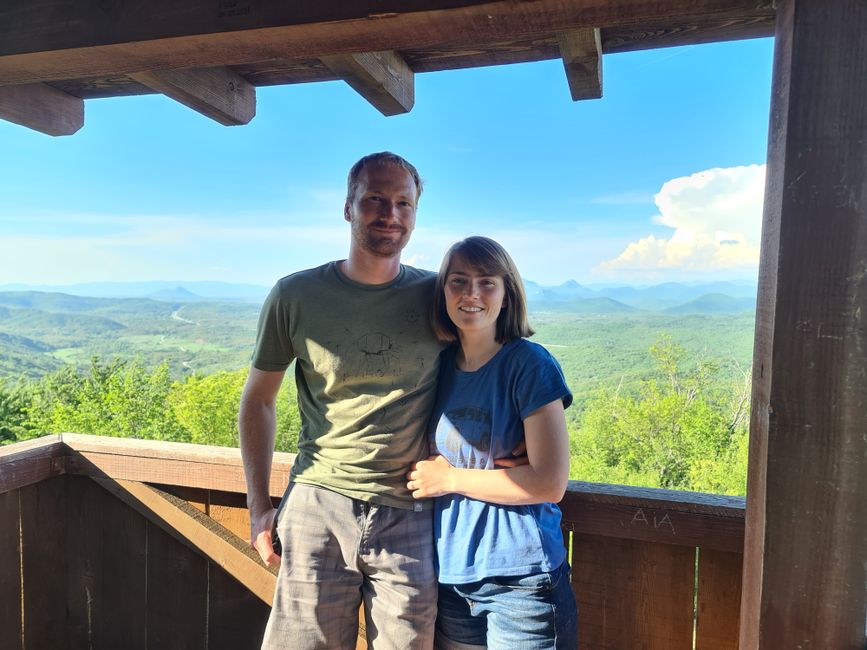
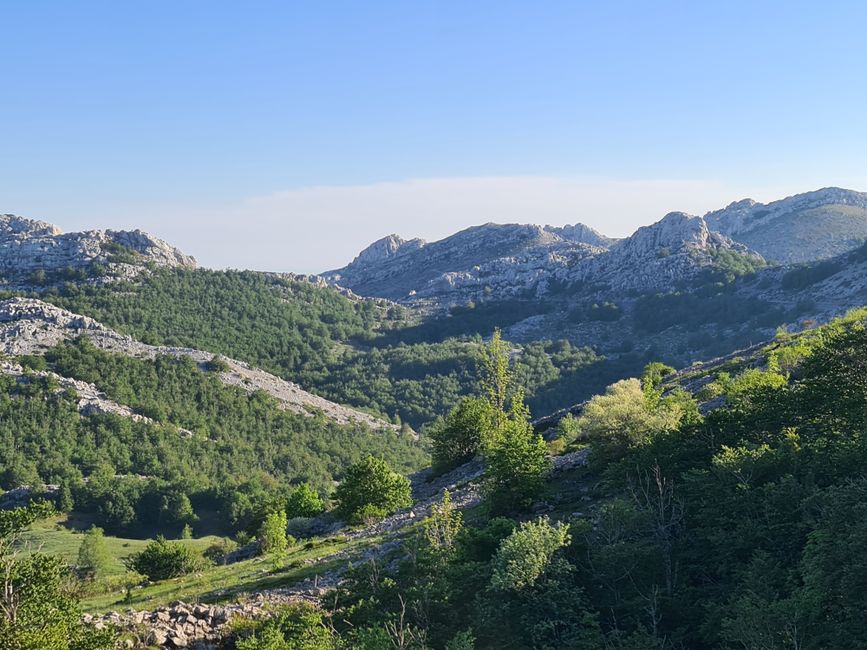
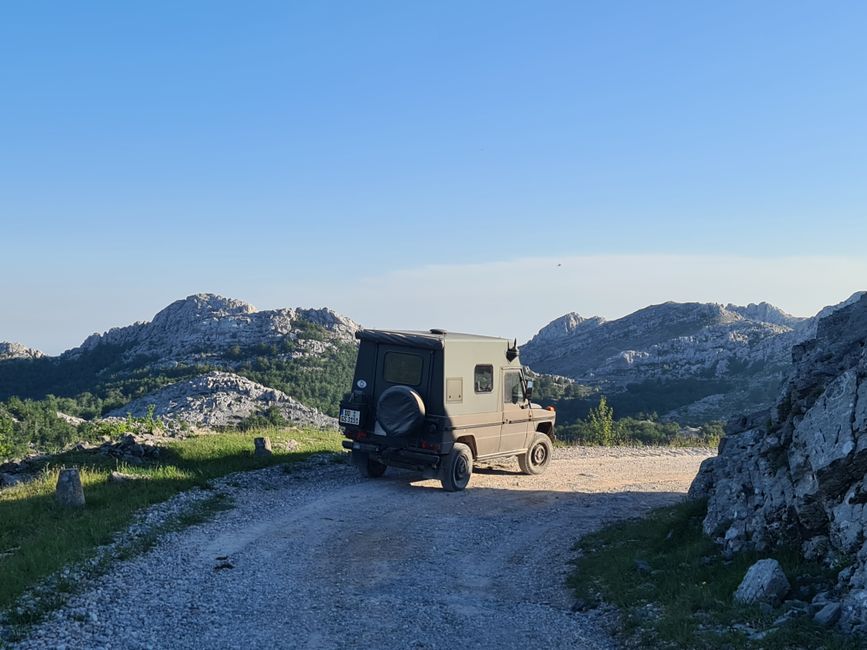
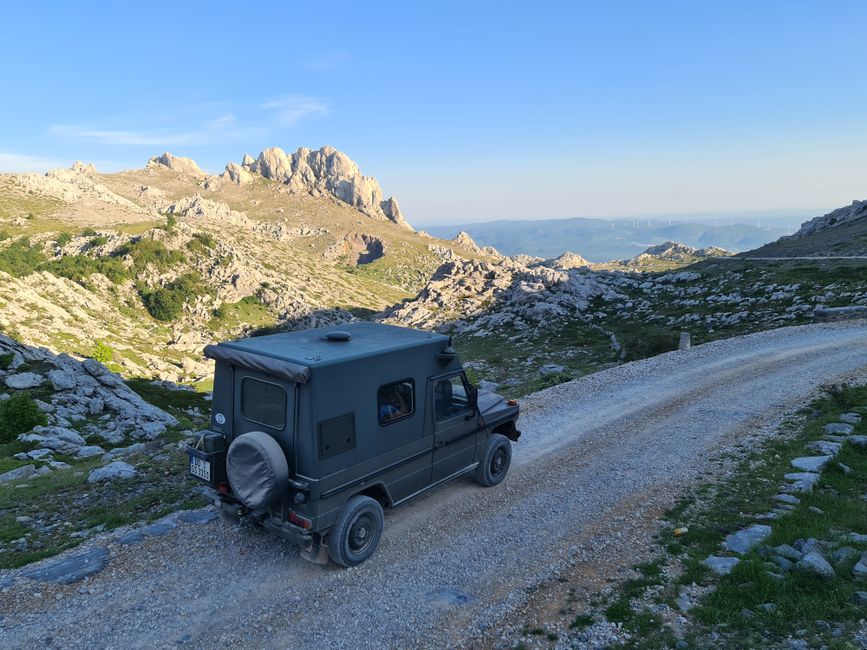
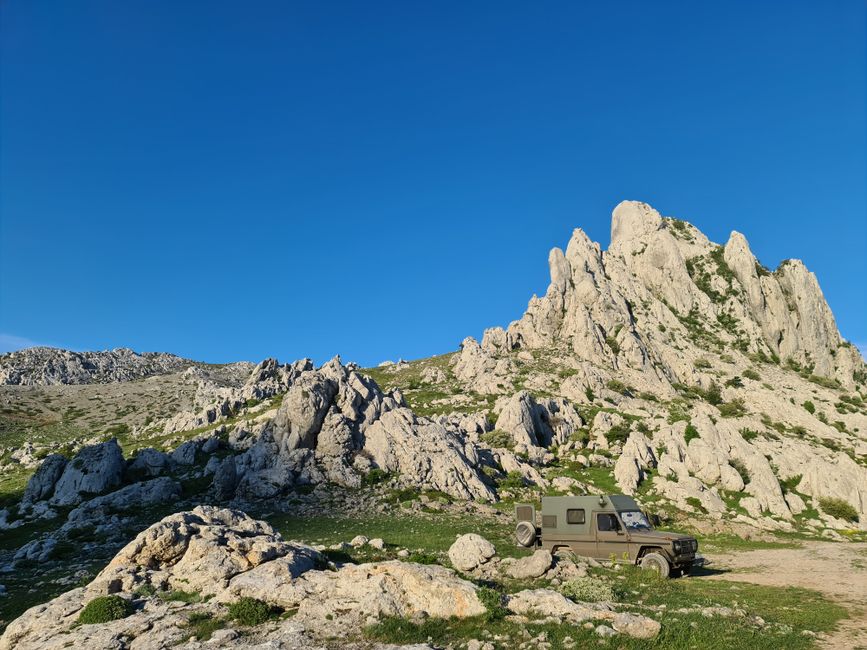
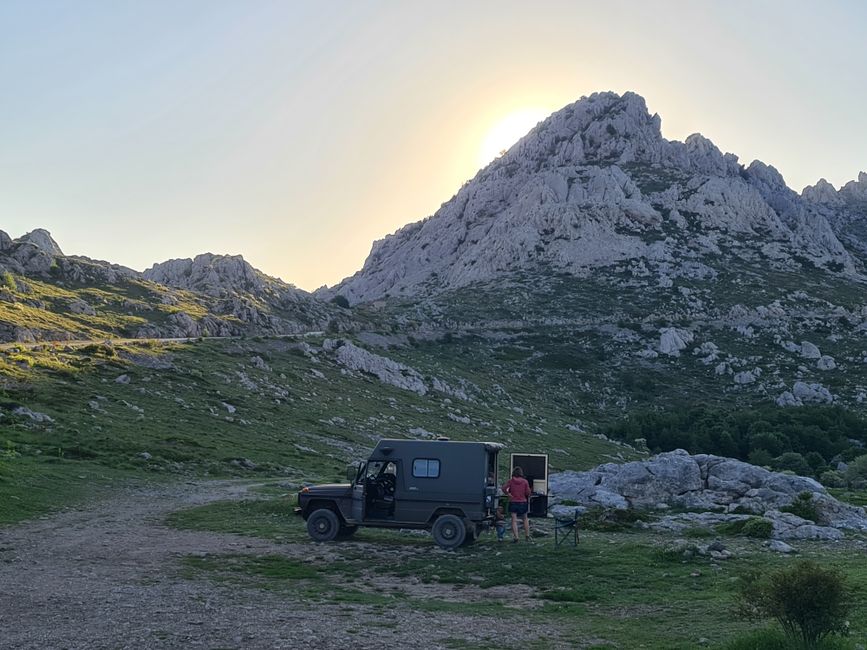
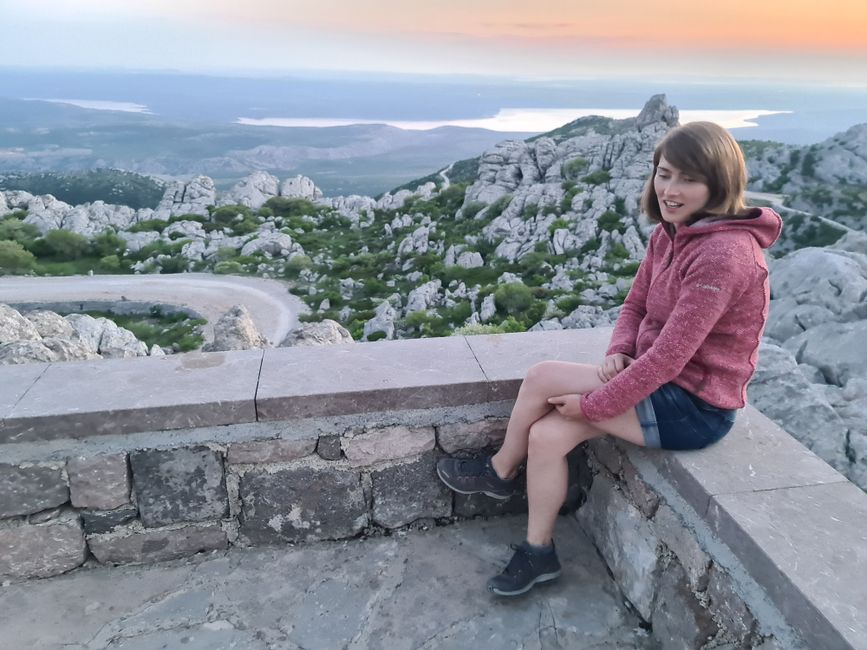
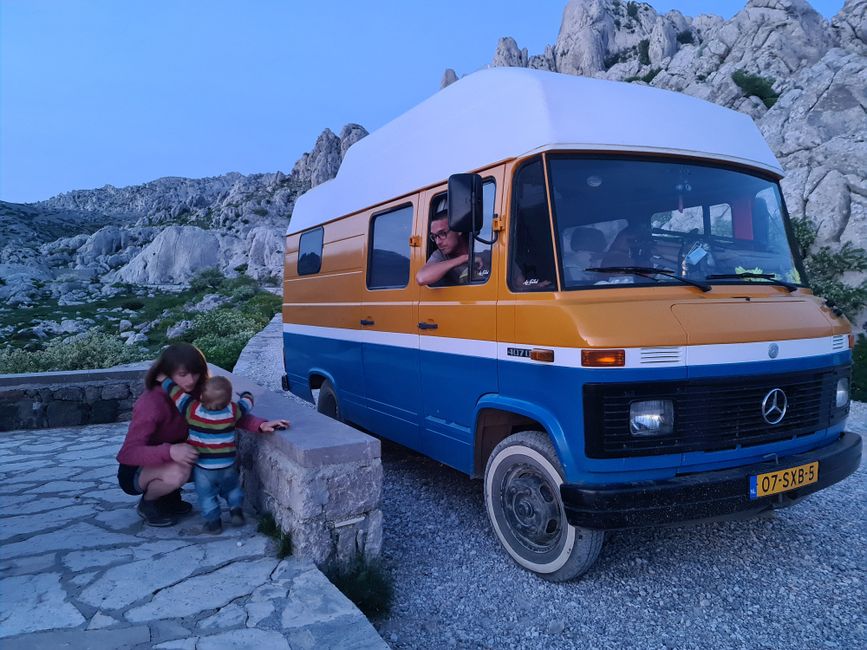
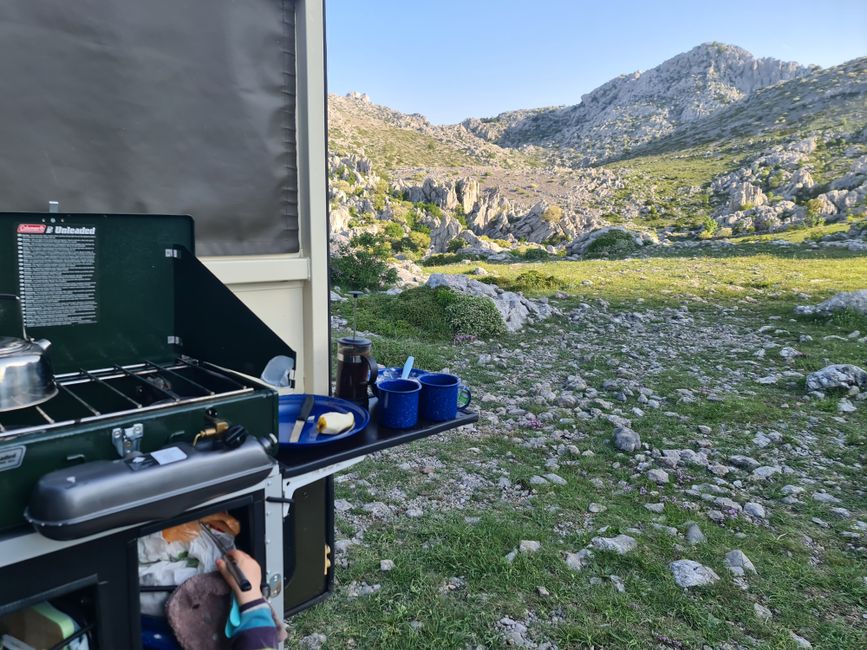
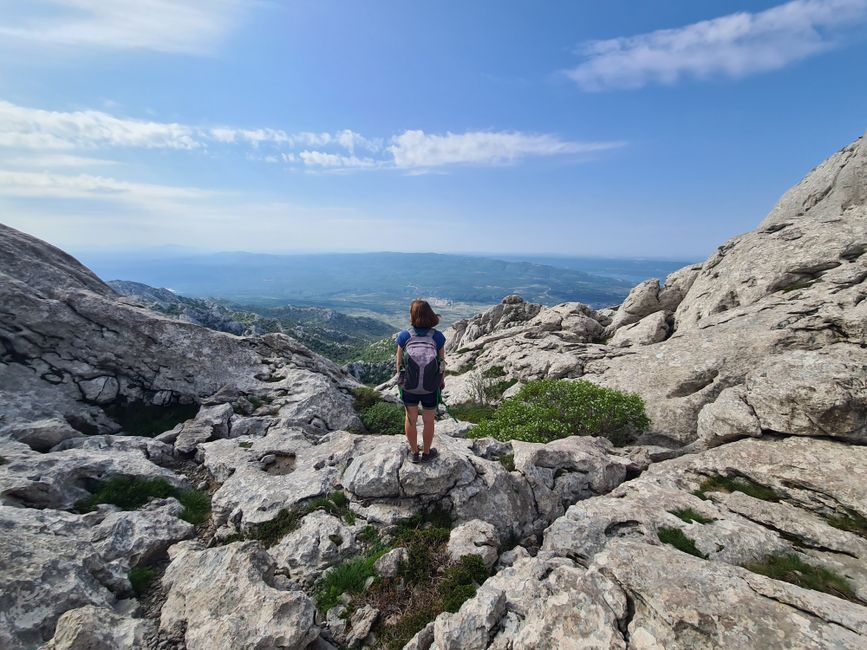
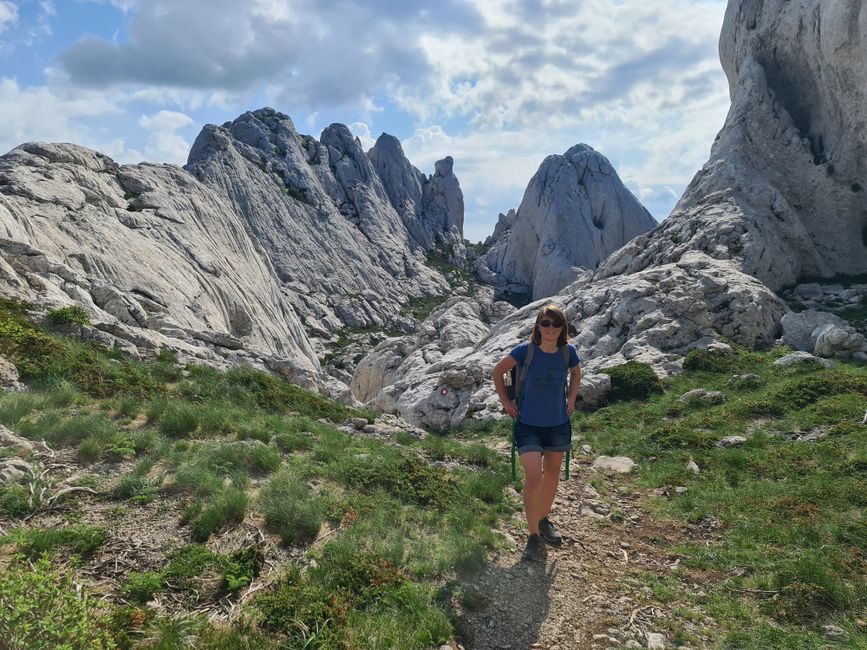
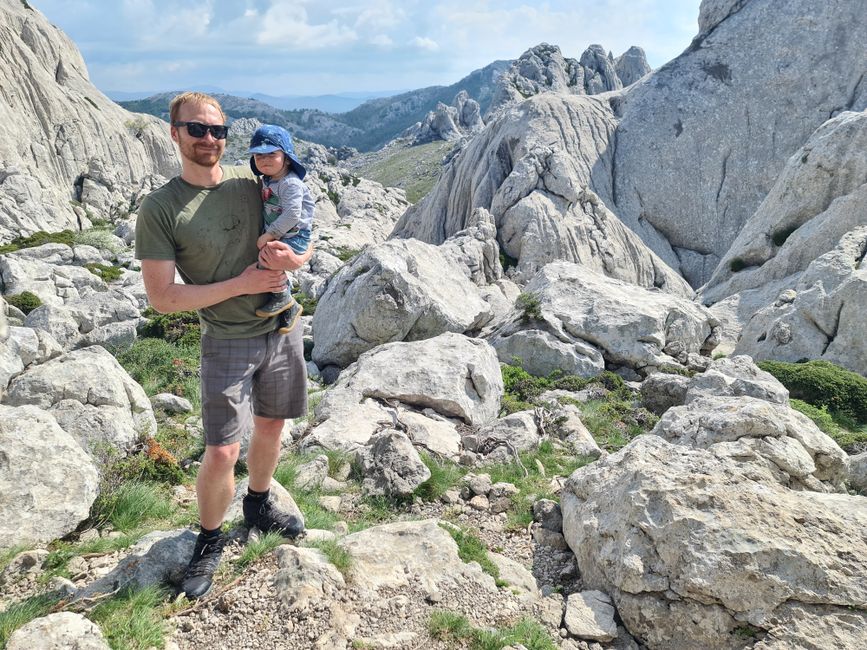
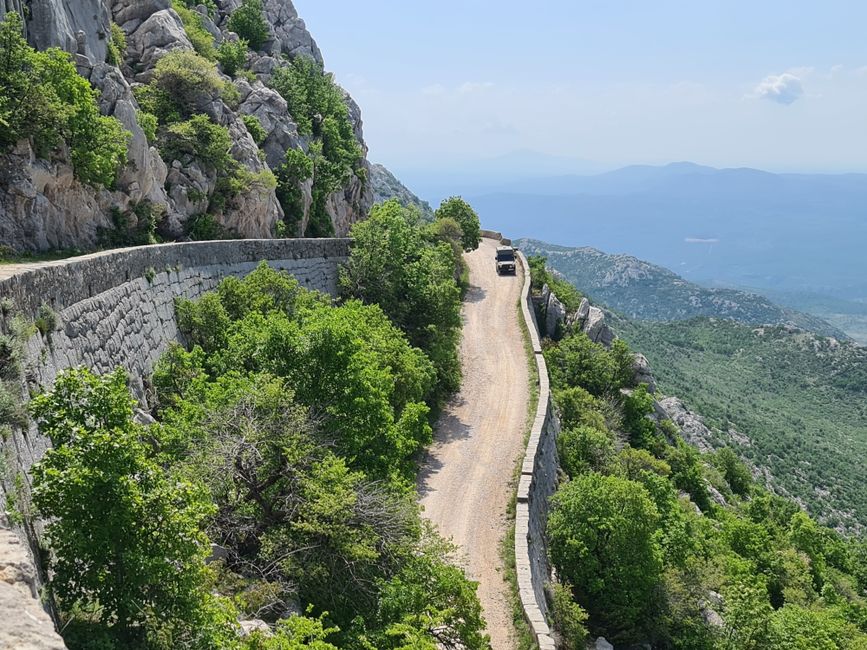
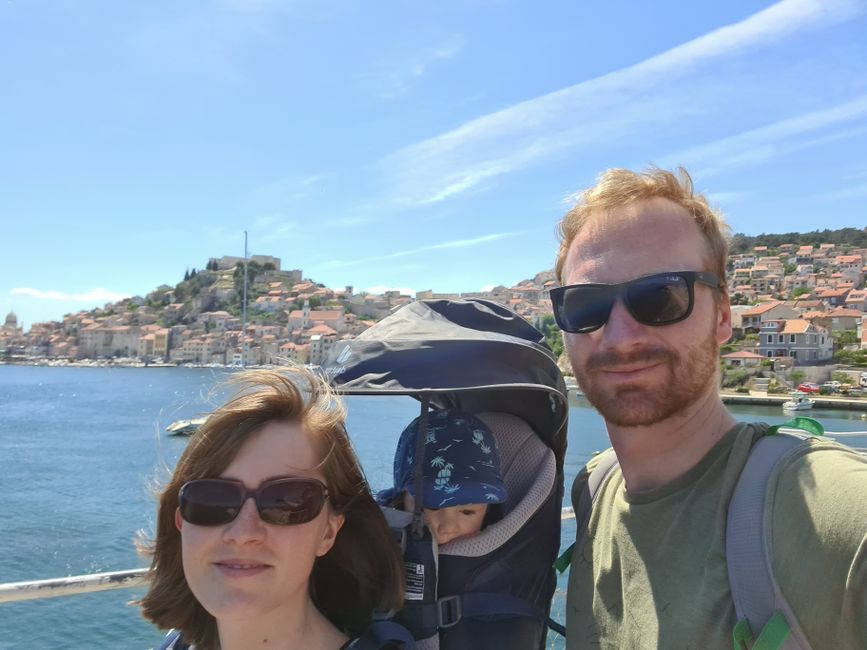
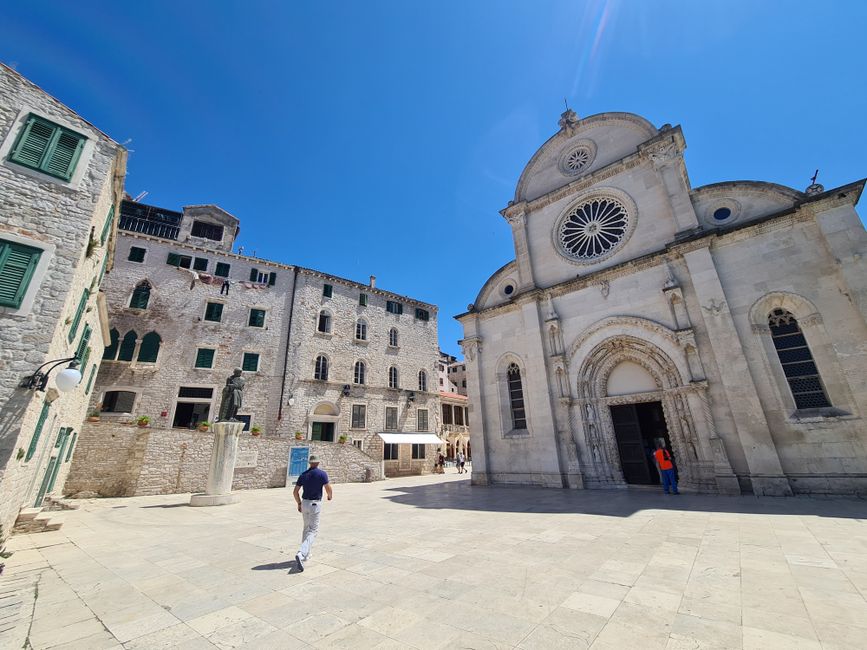
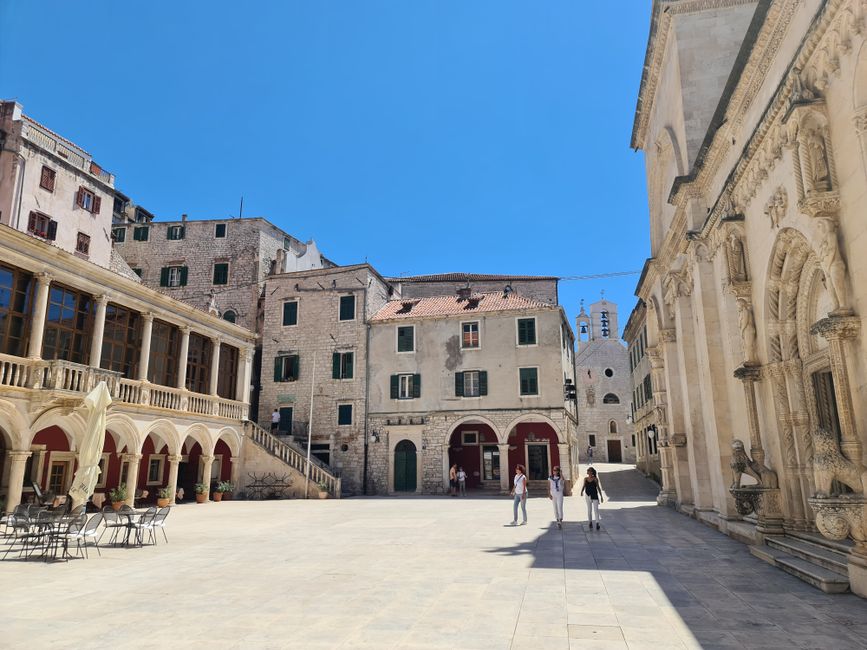
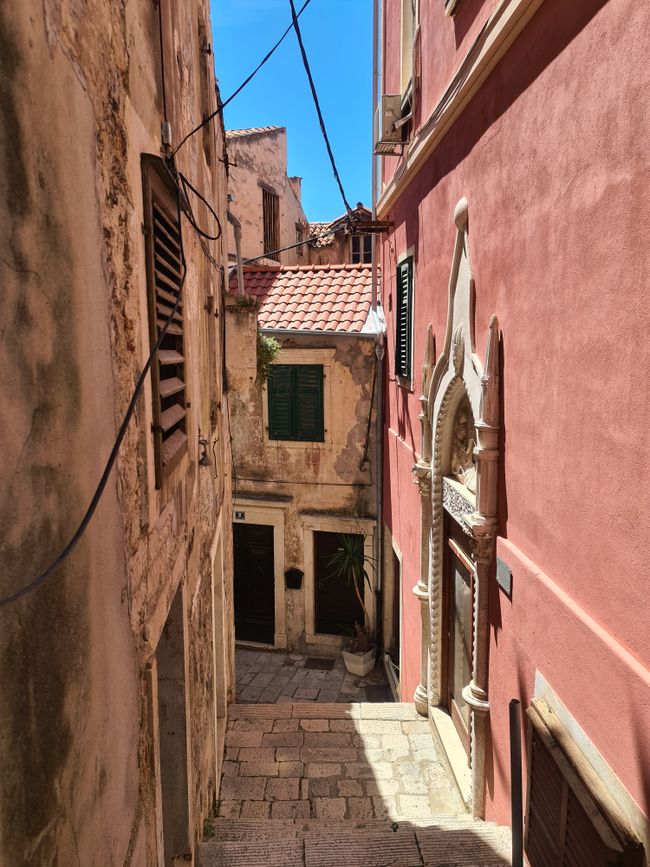
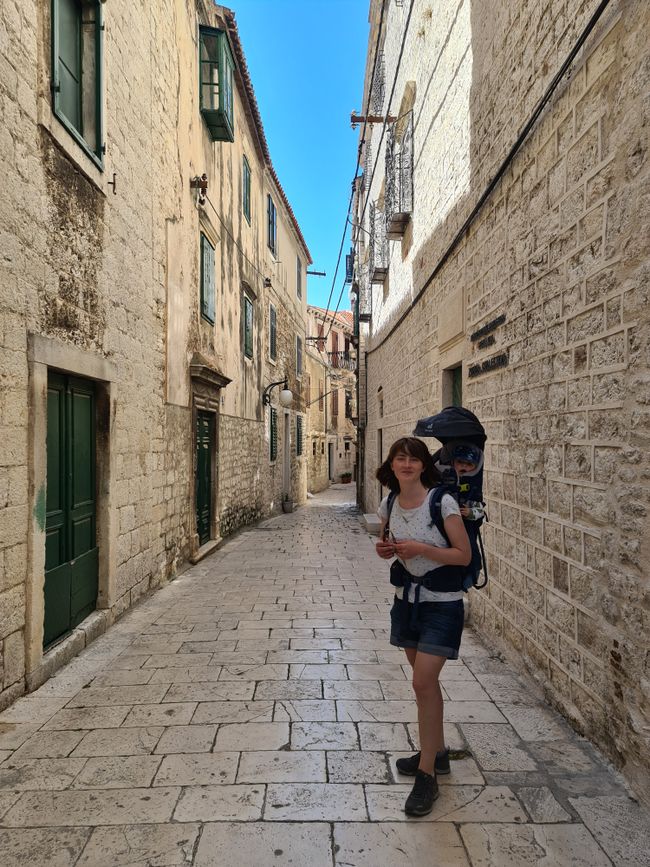
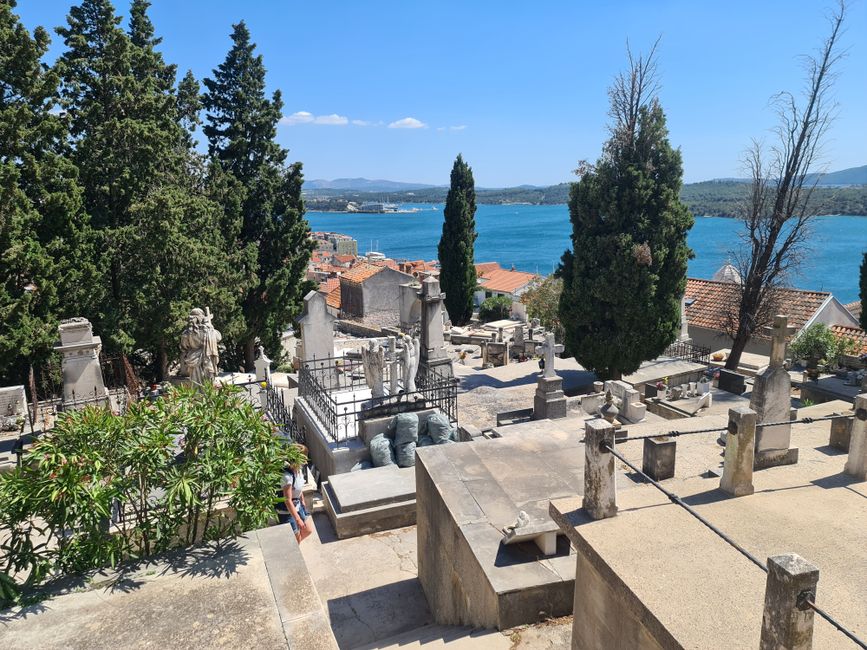
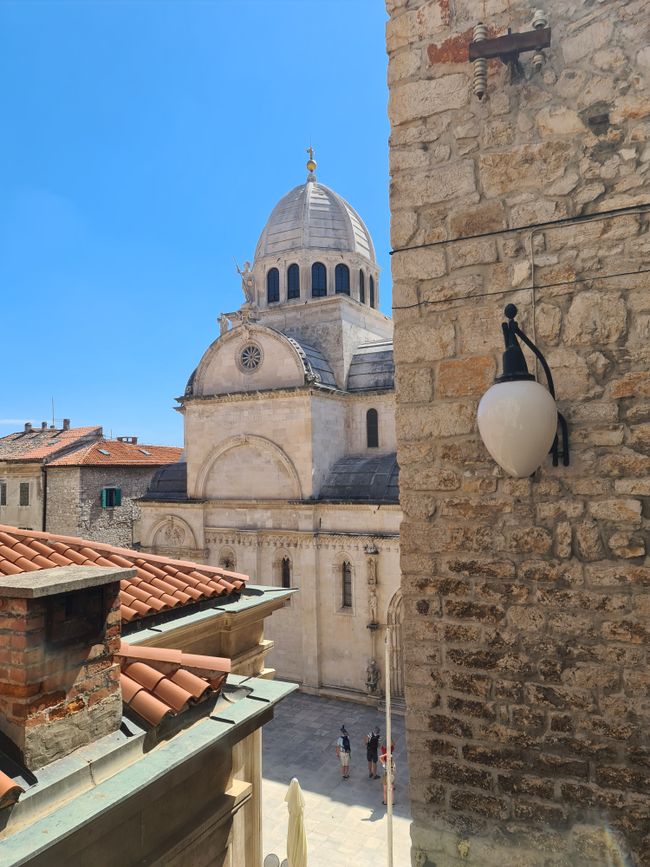
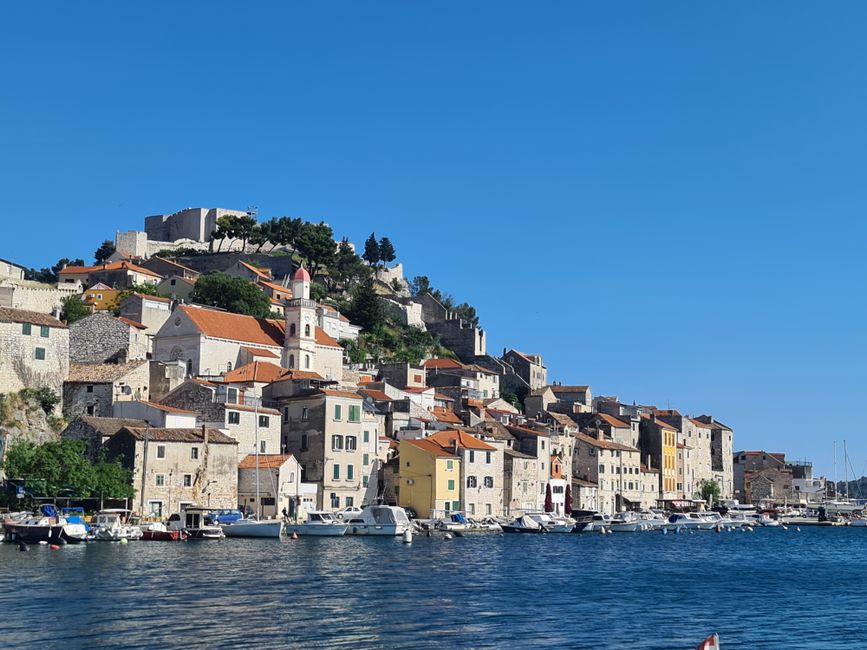
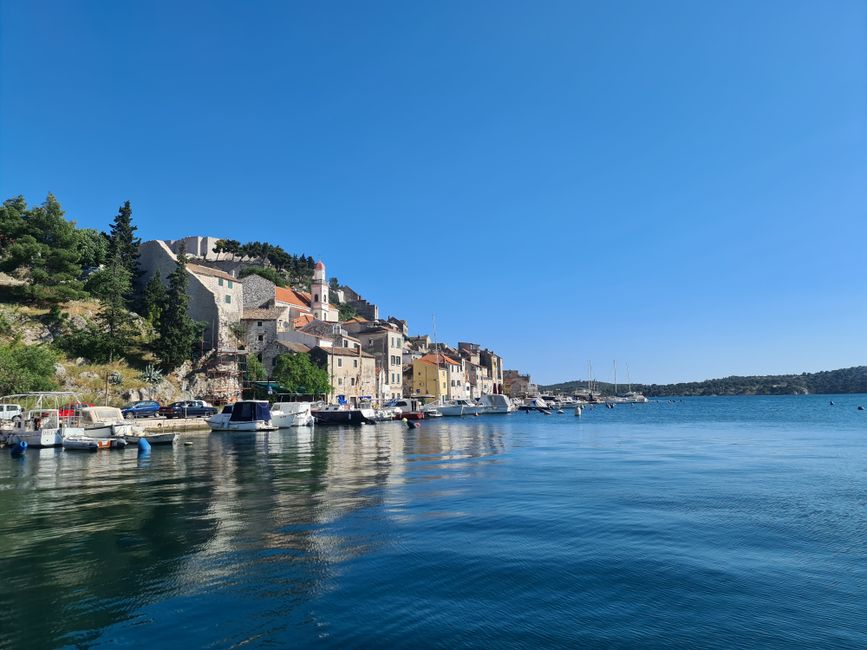
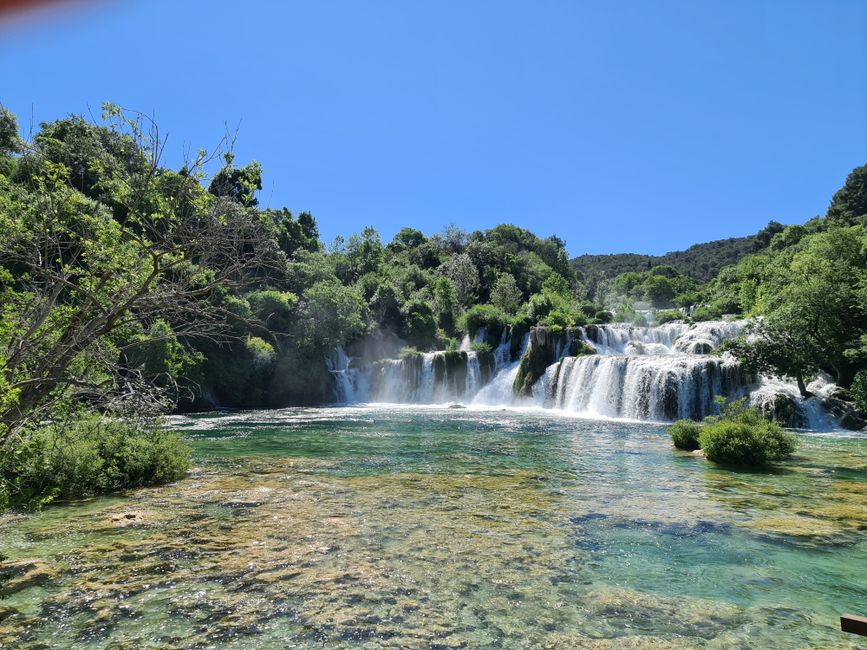
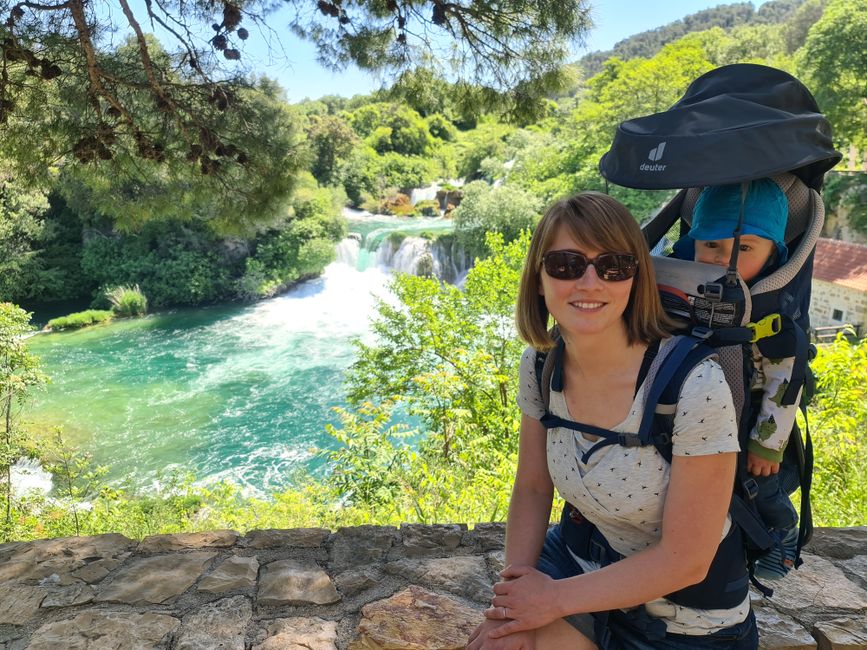
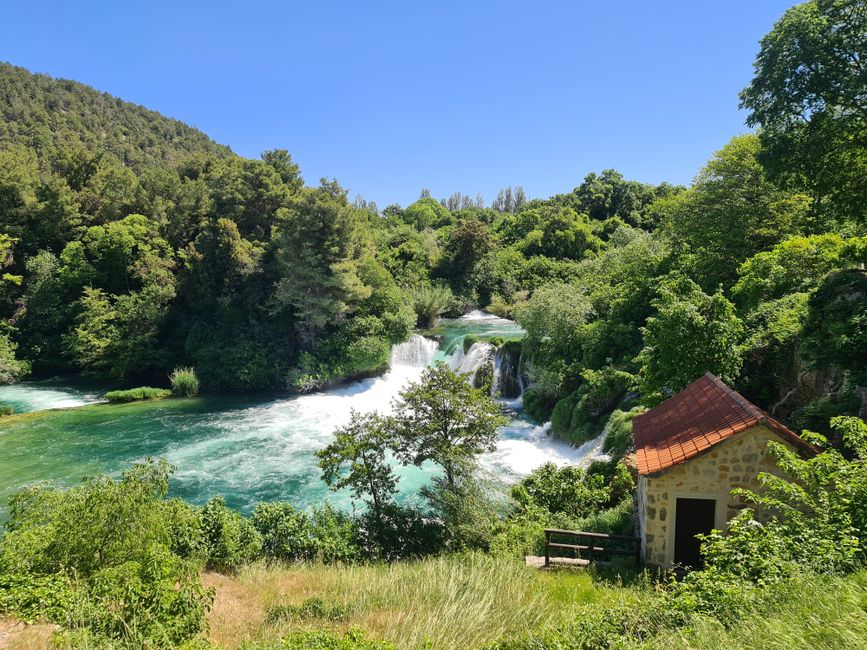
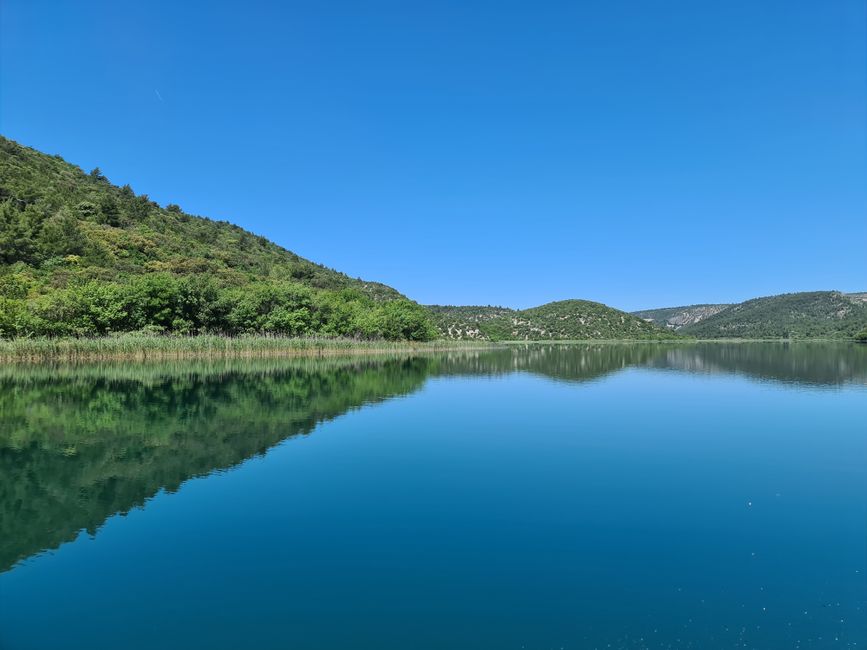
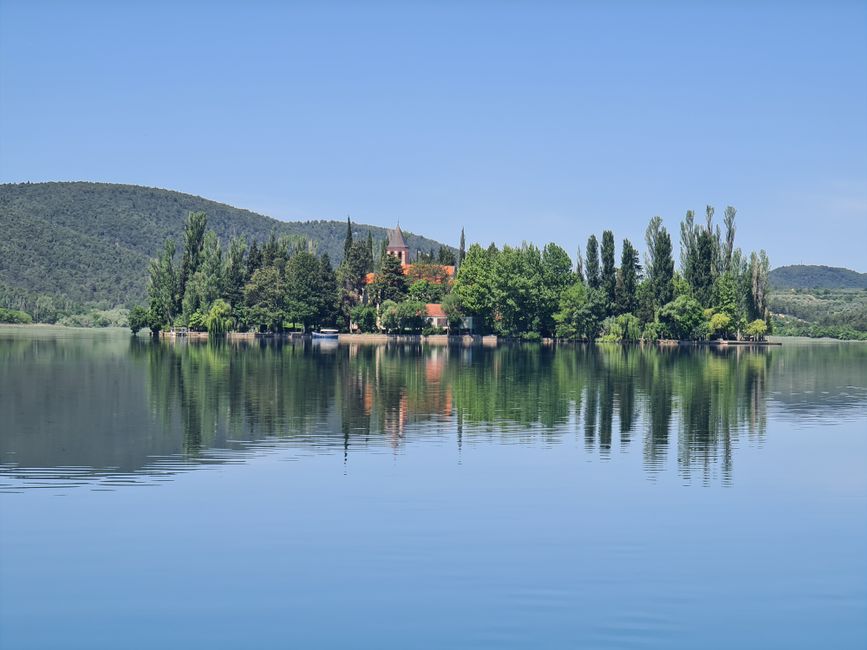
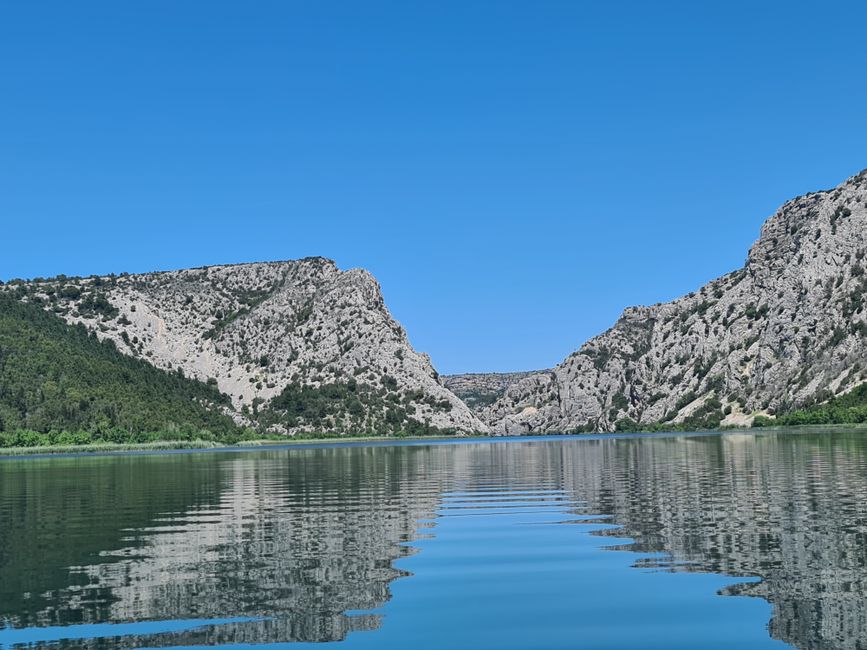
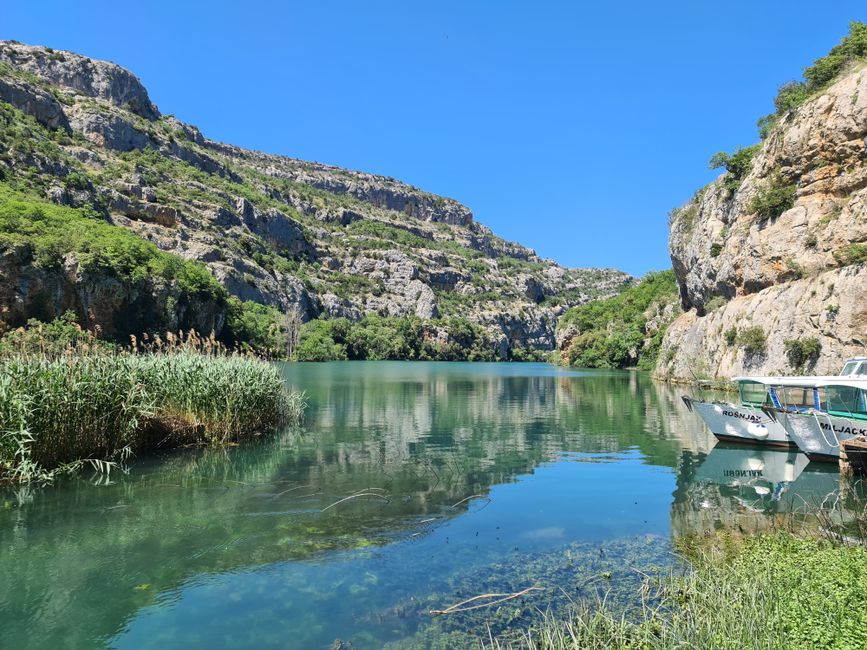
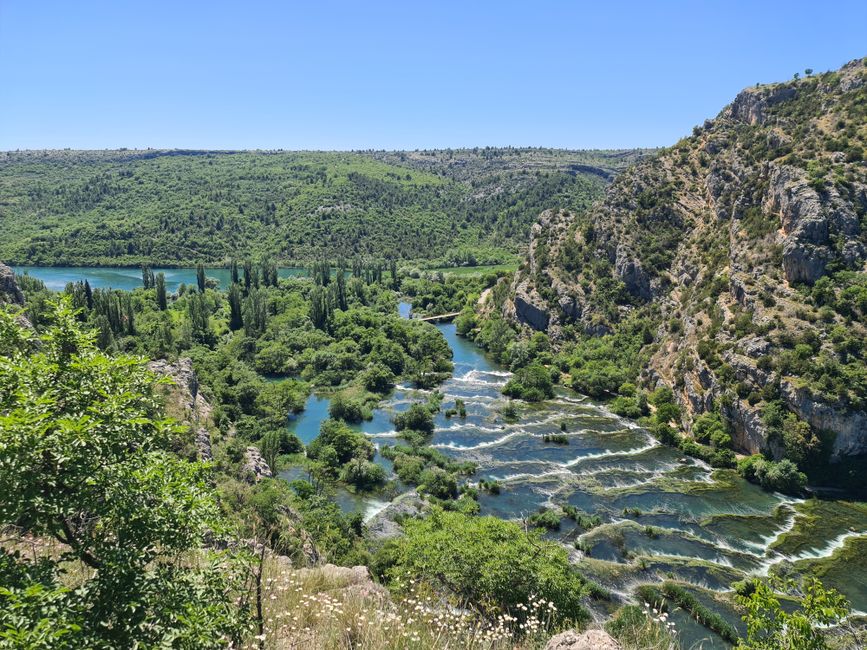
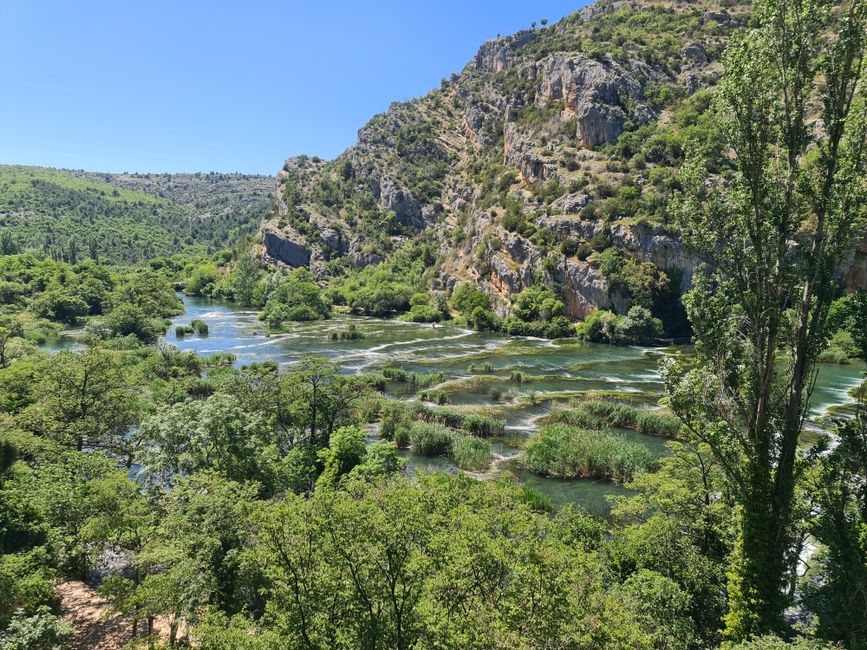
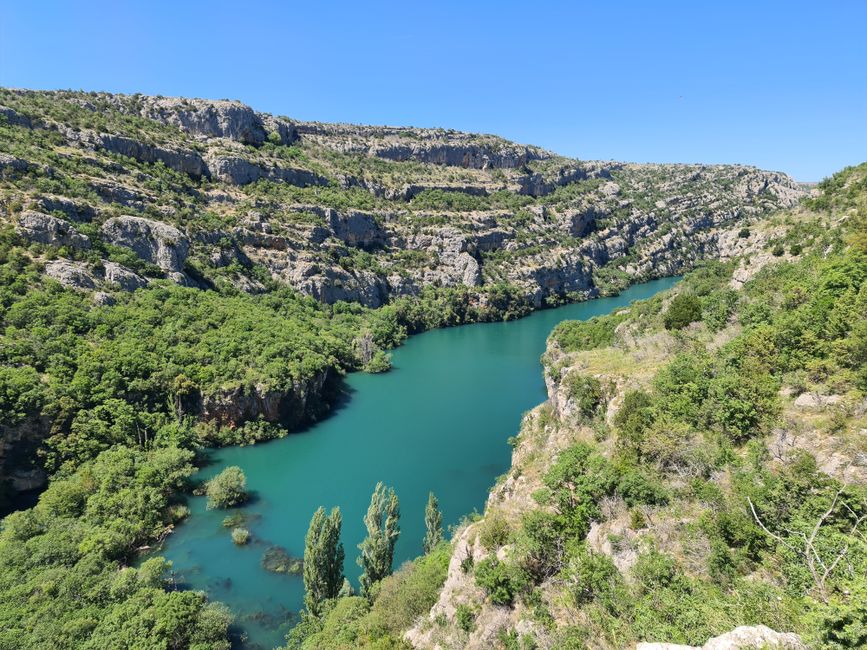
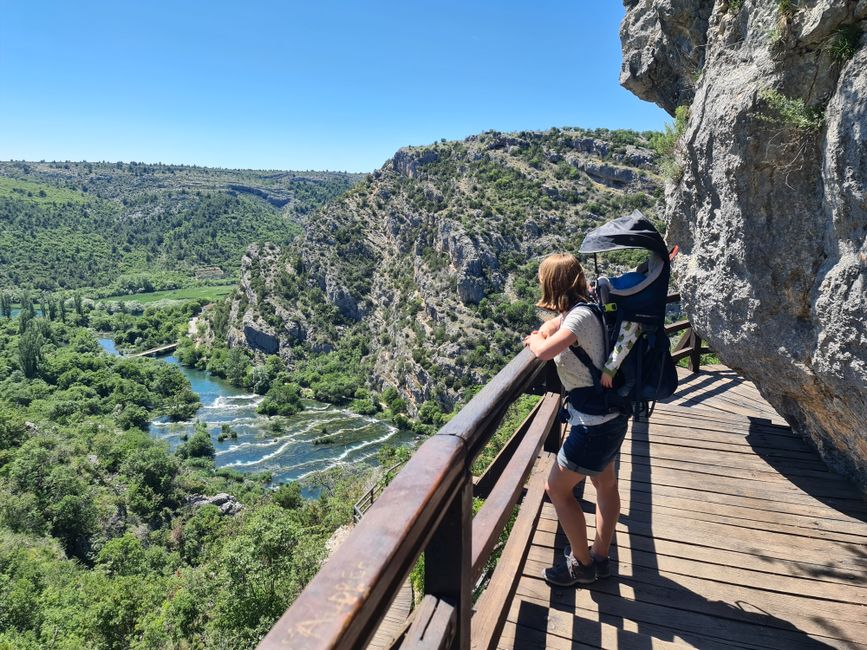
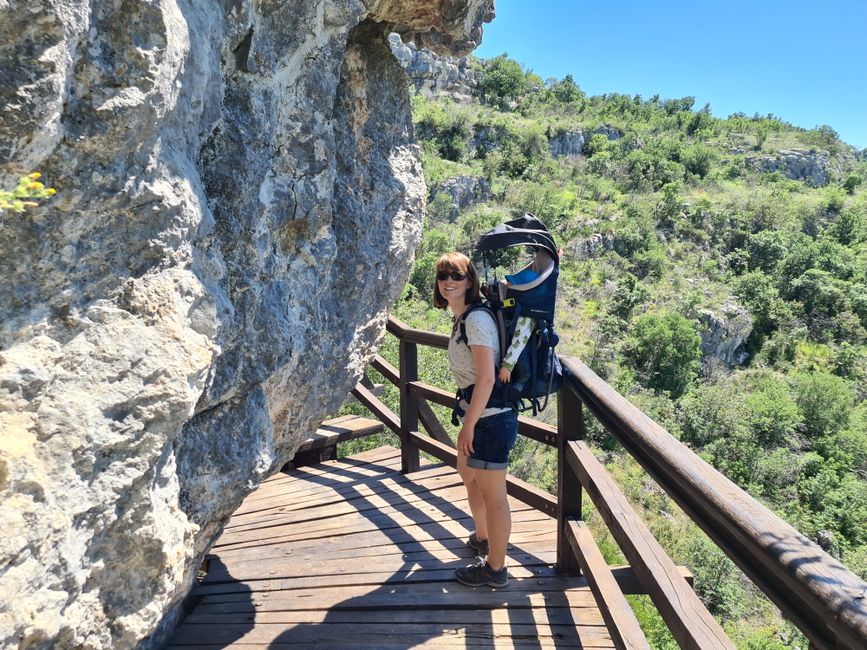
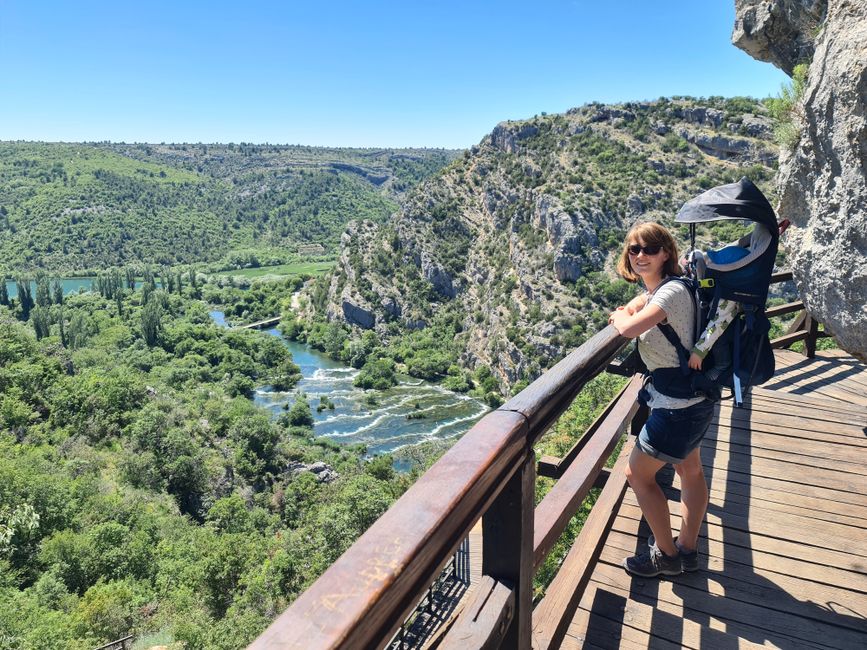
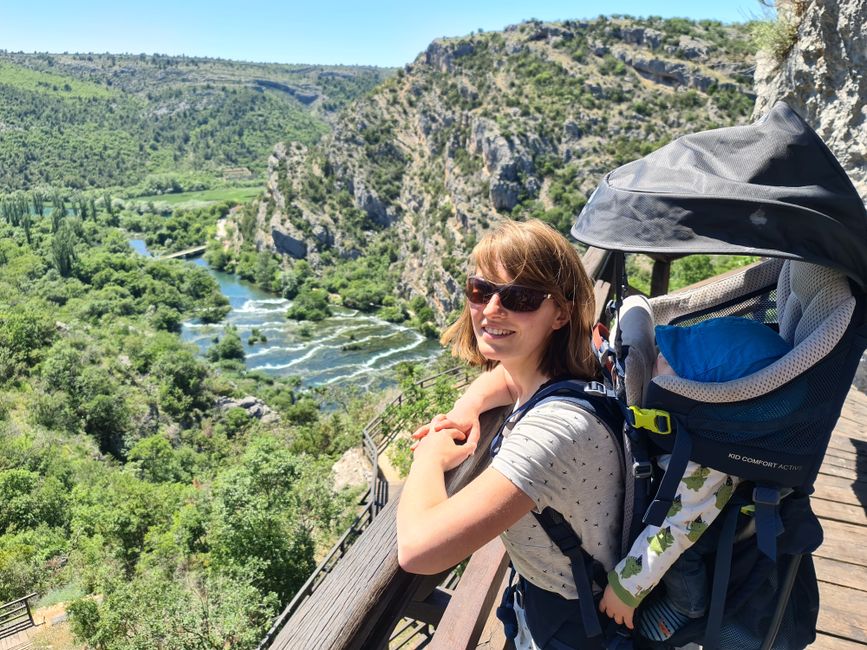
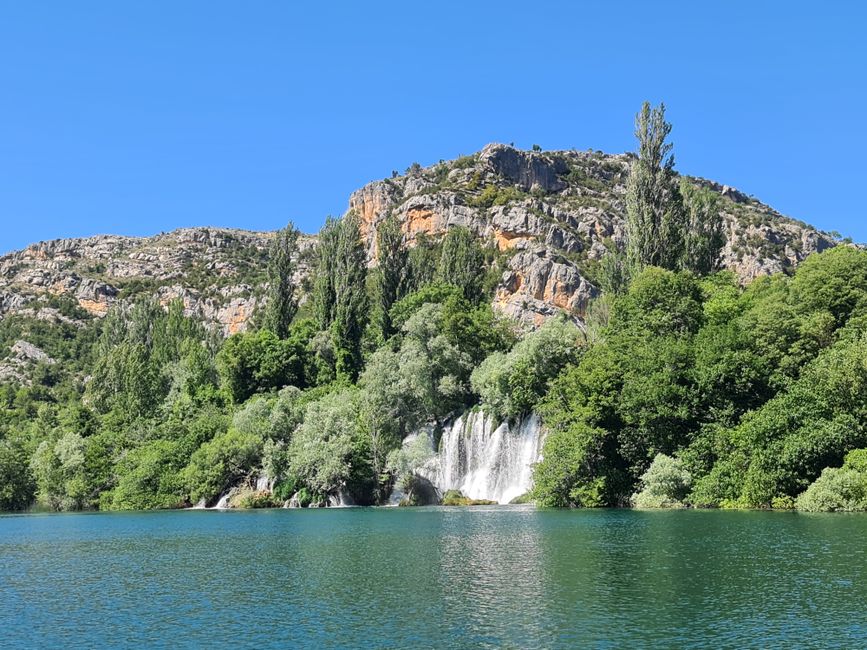
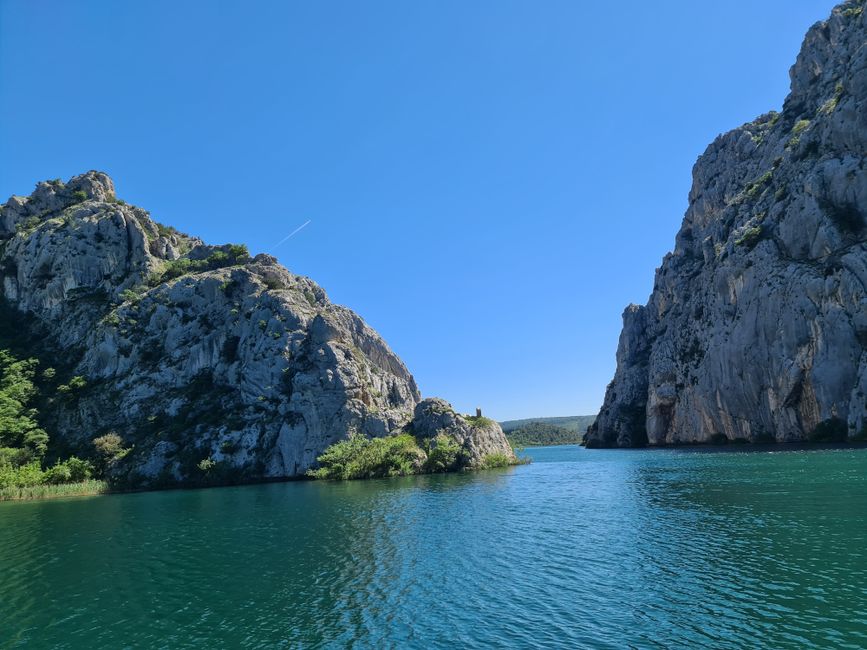
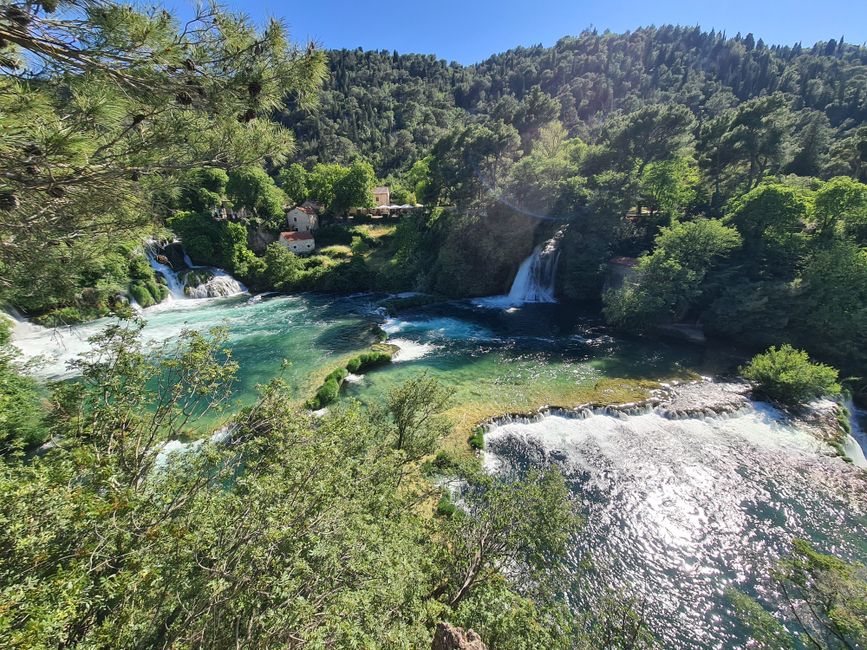
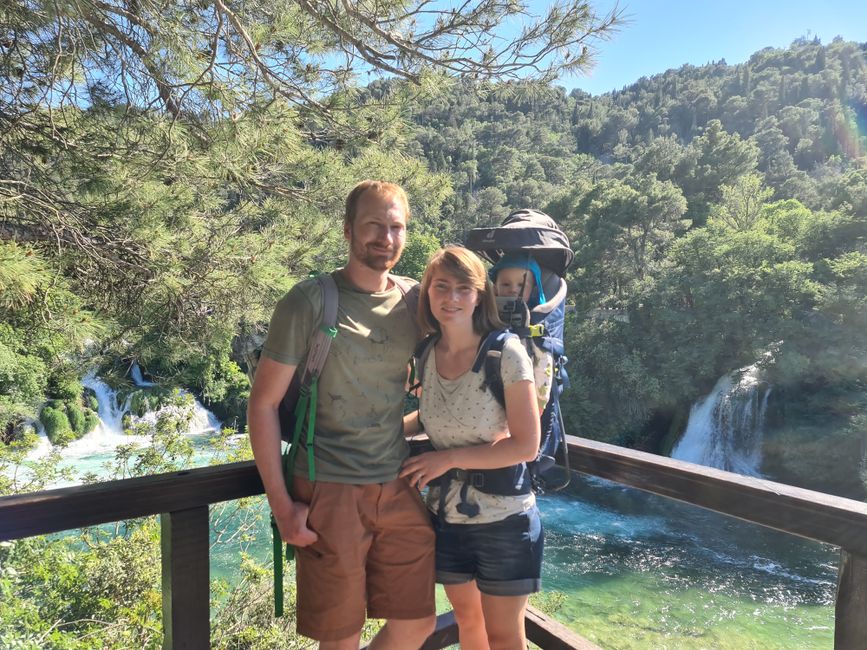
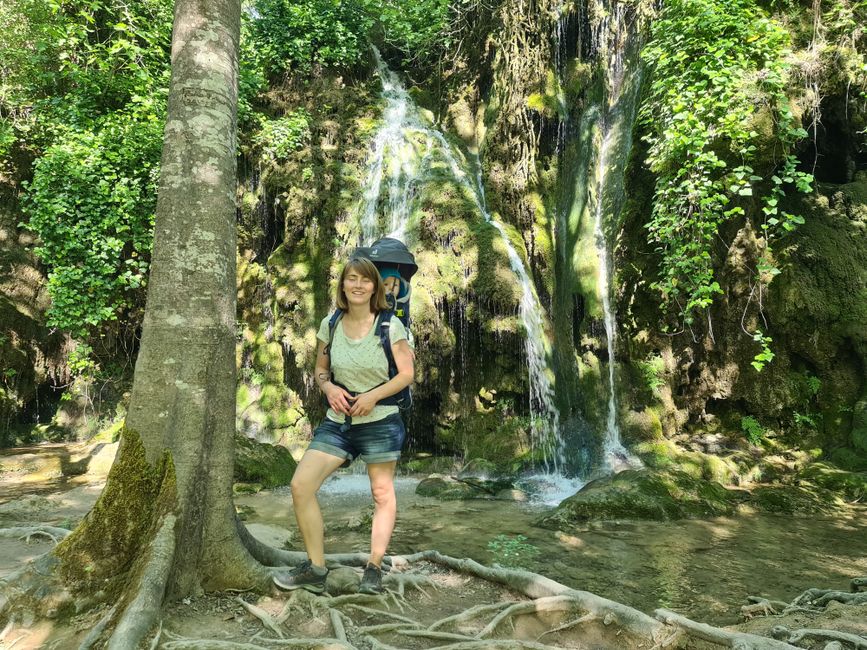
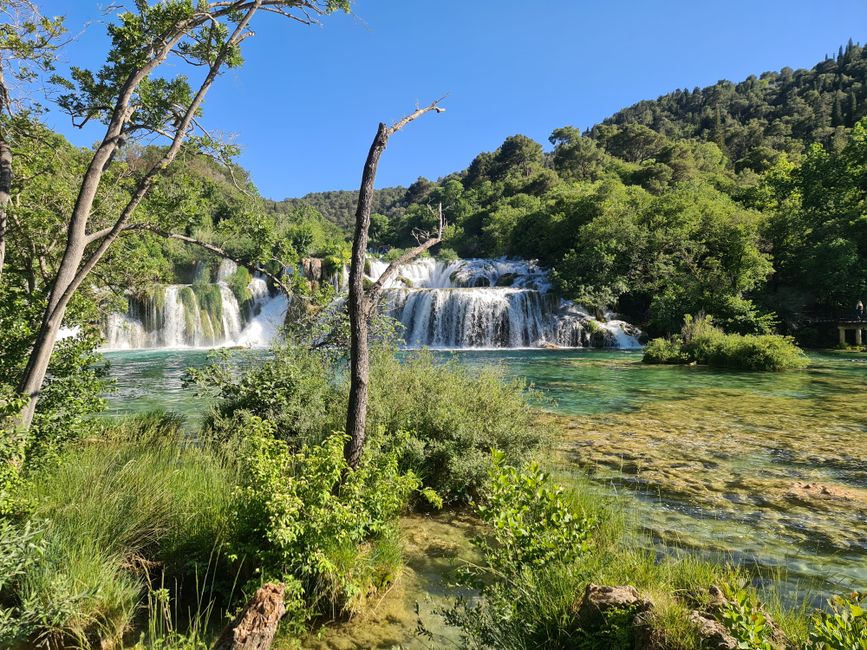
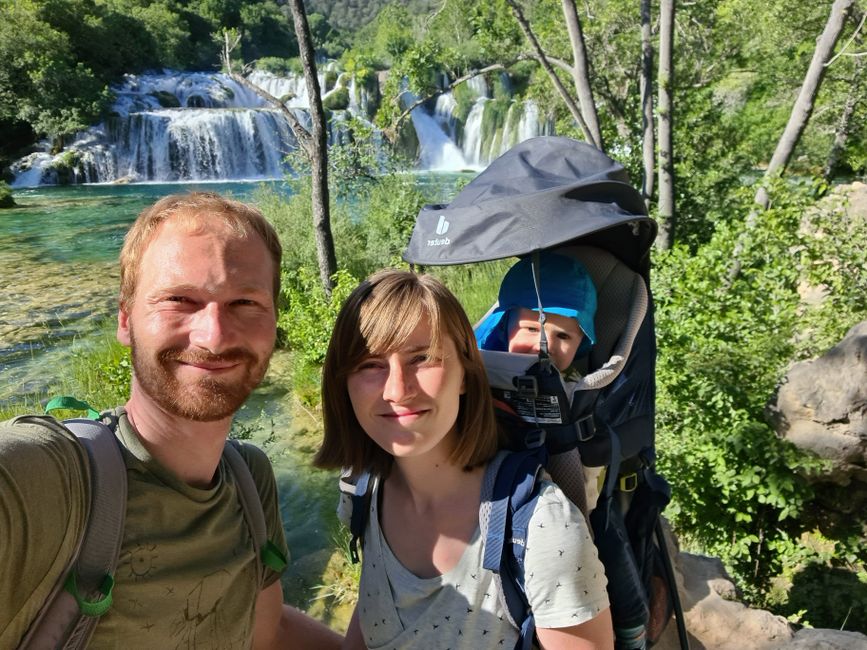
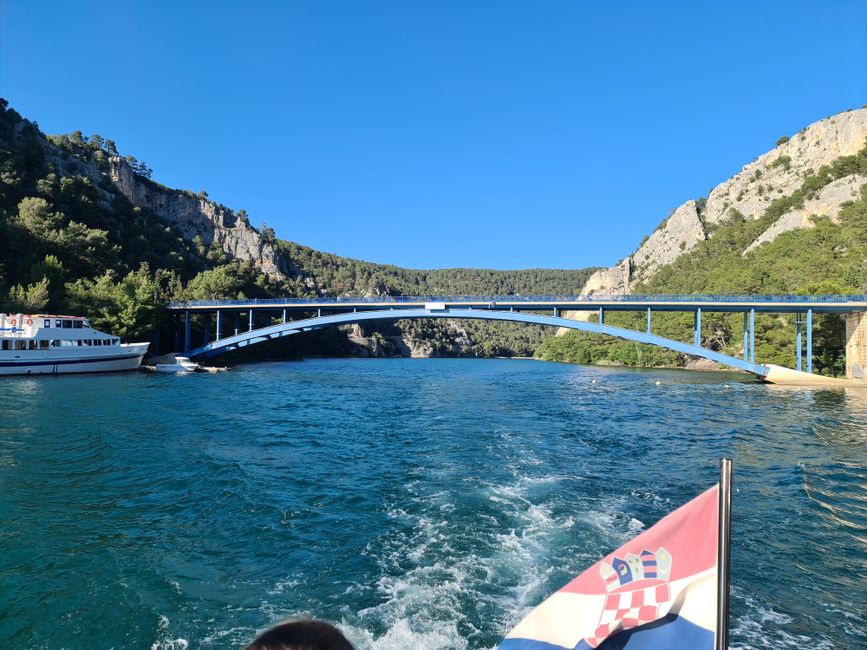
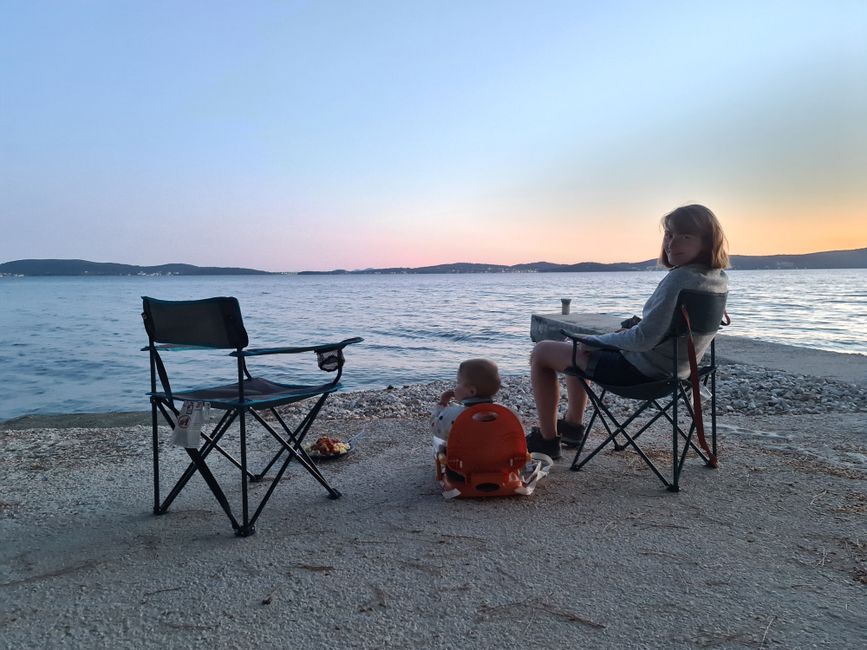
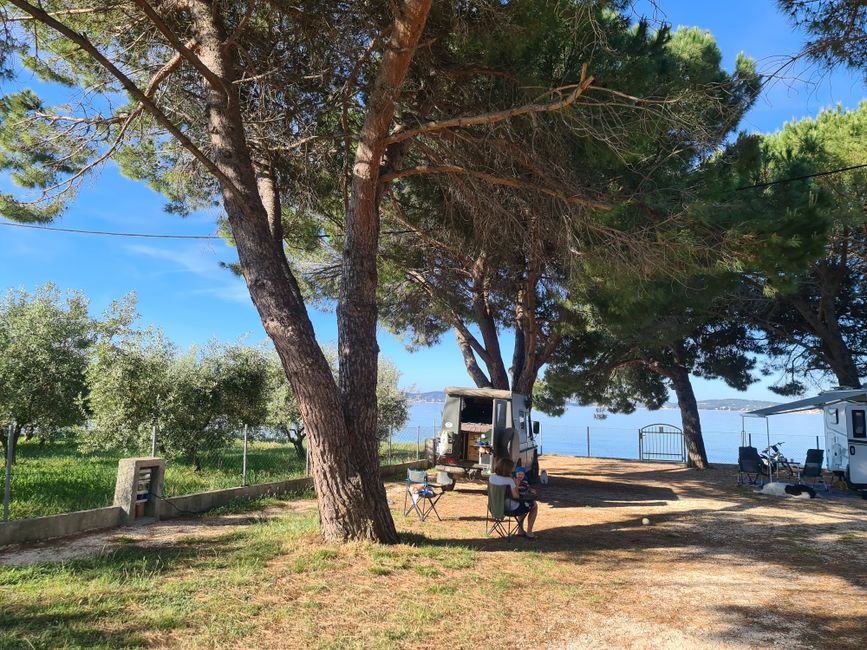
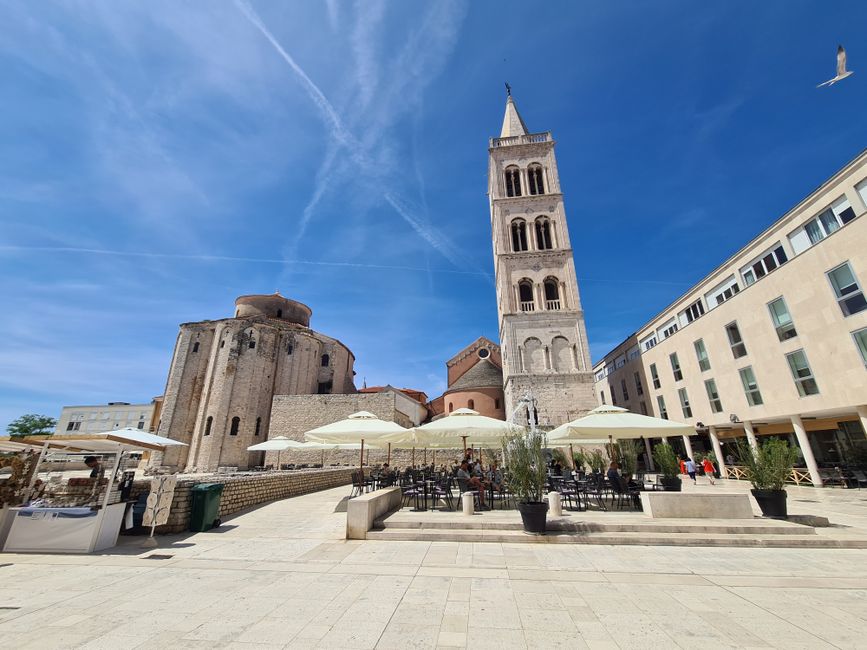
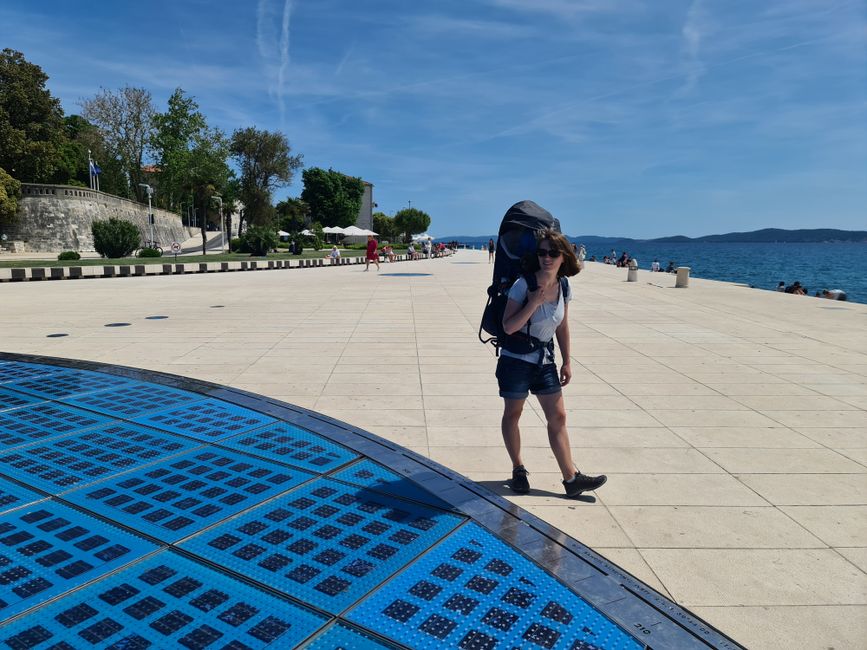
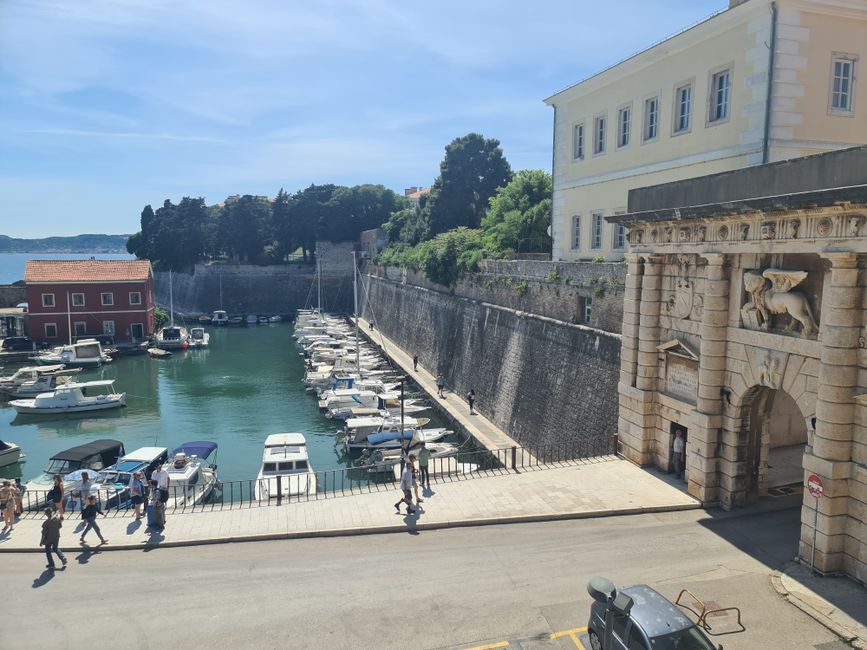
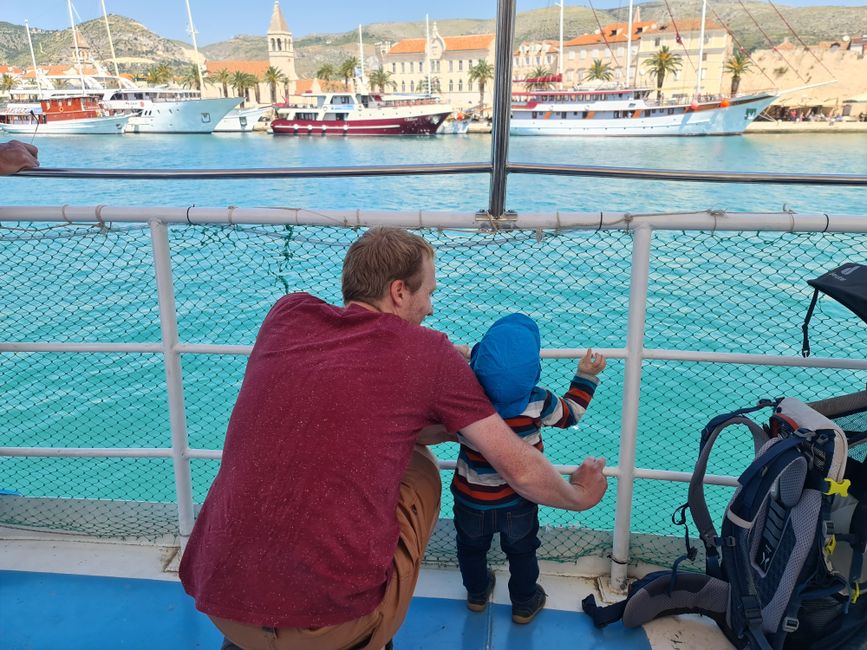
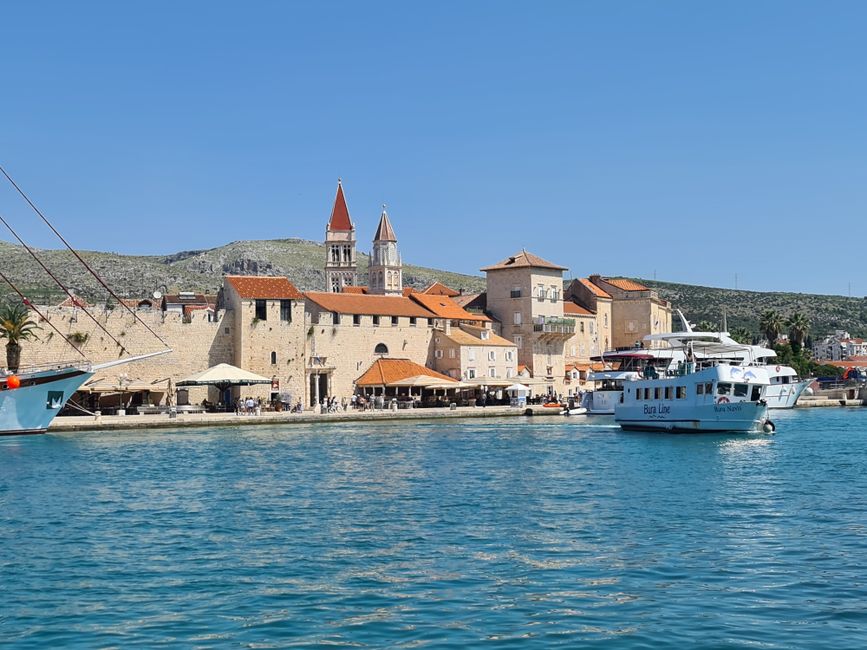
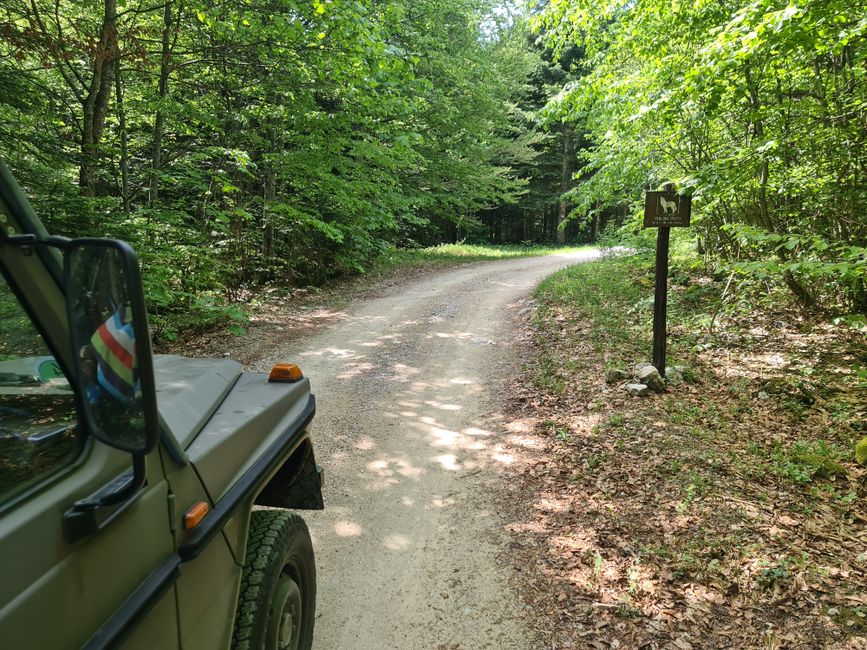
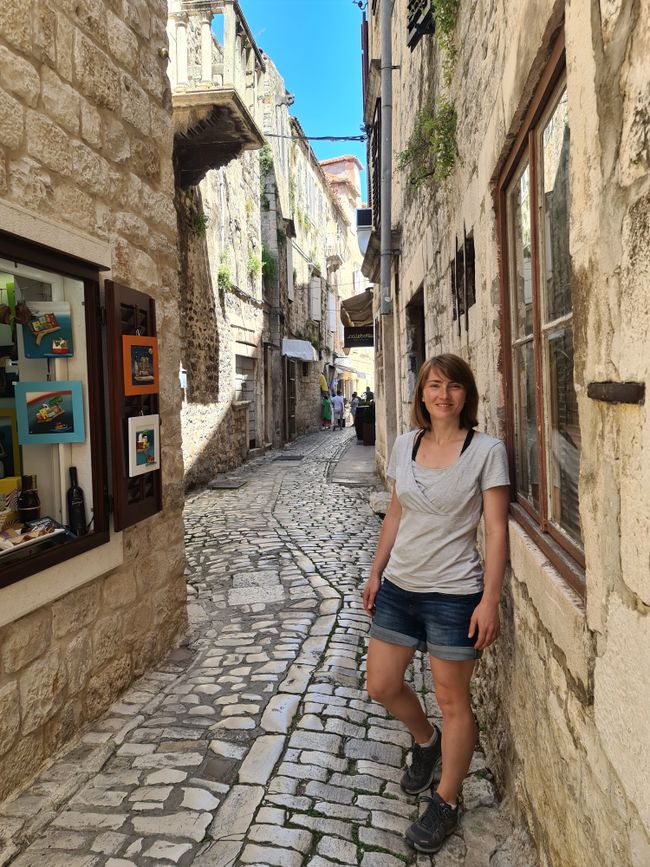
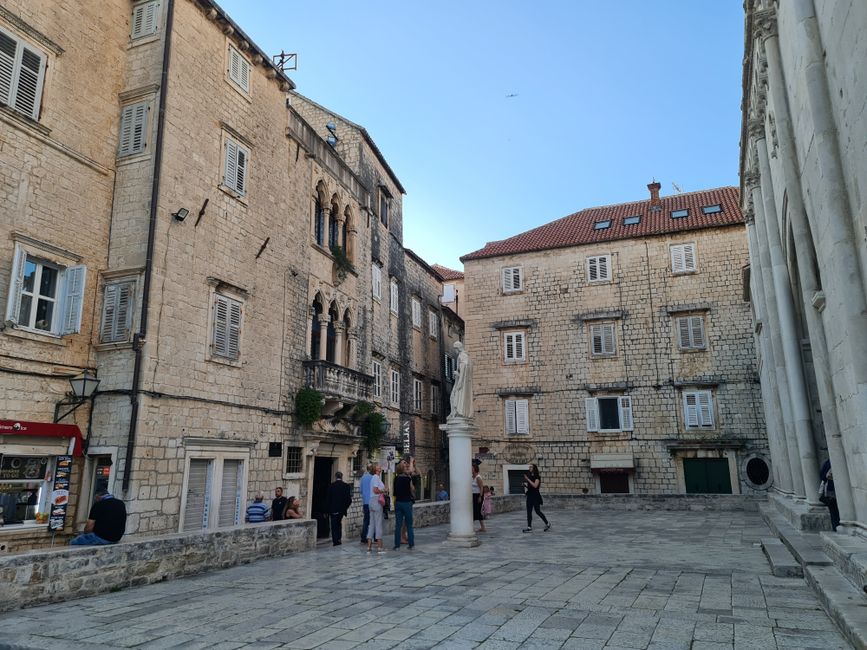
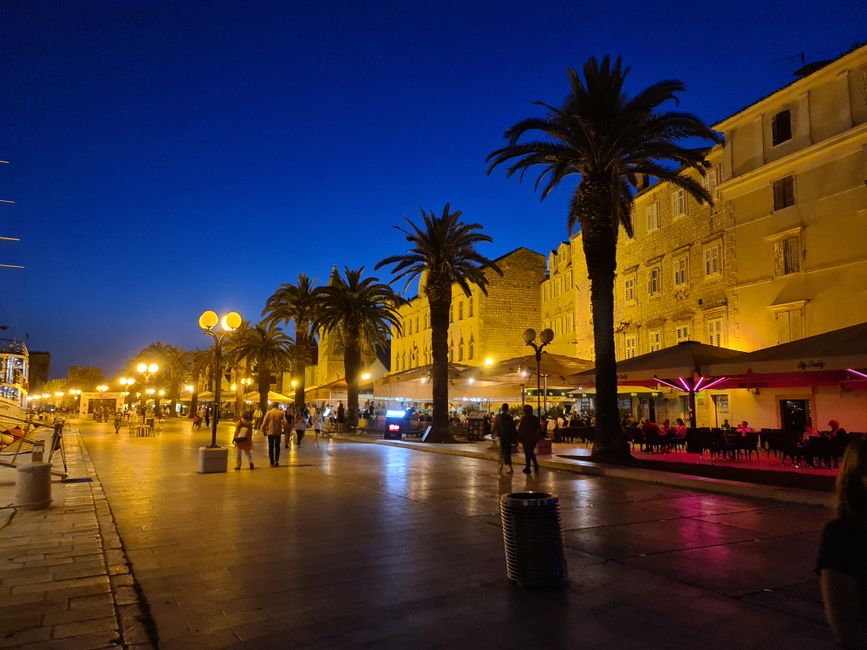
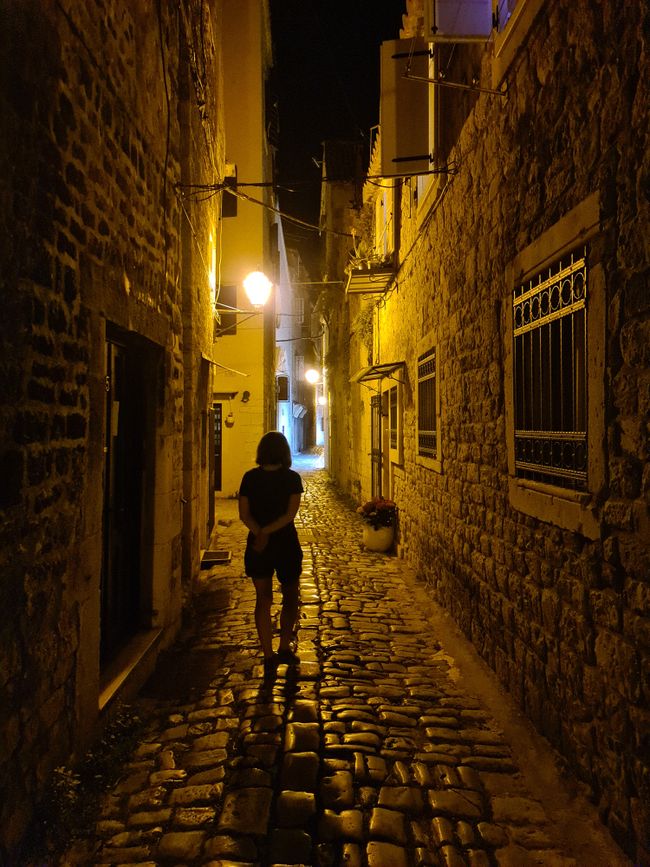
Ynskriuwe foar Nijsbrief
We left the coast at Senj and headed to the Croatian hinterland to visit the Plitvice Lakes. Croatia's hinterland is located entirely in the Dinaric Mountains and is less populated than the coast. This karst mountain range has formed 16 cascading lakes connected by waterfalls. This natural spectacle is the Plitvice Lakes National Park, a UNESCO World Heritage Site and one of the top attractions in Croatia, alongside Dubrovnik. Almost a million visitors come to the park each year, and in the summer, they crowd the narrow boardwalks. In May, it is not as crowded, and we were lucky to have some waterfalls briefly to ourselves. There are several routes to explore along the waterfalls, and boats that take you across the large lake. It's hard to put into words; the crowds come for a reason. It is truly beautiful and gives you the feeling of being Winnetouch paddling on the Silver Lake. The travertine terraces and waterfalls formed by the calcareous water are diverse and beautiful, and the crystal-clear water is inviting for swimming. Unfortunately, swimming is strictly prohibited in the park, for understandable reasons.













From the Plitvice Lakes, we continued to Bihać in Bosnia and Herzegovina (BiH). BiH begins right at the foot of the Dinaric Mountains as a large green plain. What immediately catches the eye is that all village churches have been replaced by mosques.



The actual destination in BiH was the Una National Park, located on the border with Croatia along the river Una. But since we were already there, we took the opportunity to explore Bihać a bit (by the way, this is where a portion of the Kliemann-Fake masks went as a donation). Bihać is located directly on the Una, which divides the city in a wild and romantic way. Overall, it appears very tidy and clean, unlike what we expected. The city is in stark contrast to other Muslim places we have visited, as here, women dressed in Western clothing walk through the streets with shopping bags from Deichmann and DM, while the call to prayer sounds from the mosque. But when you walk through the Konzum supermarket and see the selection and freshness of the food, you realize that you have arrived in a less wealthy part of the Balkans.






The Una National Park was heavily funded by the EU. Unfortunately, it quickly became apparent to us that the guidebook not only forgot to describe hiking trails and activities in the park, but that they simply do not exist (yet), and rafting and canoeing are not feasible with Karl. However, the waterfalls at Strabački Buk were all the more spectacular, and G got back on the road.





At the large picnic area in the national park, it became clear once again how children contribute to international understanding.

From the Una National Park, we returned to Croatia. Here in Northern Dalmatia, the Croatian hinterland can be imagined as a large valley between two mountain ranges. Behind the mountains to the east is BiH, and to the west is the Adriatic Sea. The area in between was heavily destroyed during the Yugoslav Wars, and many cities were leveled. Landmines are still a major problem here. Fortunately, there are relatively accurate mine maps, so we were able to wild camp despite the danger.



Now we entered Winnetouch's eternal hunting grounds. In the Velebit Mountains, part of the Dinaric Alps and located directly on the coast, the Winnetou trilogy was filmed in the 1960s. Due to its coastal location and altitude, this is also where the cold Bora wind originates.
We explored the mountains on narrow tracks, hiking and occasionally scrambling. Even though we never saw Winnetou, we still felt like we were in the Wild West with coyote howls, Indians in the mountains, and fantastic views of the Adriatic Sea.

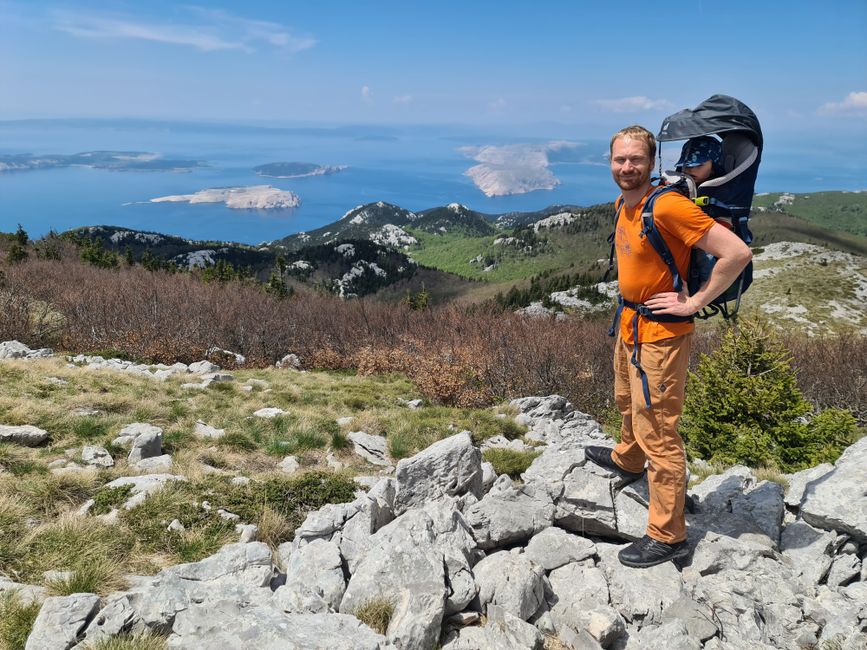









To reach the southern part of Velebit, we had to make a small detour to the coast. Here, we drove along the magnificent coastal road once again.





In the southern part of Velebit, we wanted to drive the Mali Alan Pass and climb Tulove Grede. We were almost the only ones around. We only met one German searching for the filming location of - attention, spoiler! - Winnetou's death scene, and a Dutch expat who has been traveling in his bus with two dogs for five years and just returned from wintering in Greece. Since there wasn't much happening up there, we camped alone in the mountain panorama and climbed Tulove Grede the next morning, where we had a breathtaking view of the coast and Zadar.
















After so much nature, we were craving a bit of civilization, and Zadar is the first major city since Pula. So we used it for errands and had a small oil leak in the G fixed. However, a spare part was needed, which could only be delivered in three days. So, we decided to leave Zadar for now and continue south to Šibenik. Šibenik boasts a beautiful small old town and, once again, a UNESCO World Heritage Site, the Cathedral of St. James. More importantly, it served as the filming location for Braavos in Game of Thrones.










Zadar had a surprise for us after all. To get from the workshop to the city, we took an Uber and paid €5 for the ride. Terence took a taxi to pick up the G since there was no Uber nearby. That ride cost €35 and doubled the price of the repair. It seems that taxi driving is as lucrative here as it is in Cuba.
All the holes in the G were fixed, and we continued along the coastal route south. Falco recommended the small town of Trogir as a stop, and indeed, Trogir welcomes visitors with a beautiful little old town on an island. We stayed in an Airbnb apartment right in the old town and spent the mild spring evening at the harbor, mingling with the locals at the ongoing street food festival. Since Split's airport is located about 10 km away from Trogir, and planes fly over the city every minute, we waved to the newcomers we would meet in the streets of Split the next day.



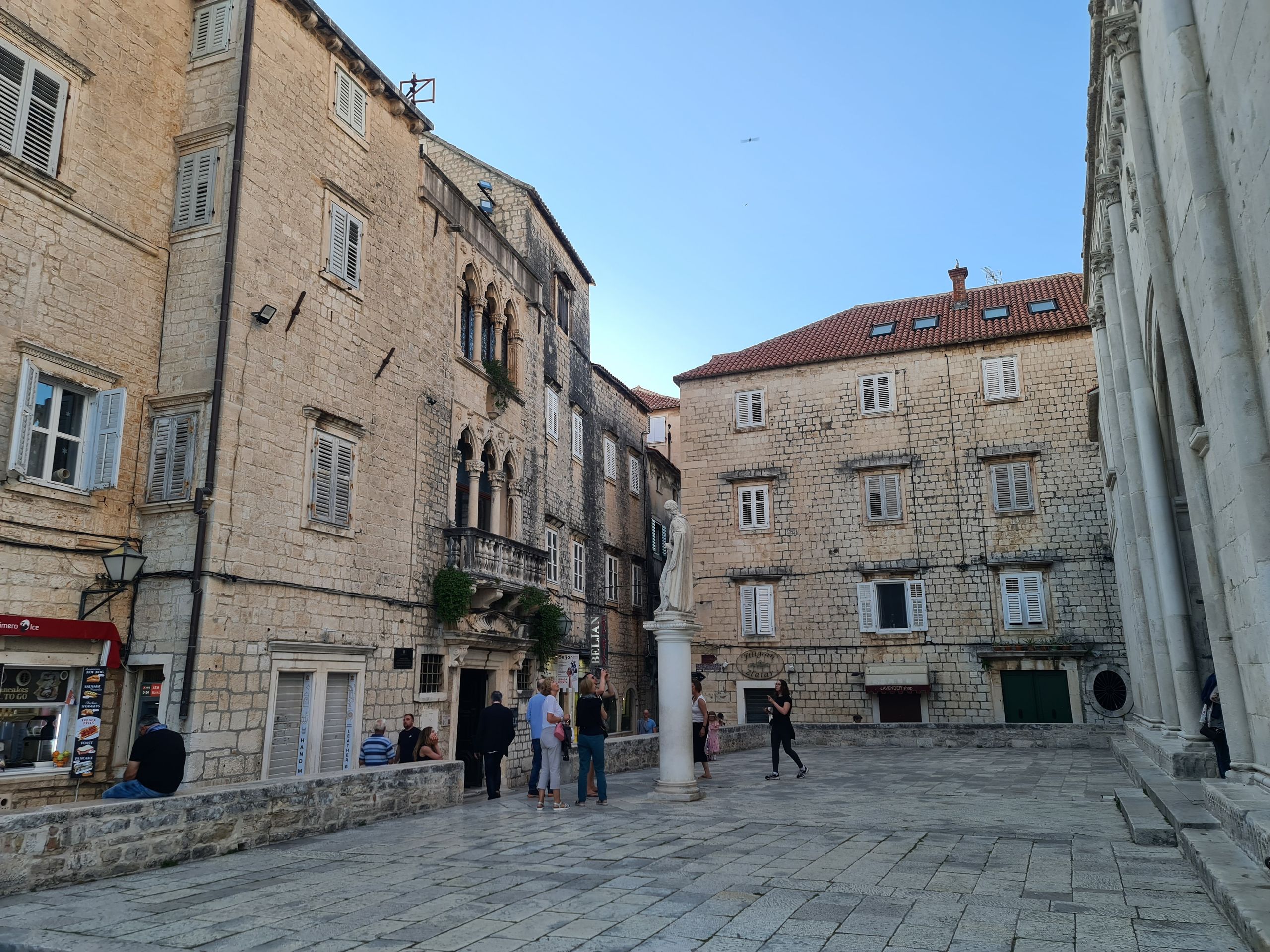


Ynskriuwe foar Nijsbrief
Antwurd
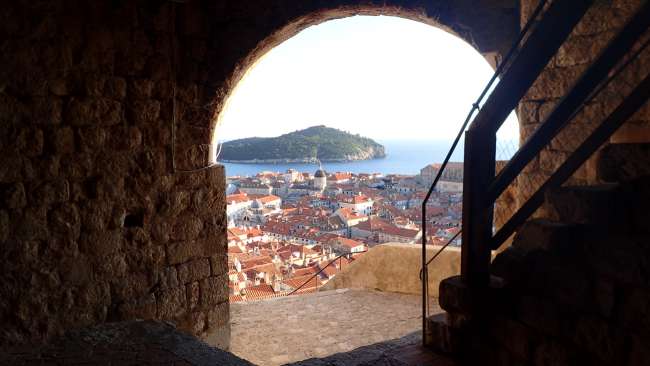
Reisrapporten Krooasje
